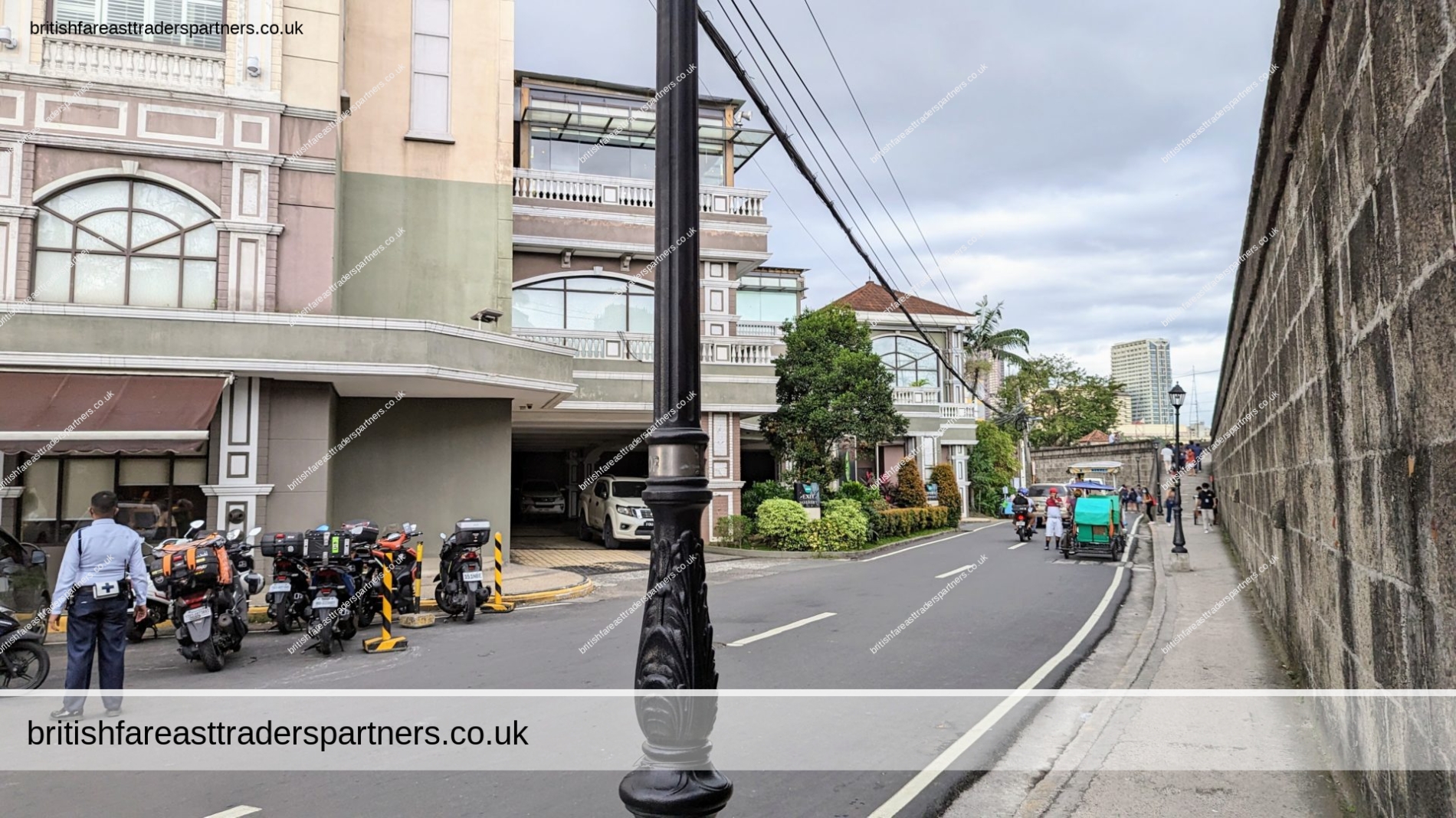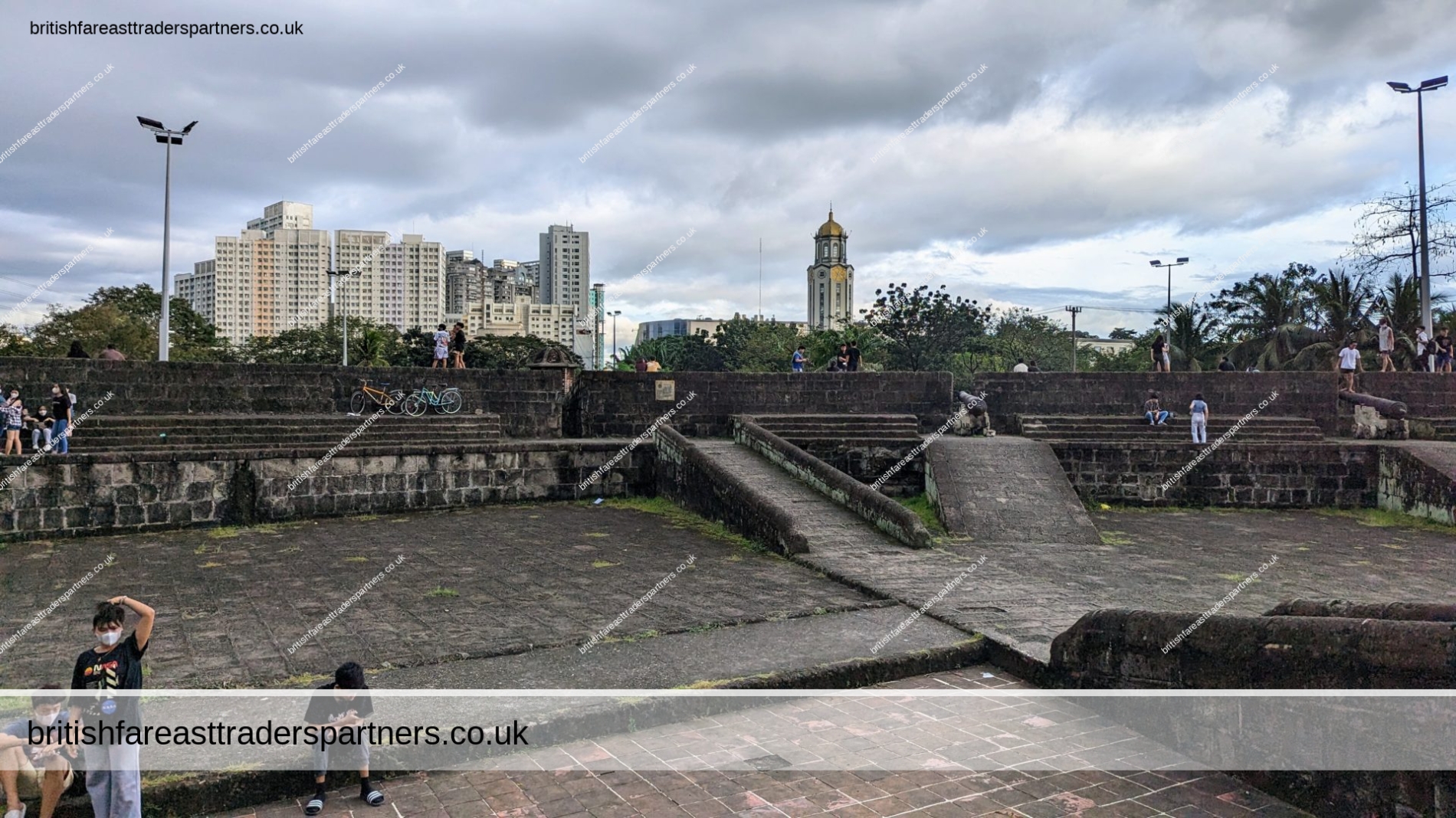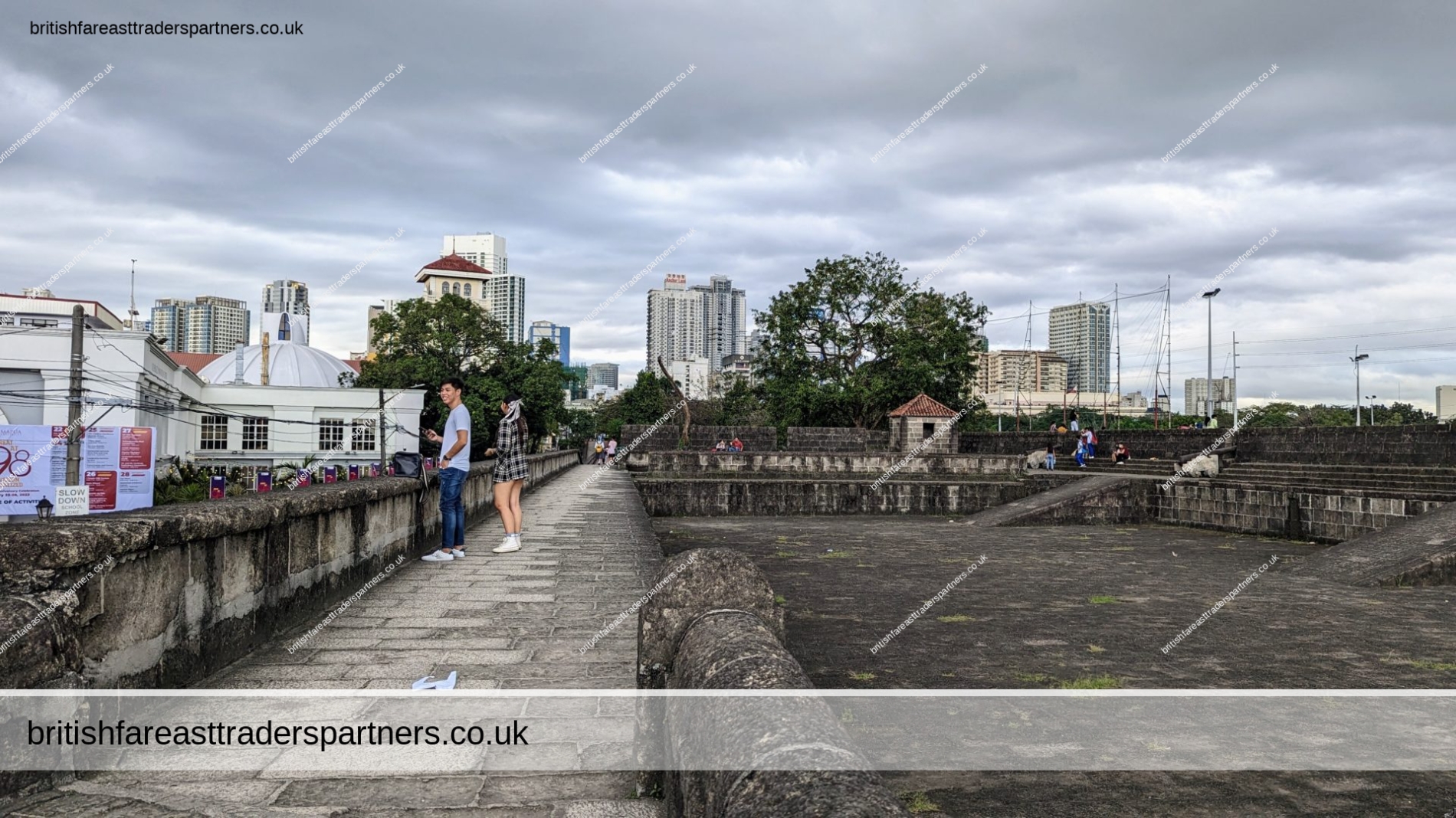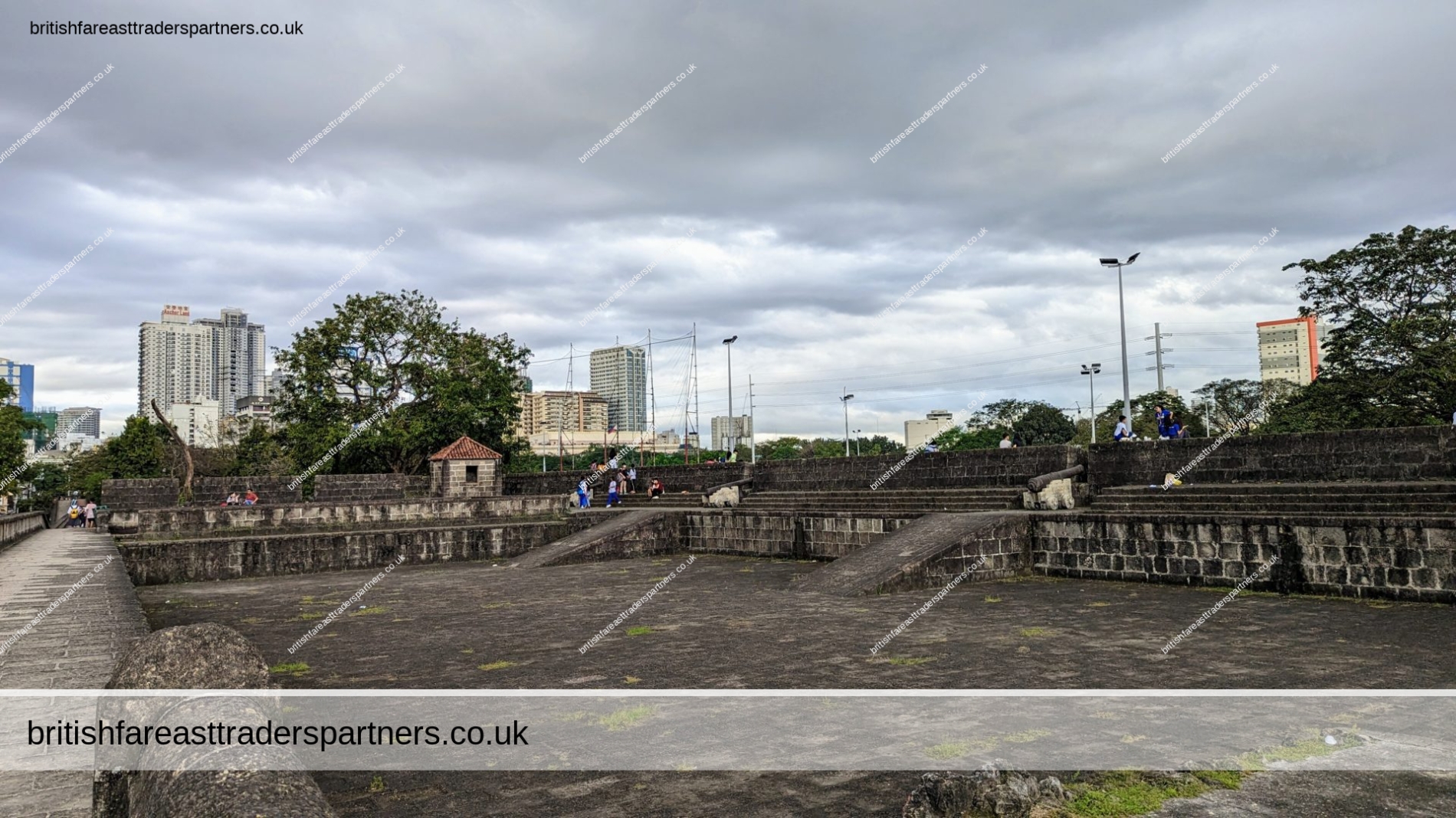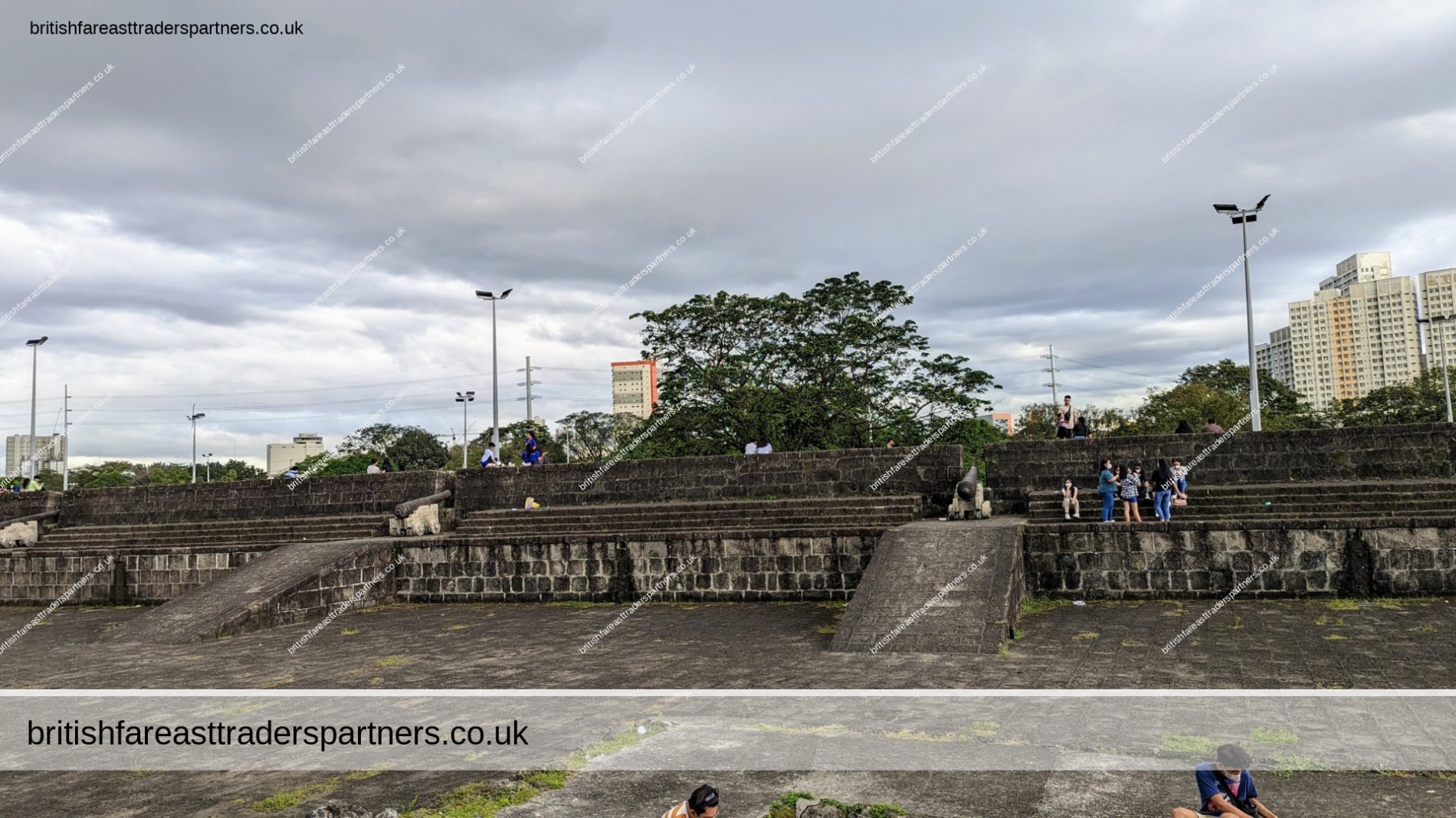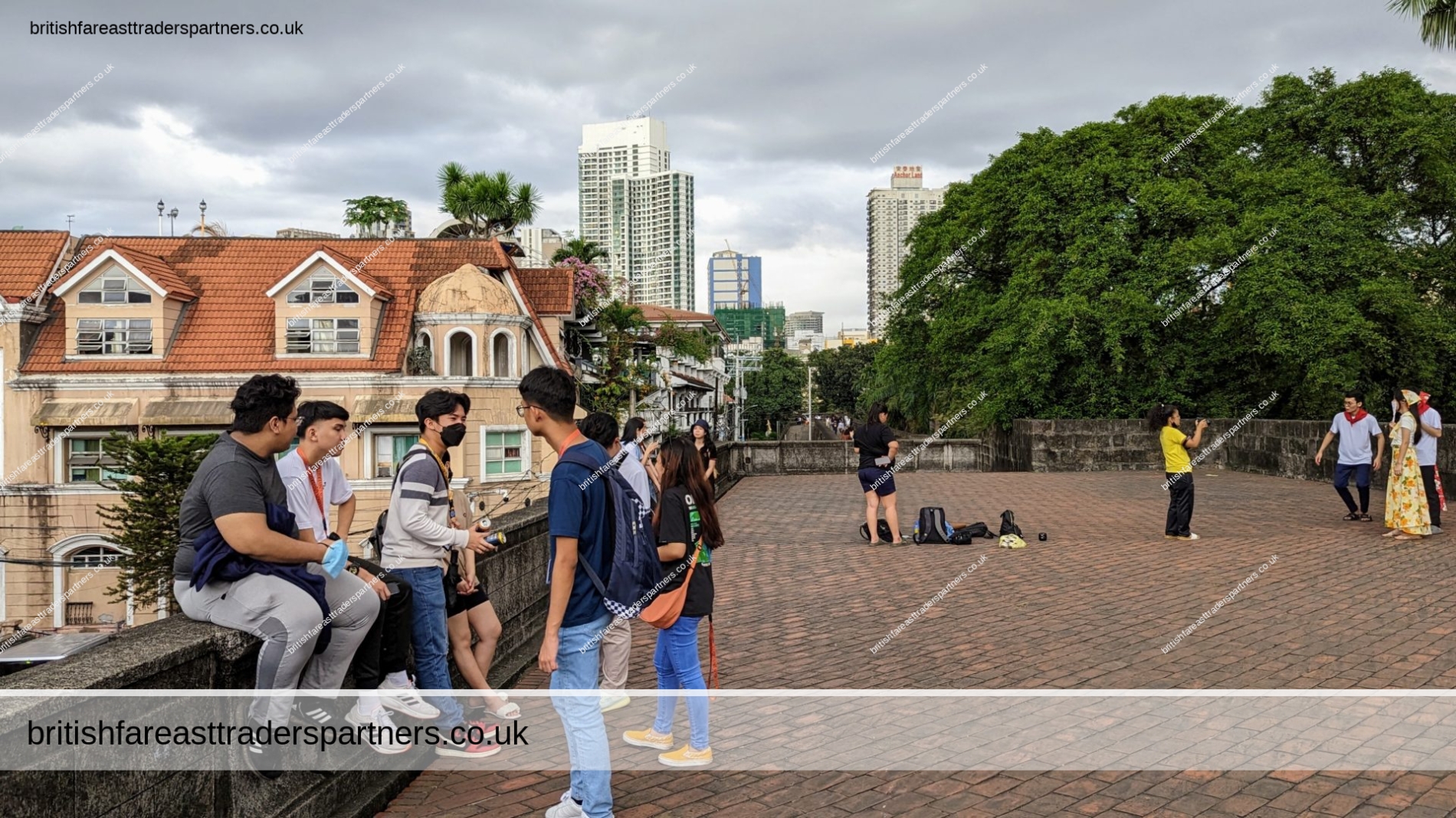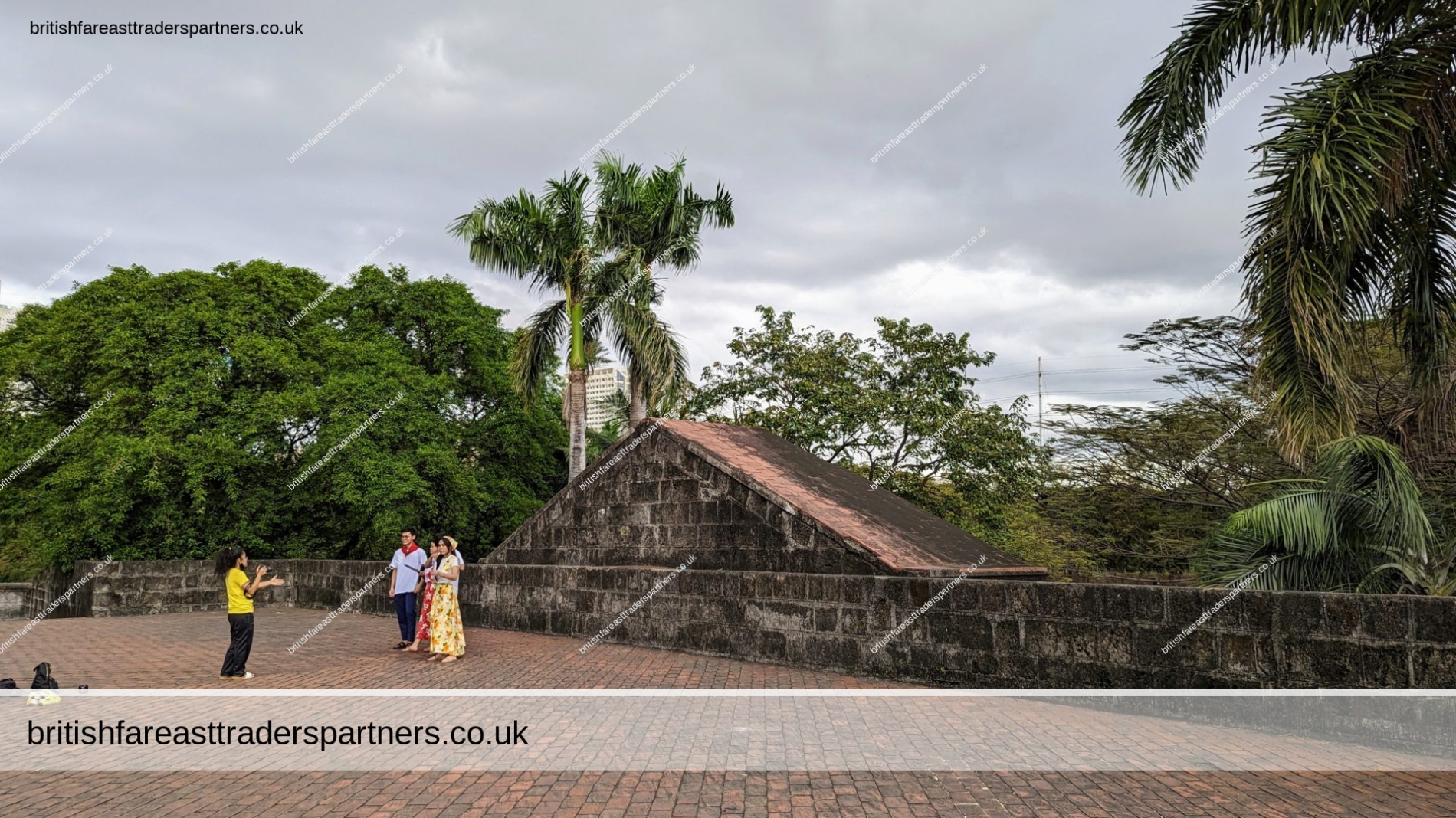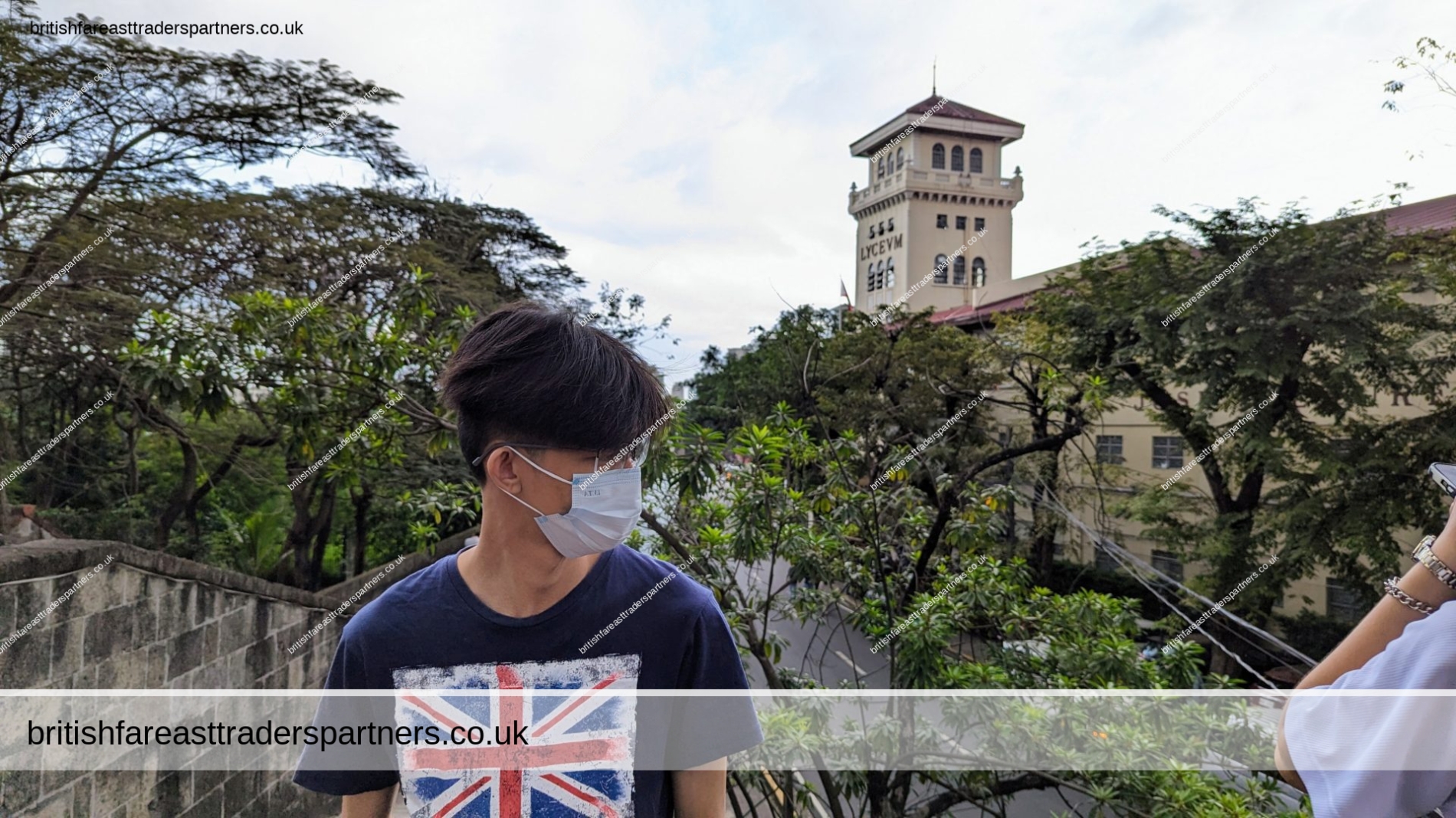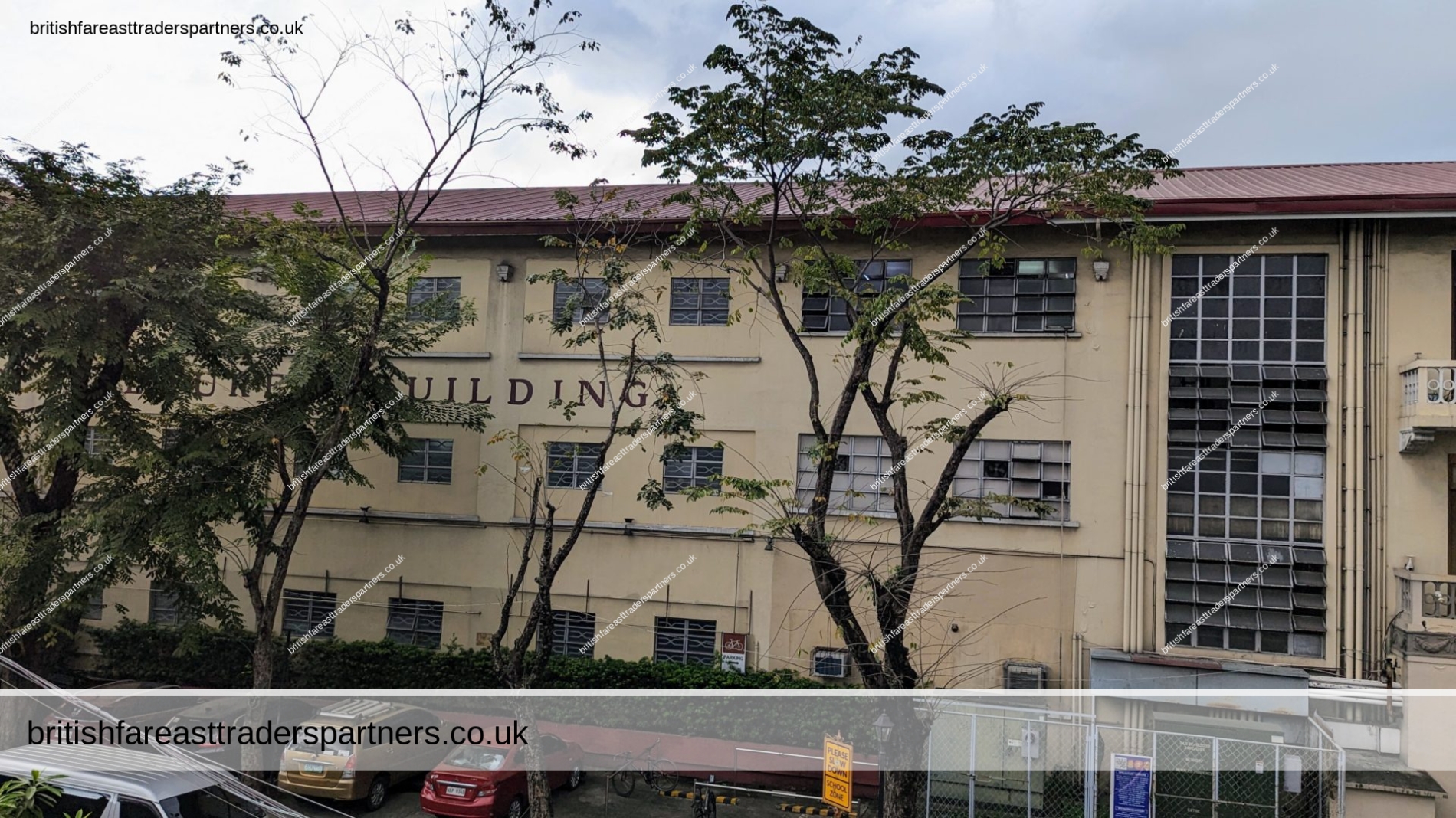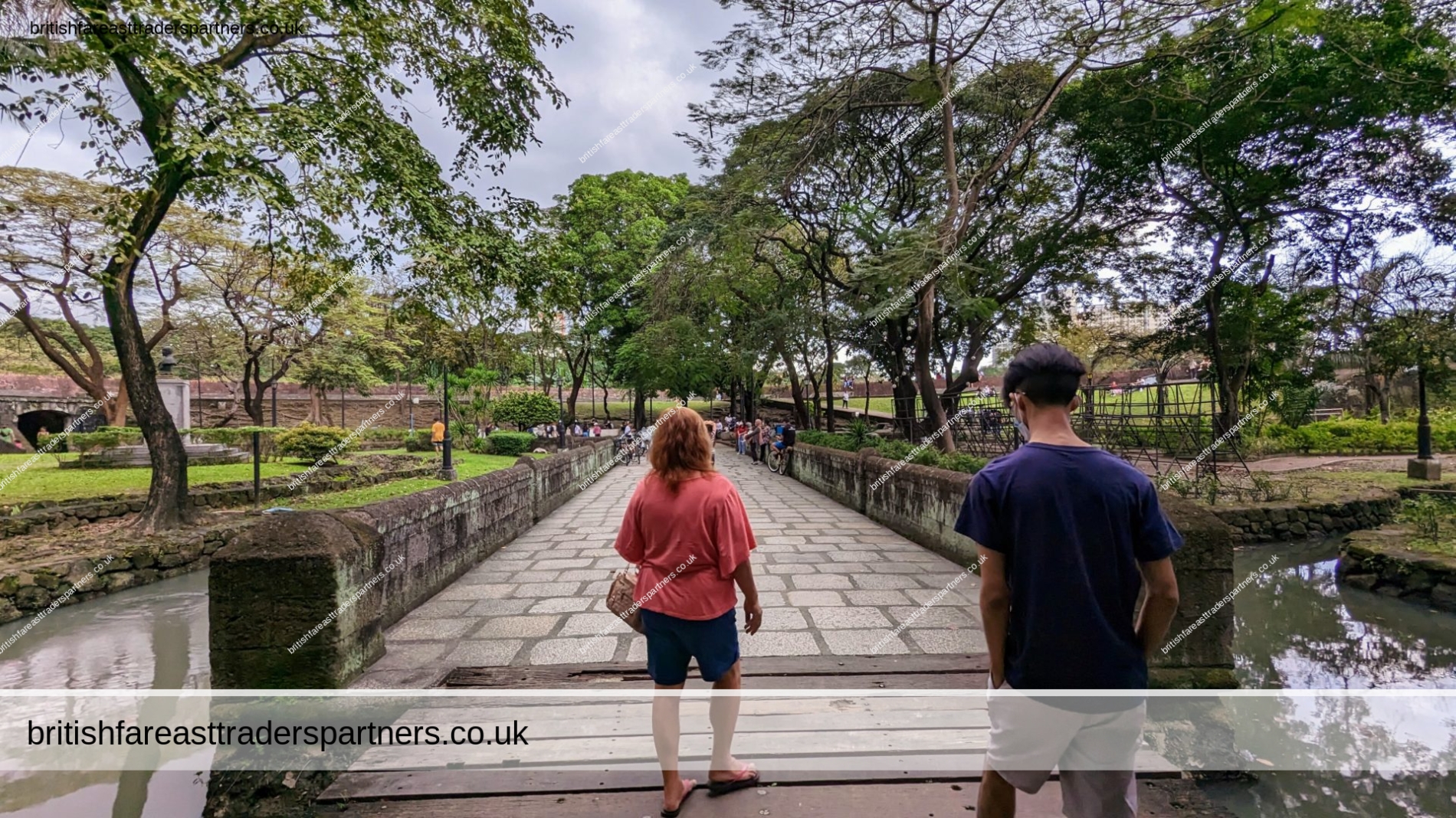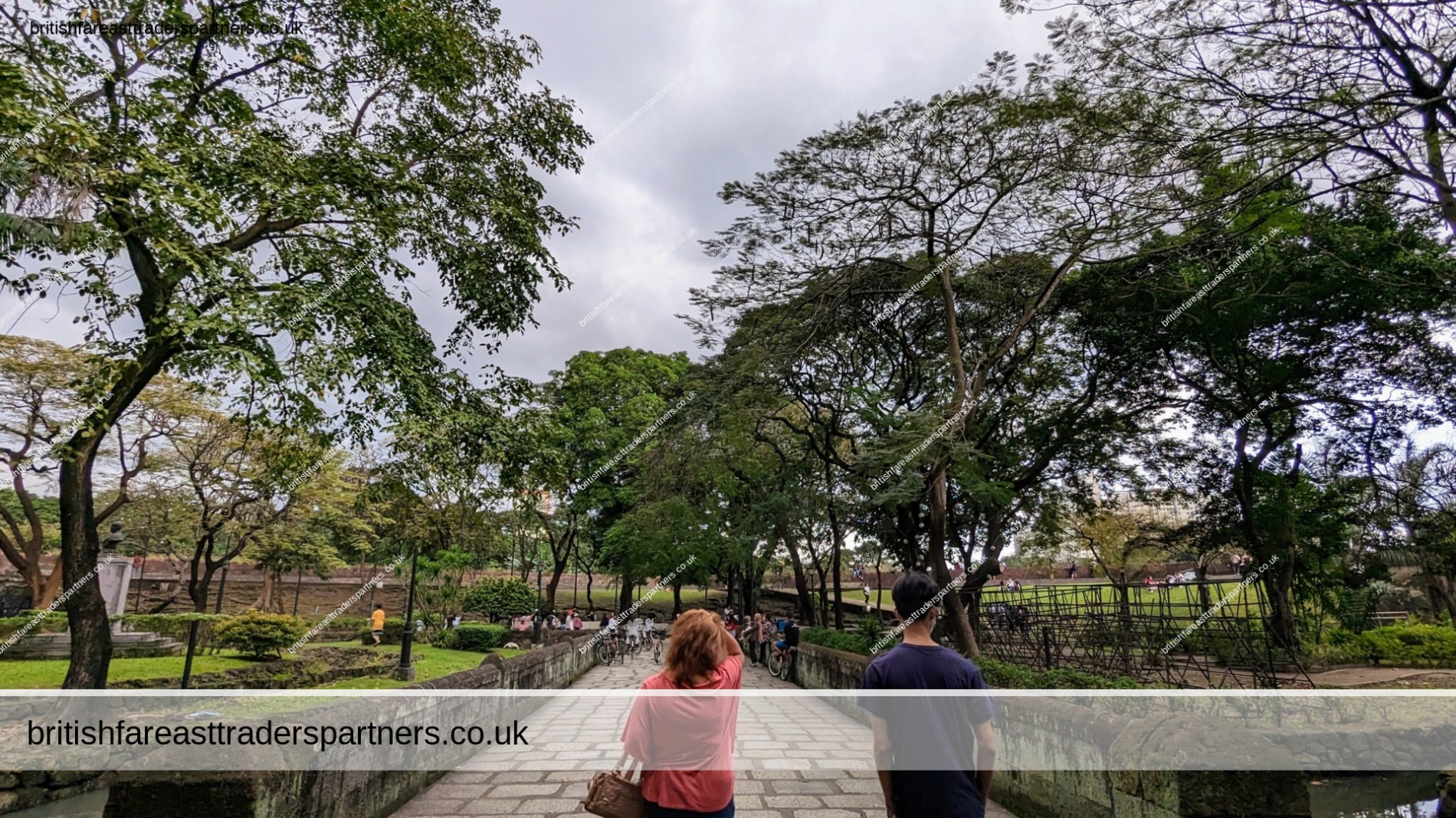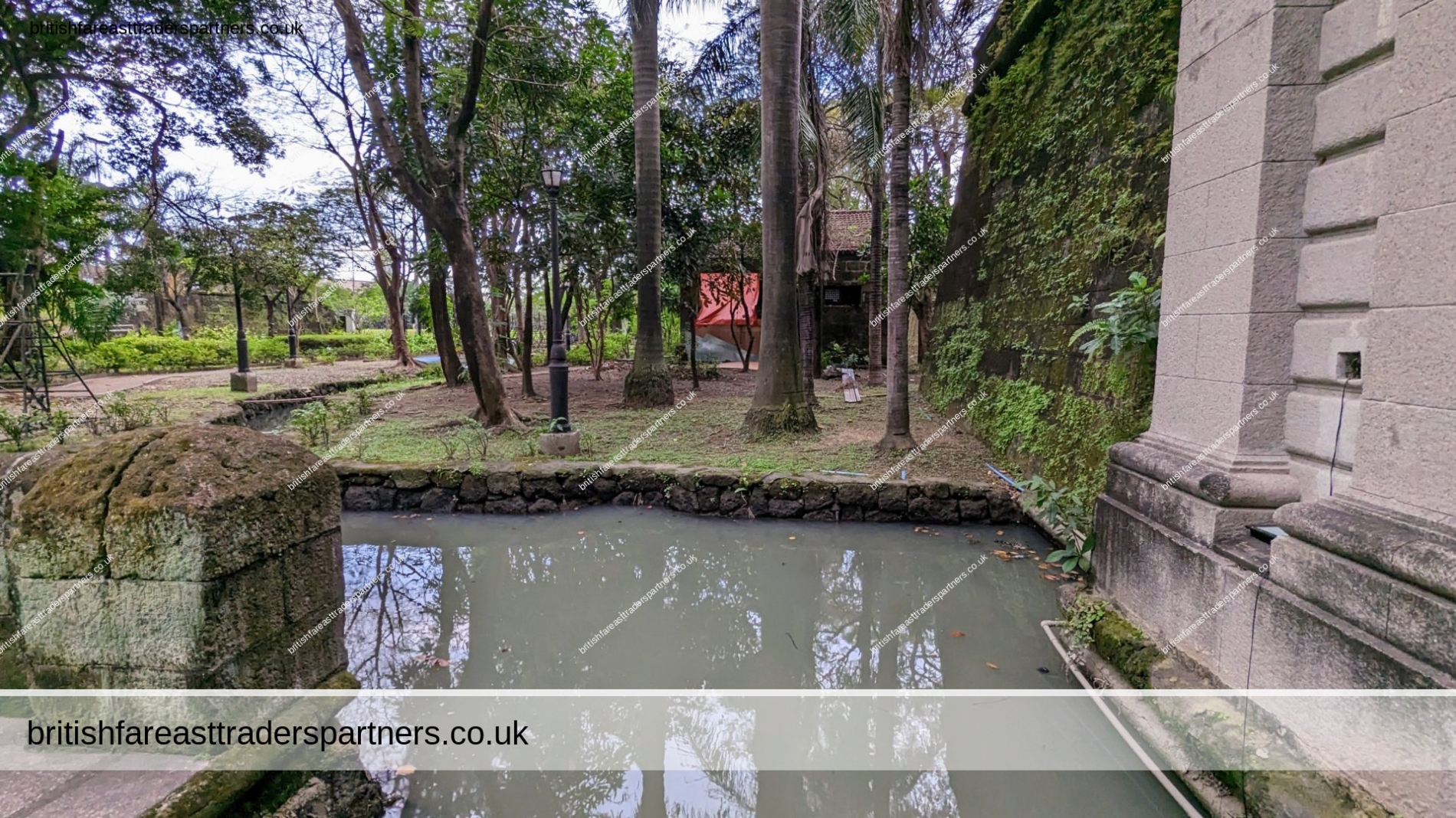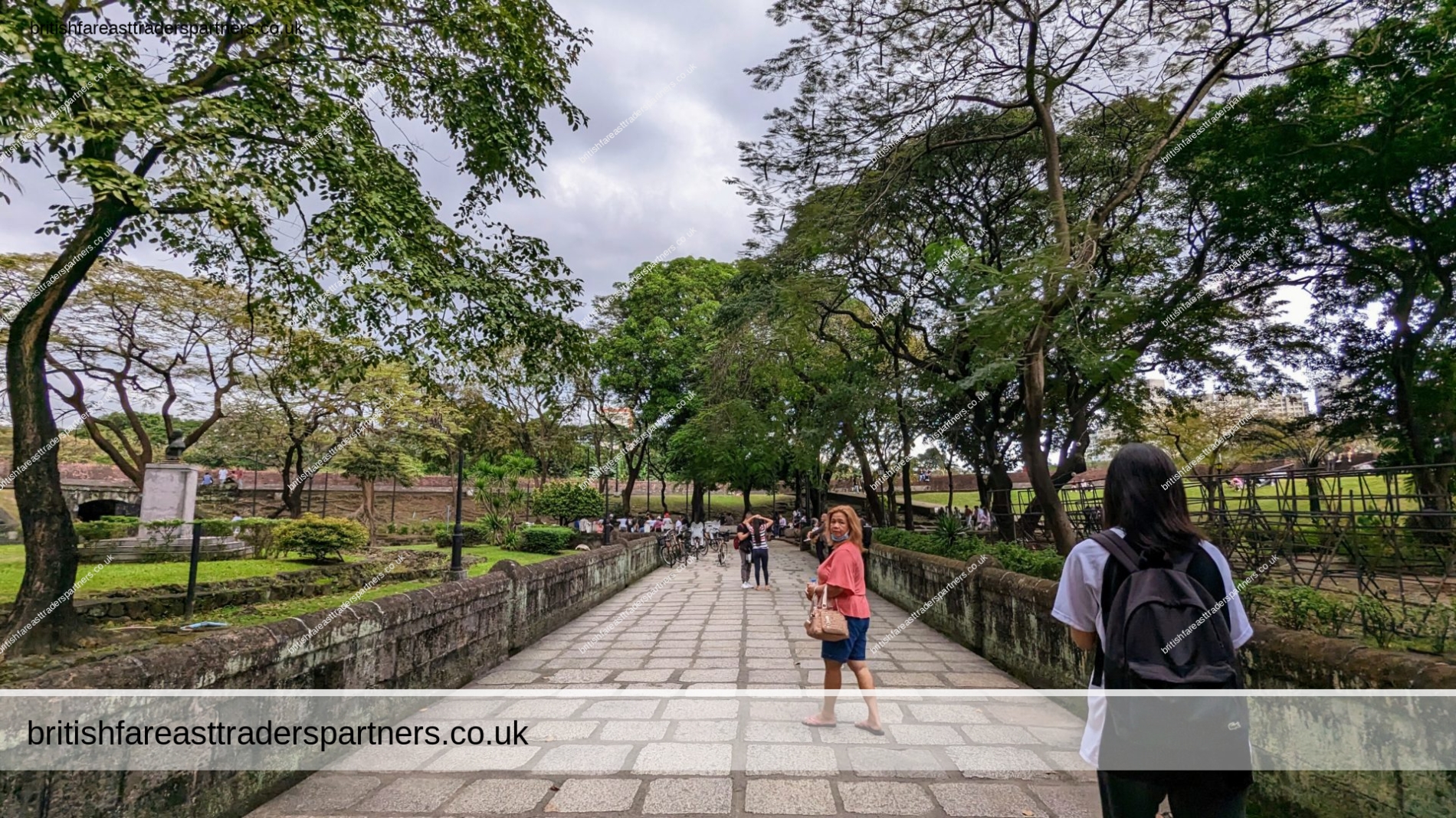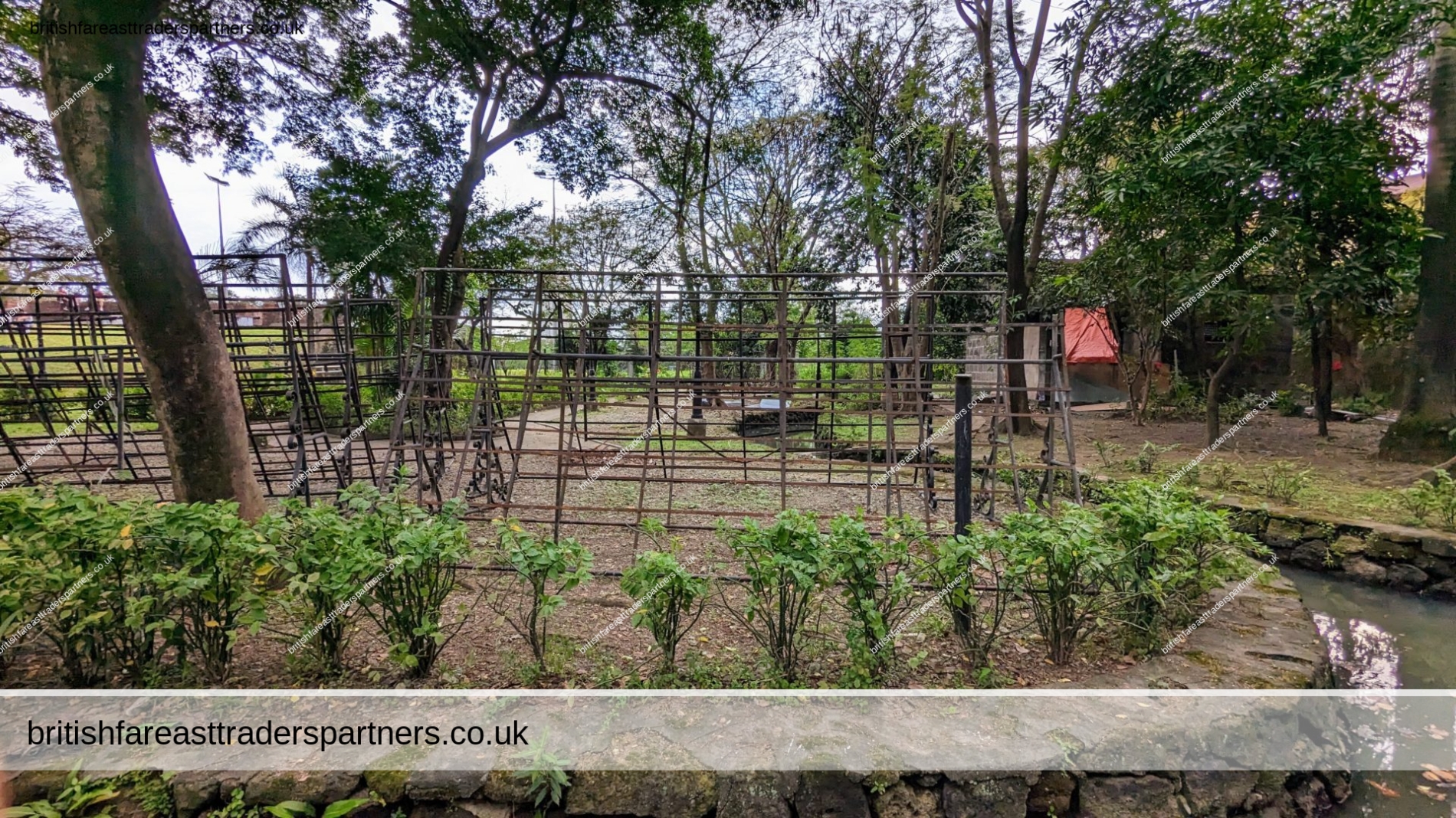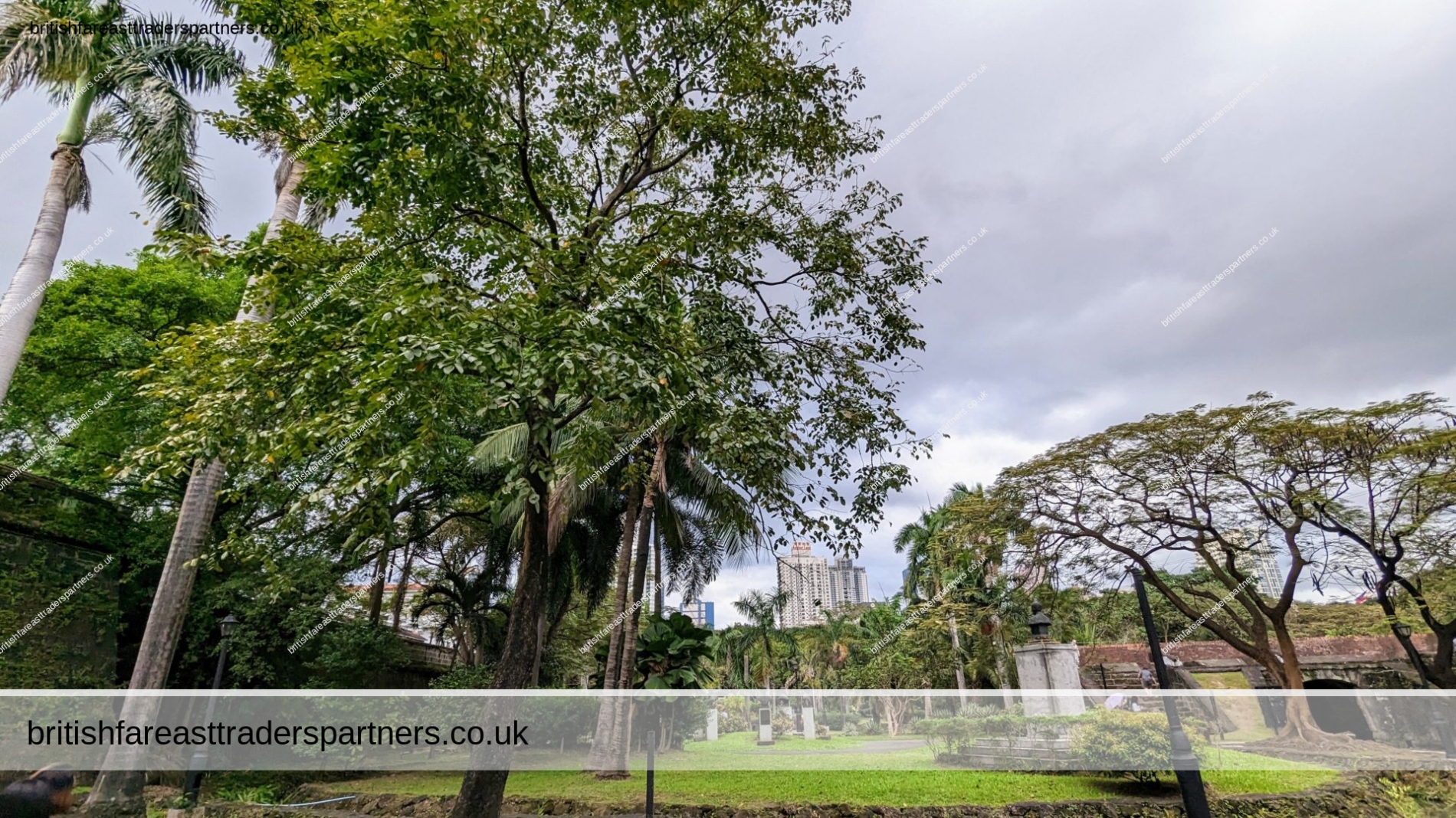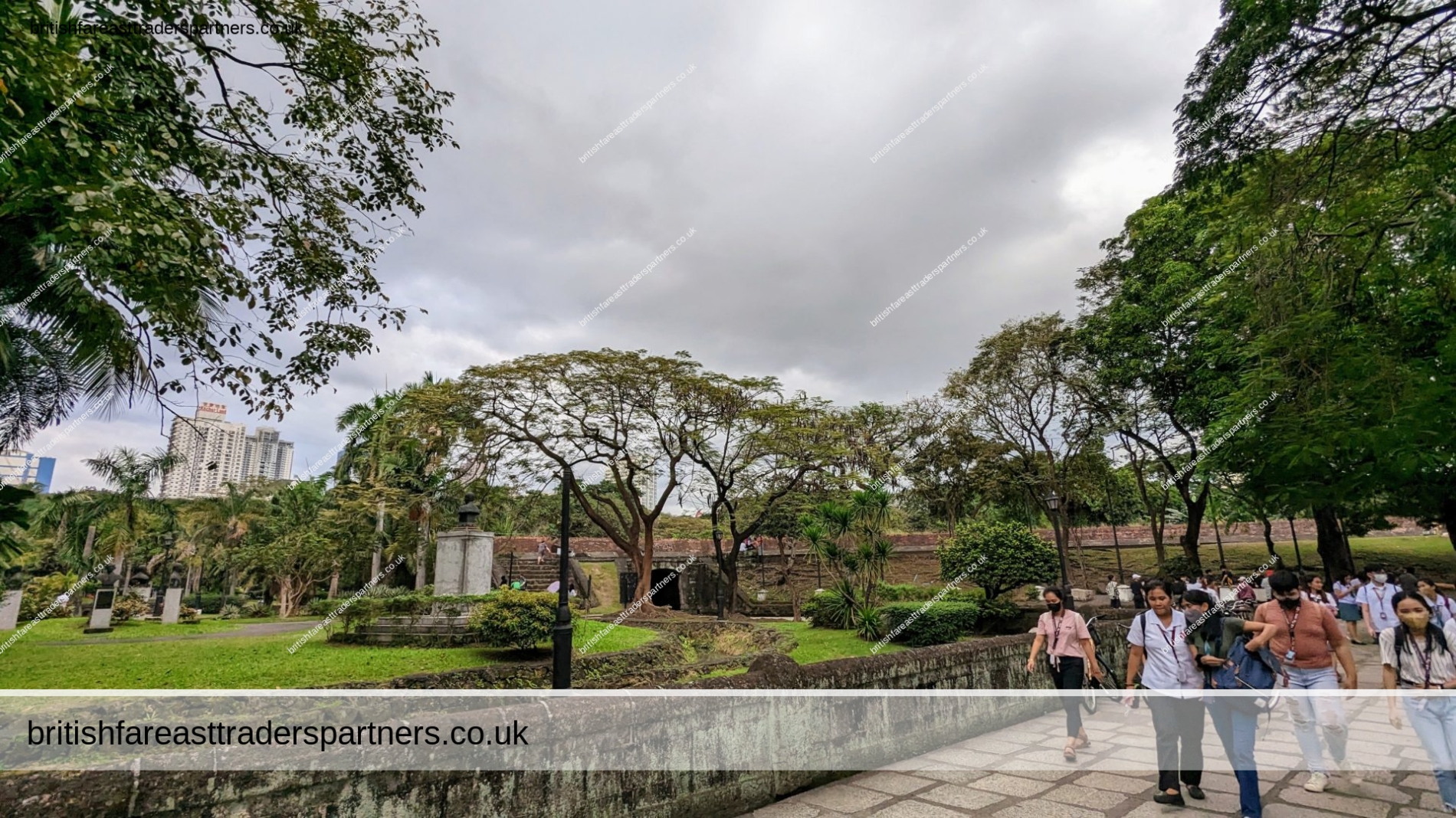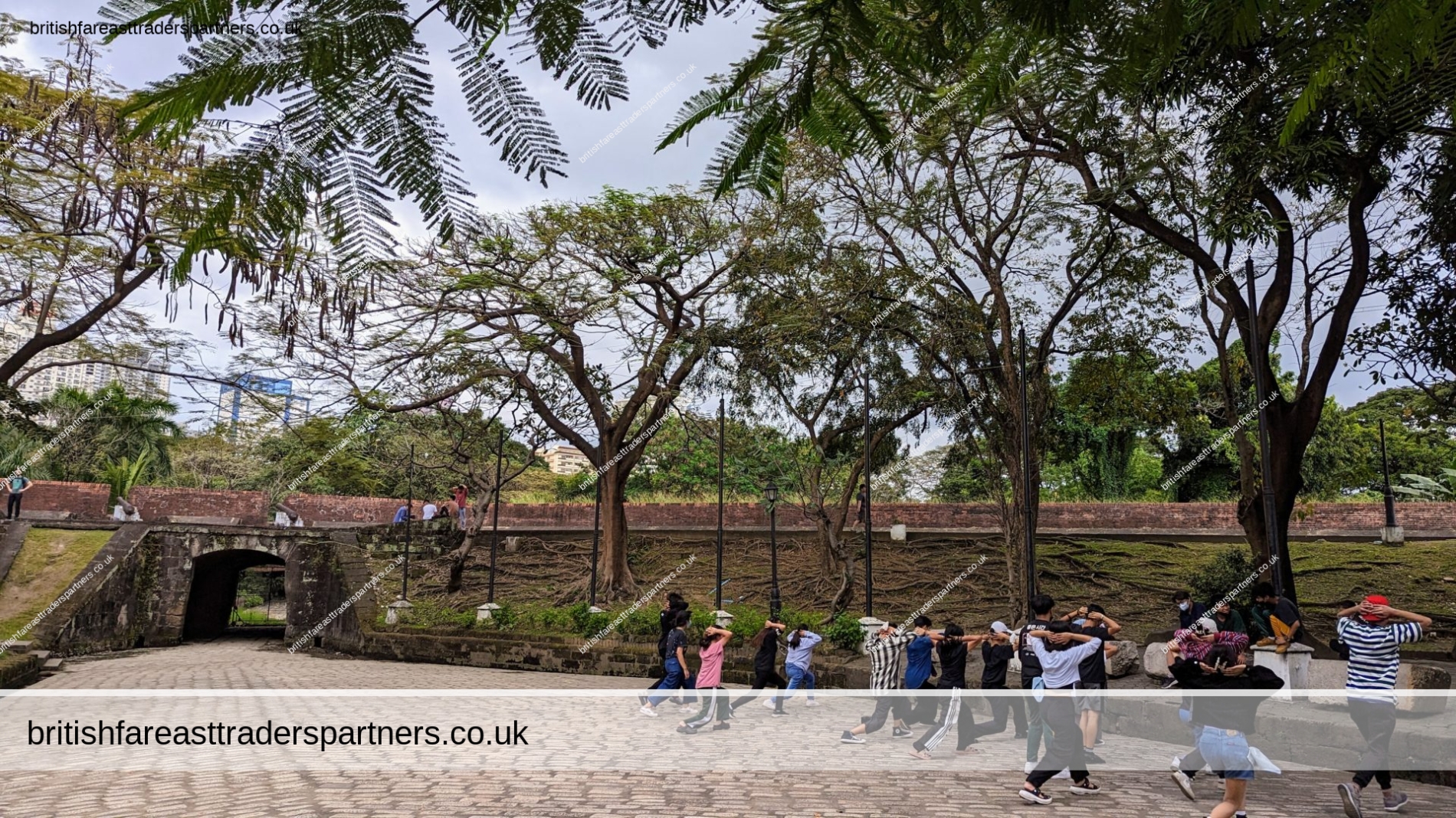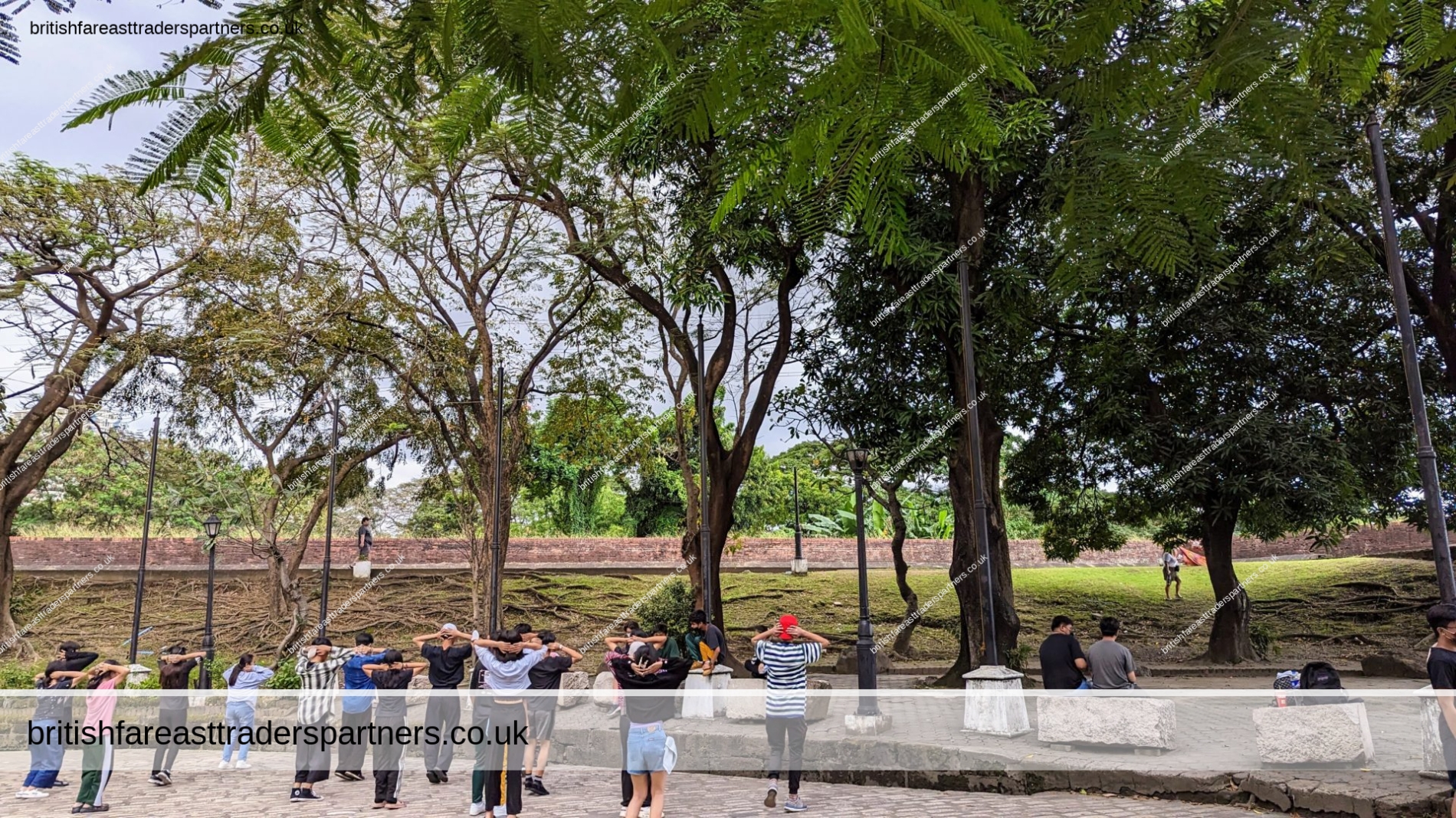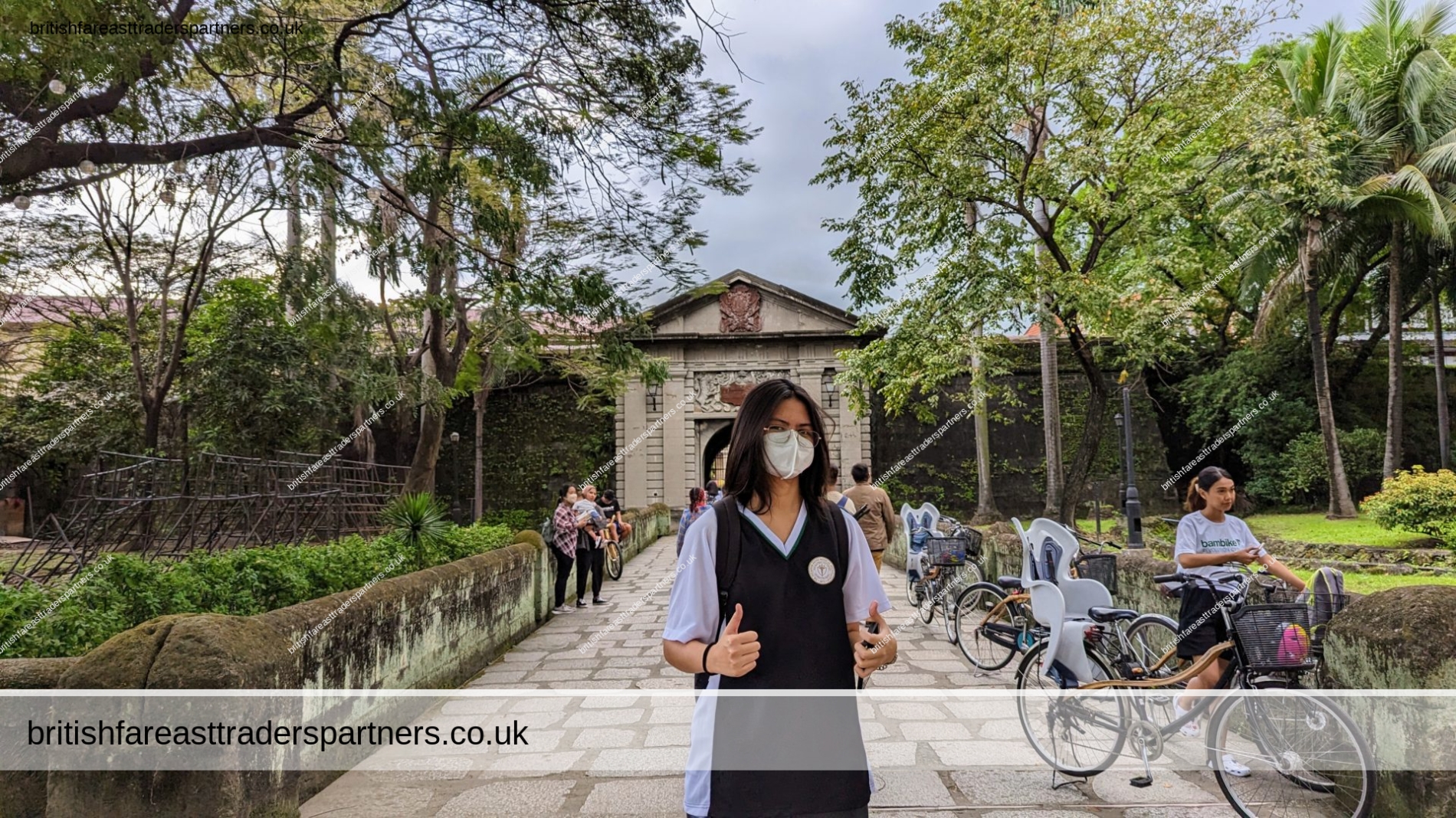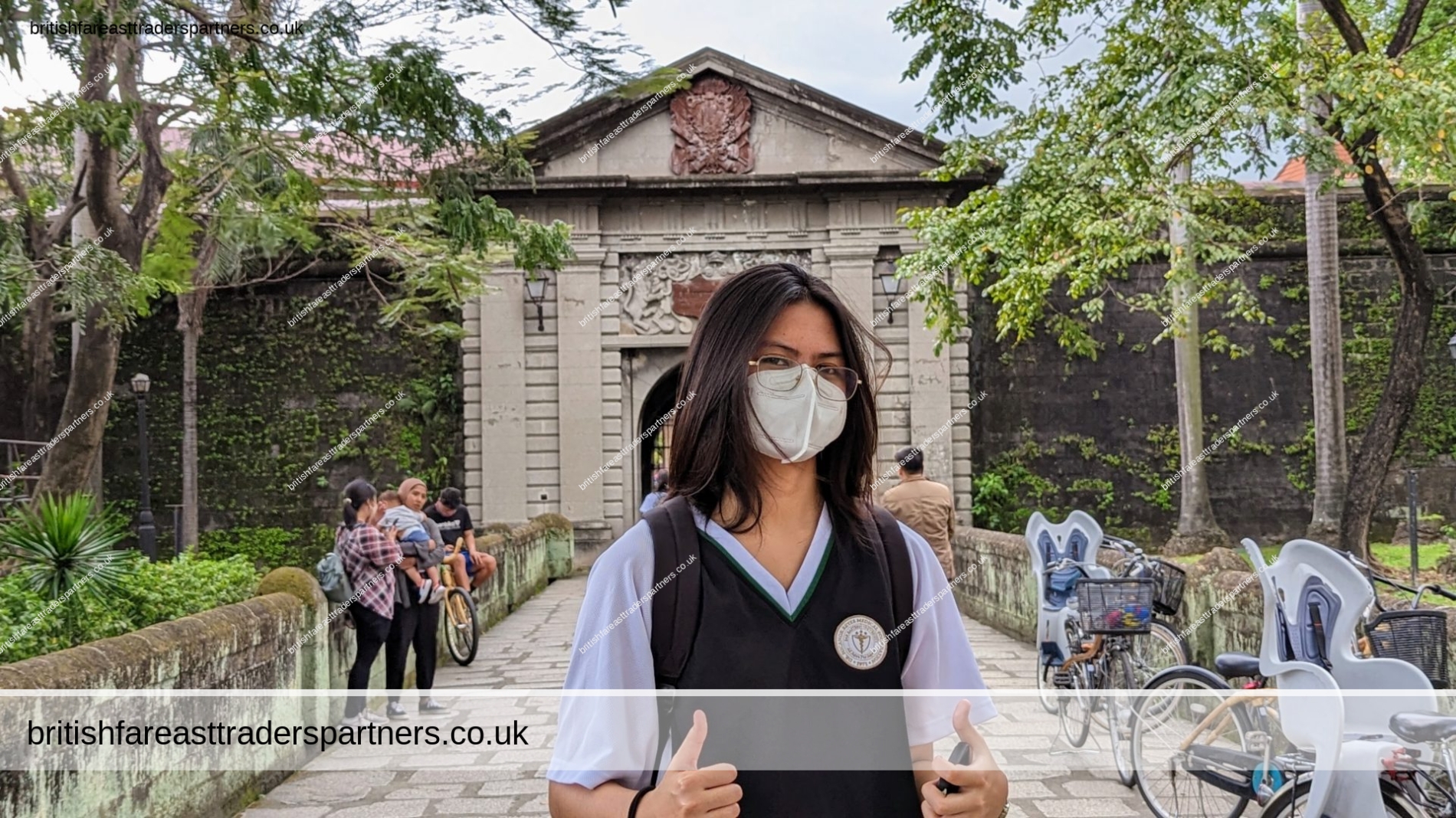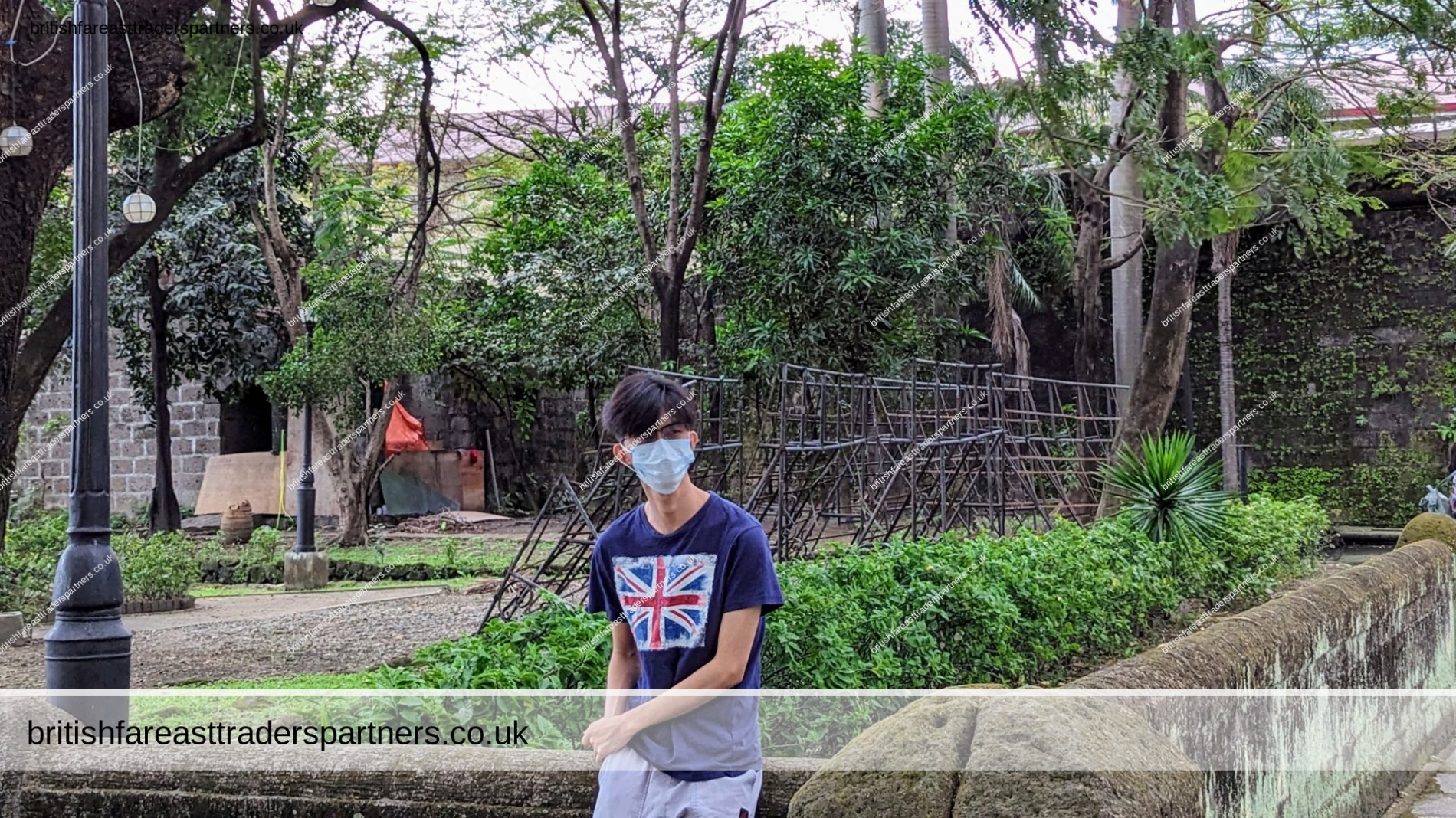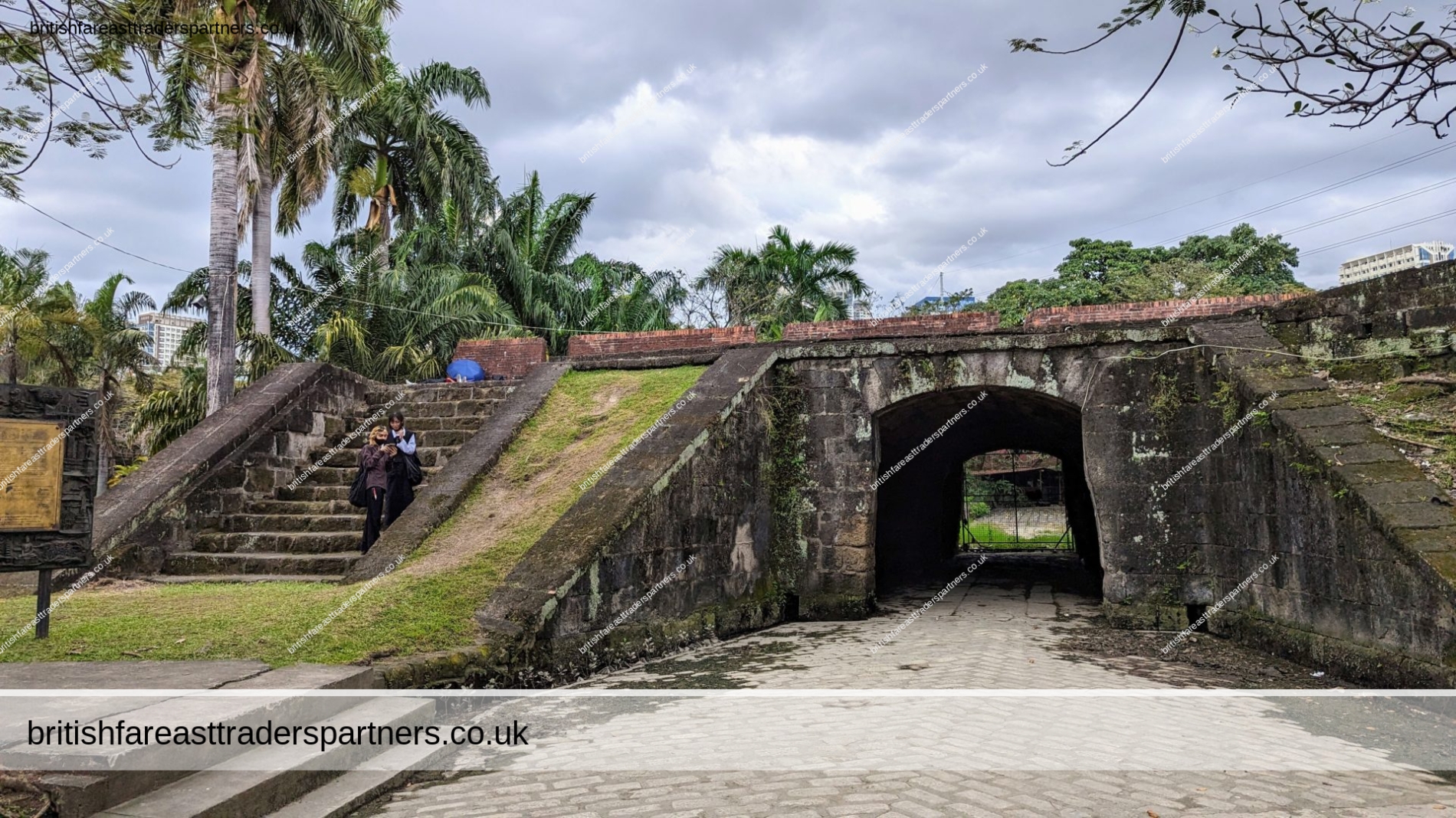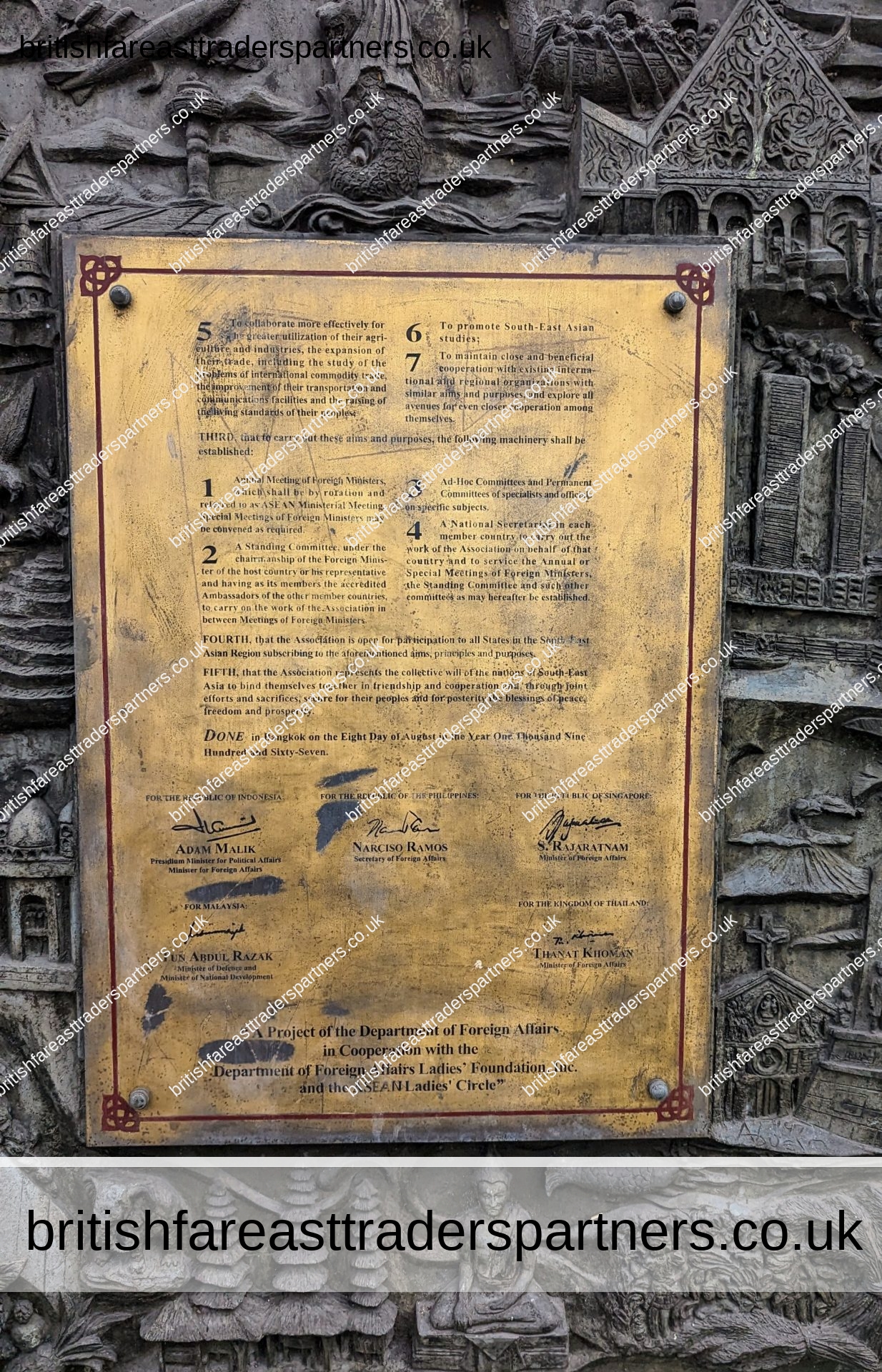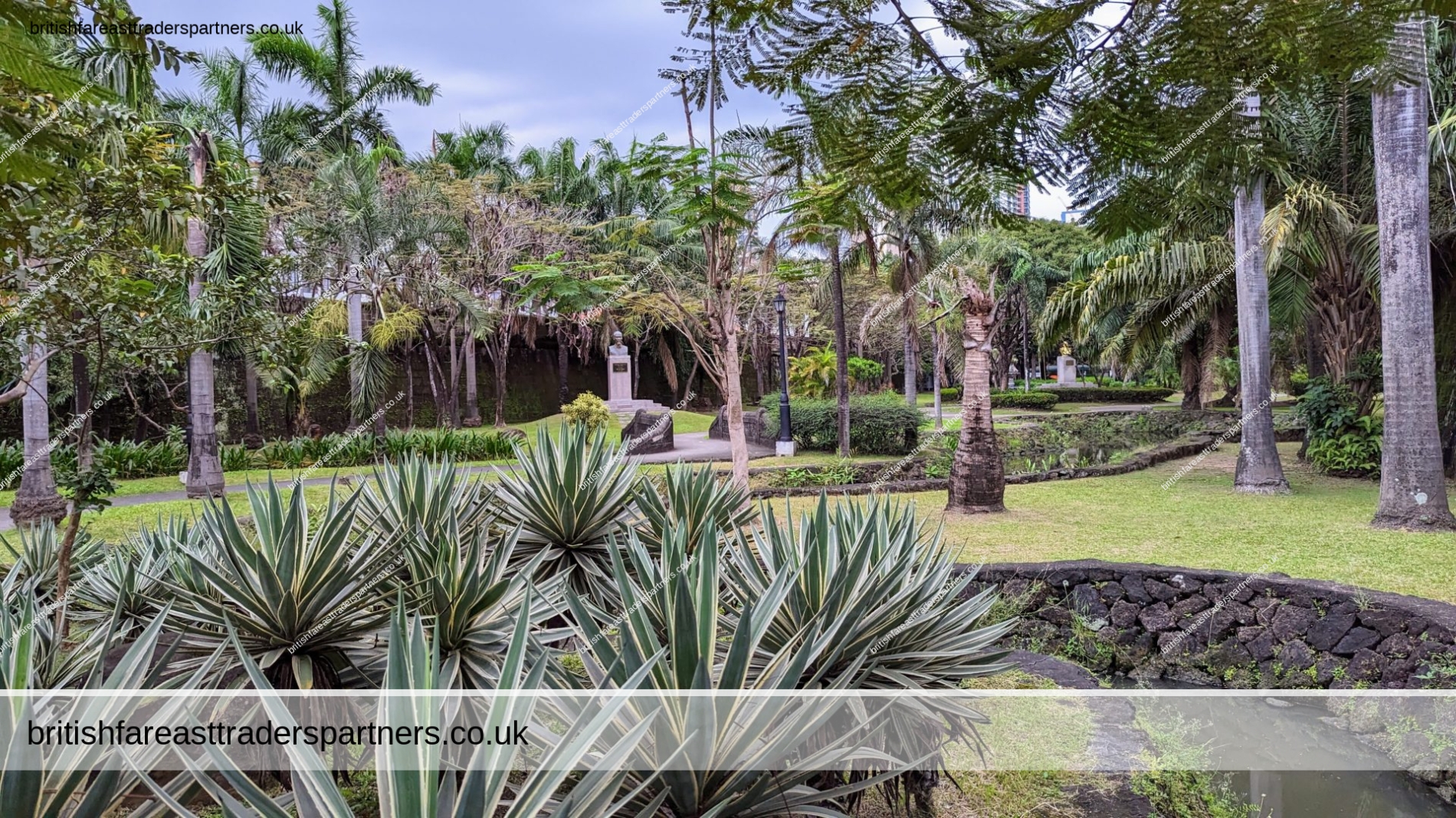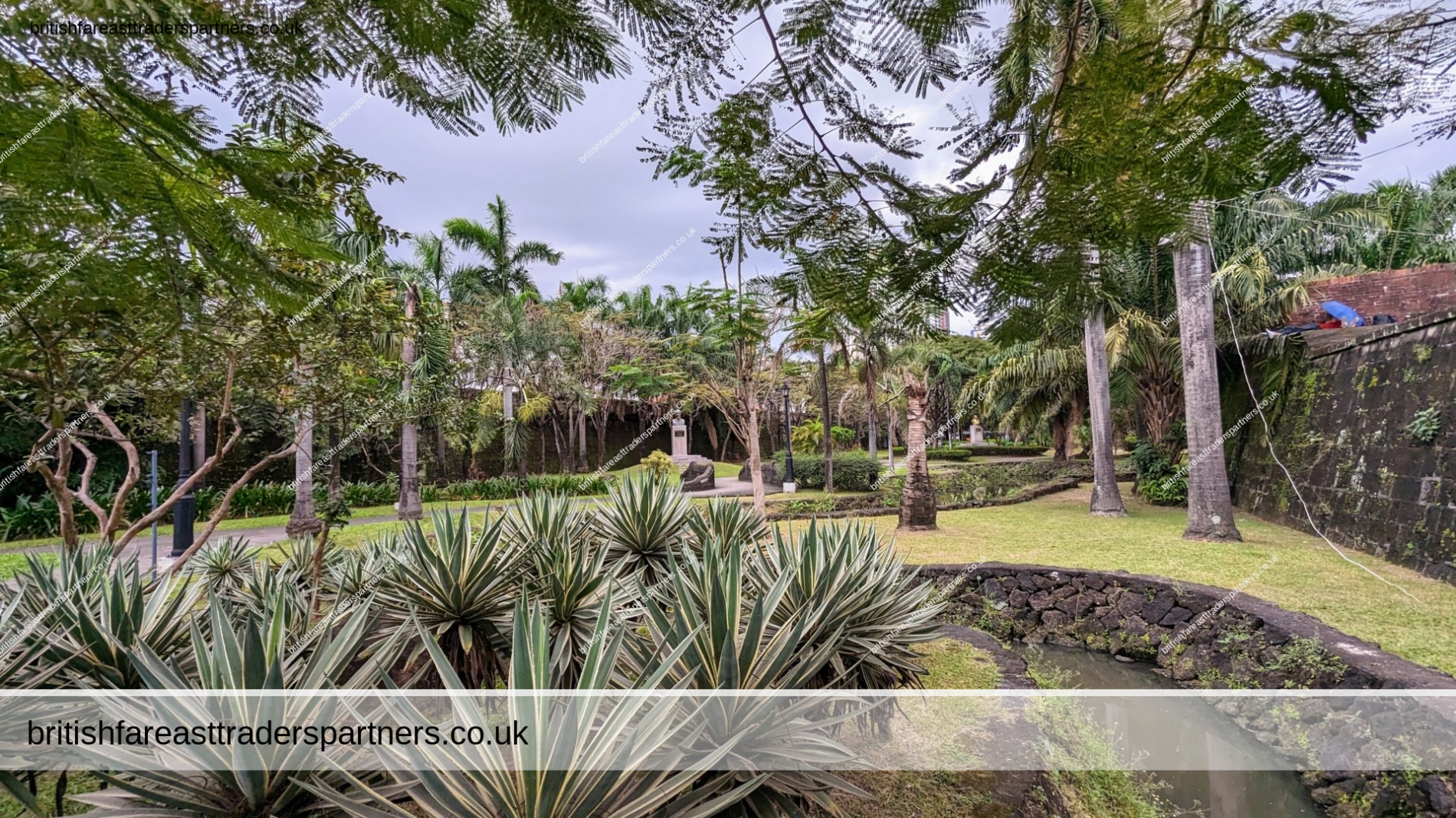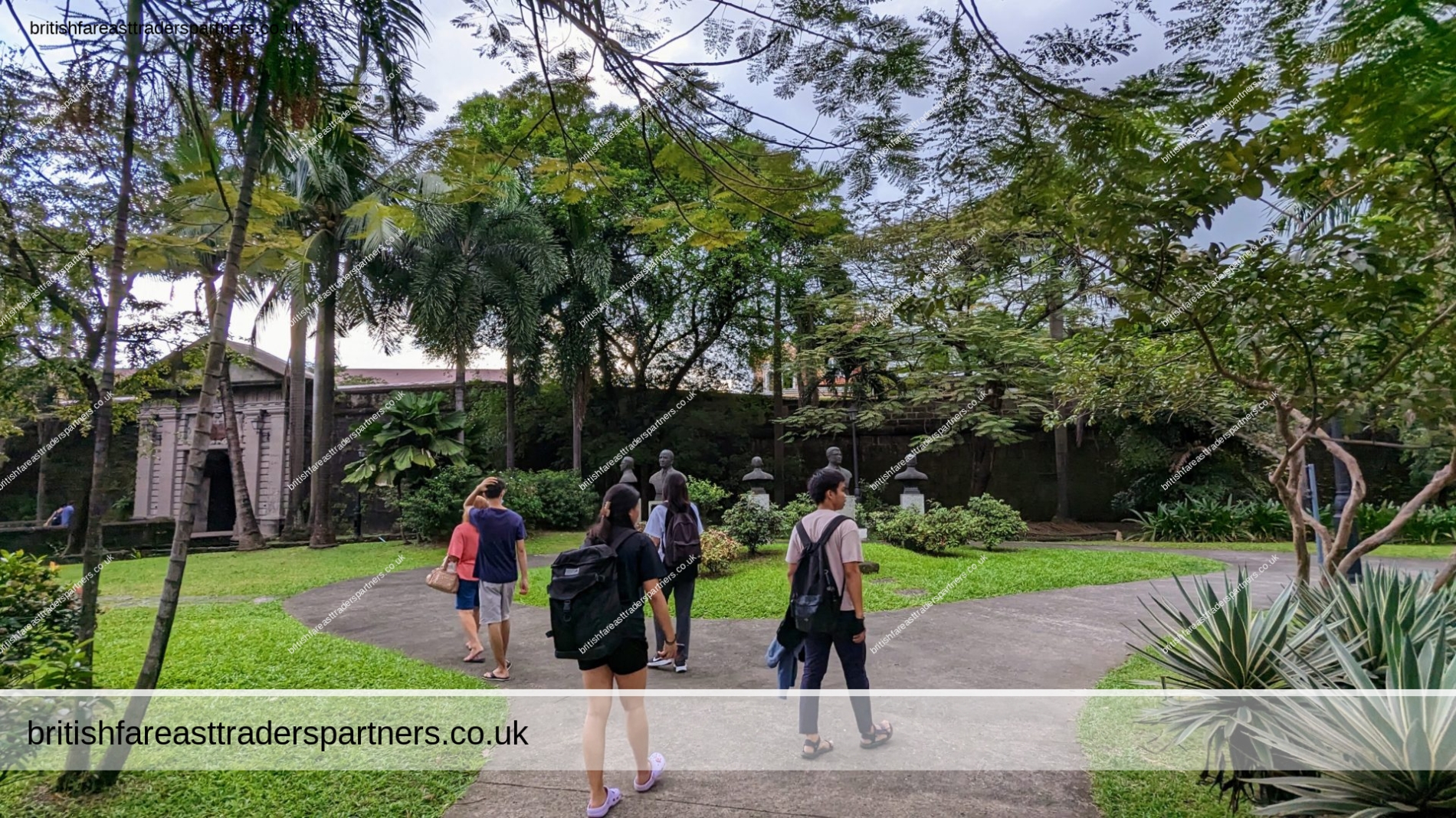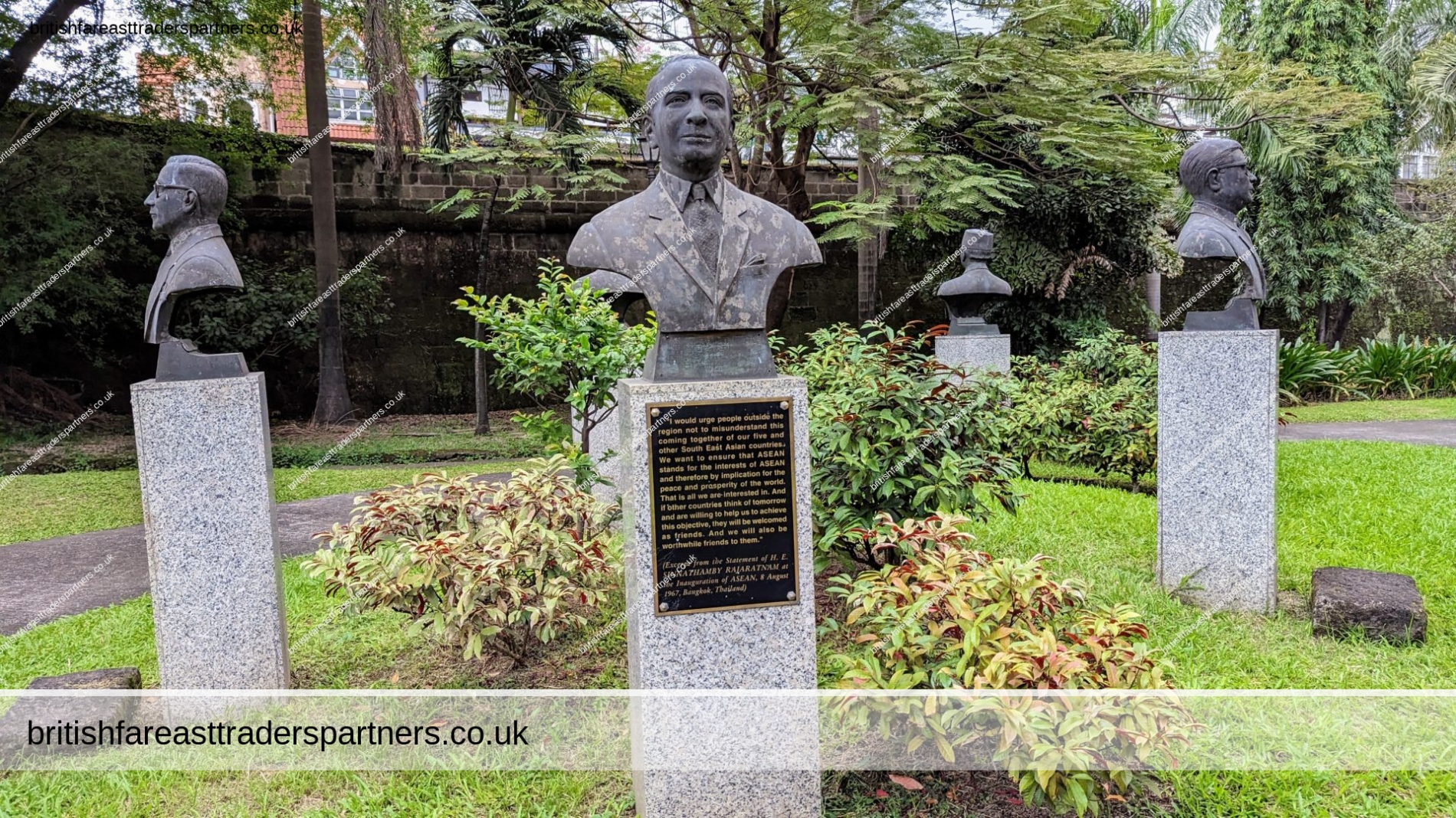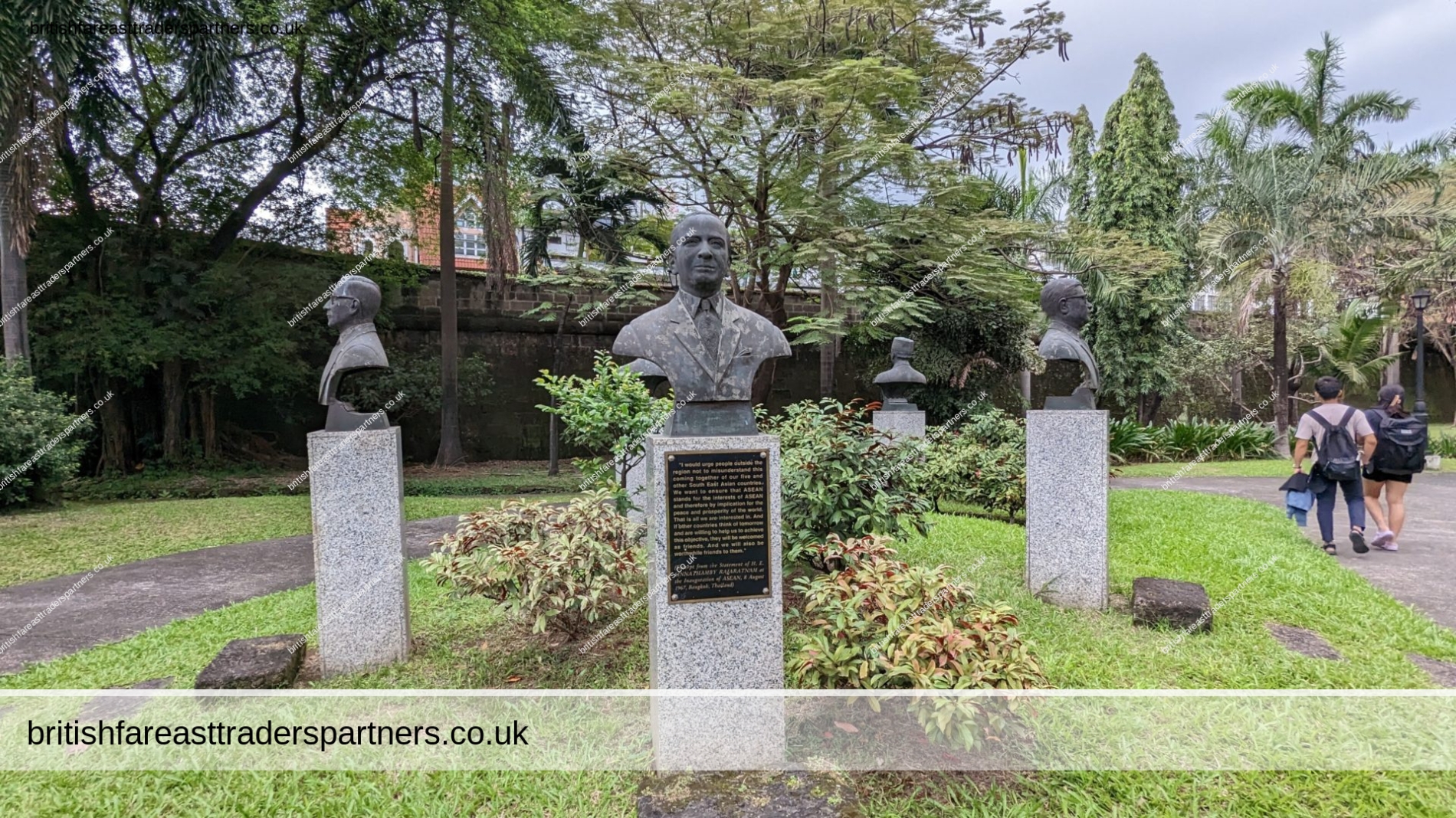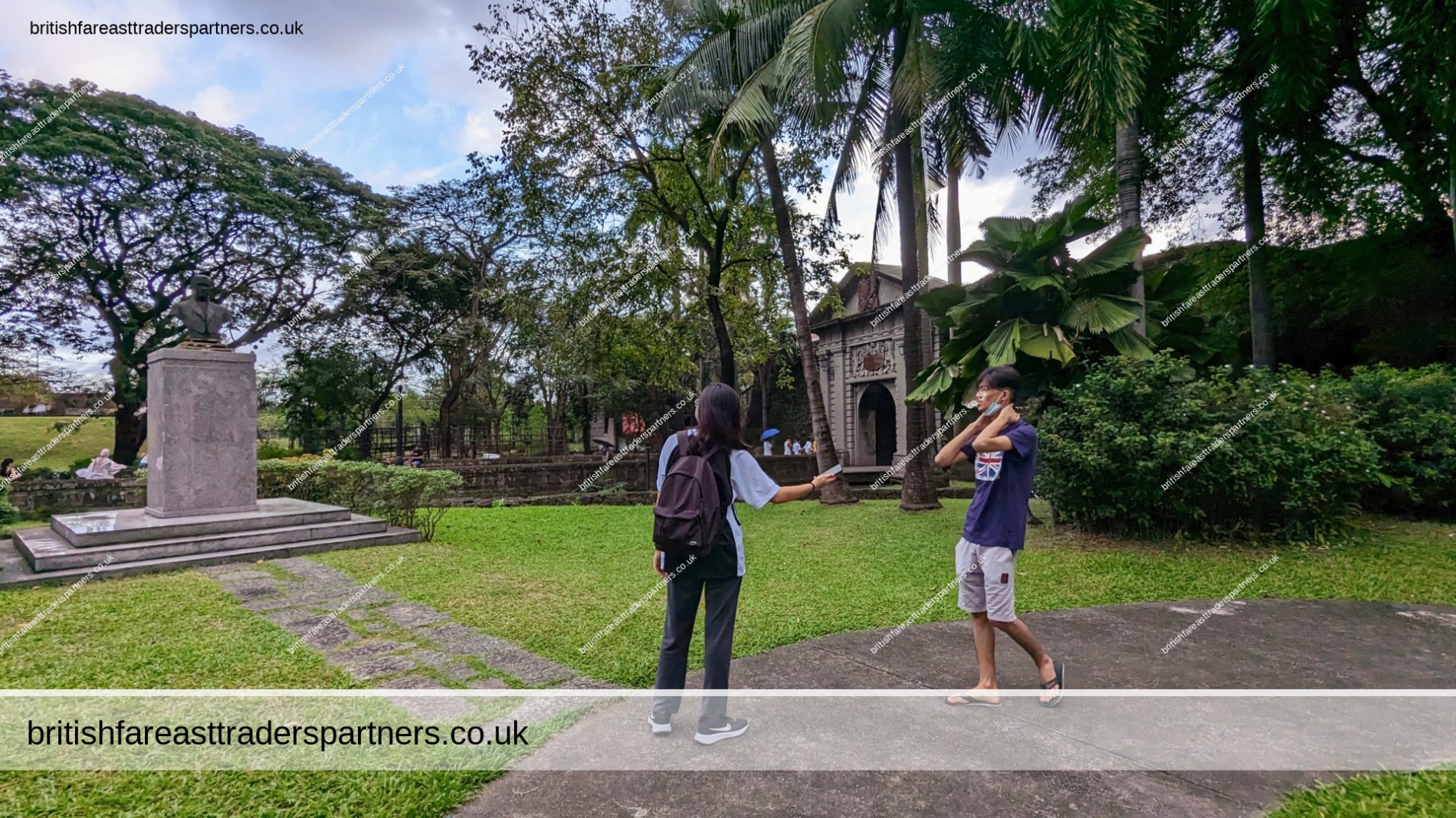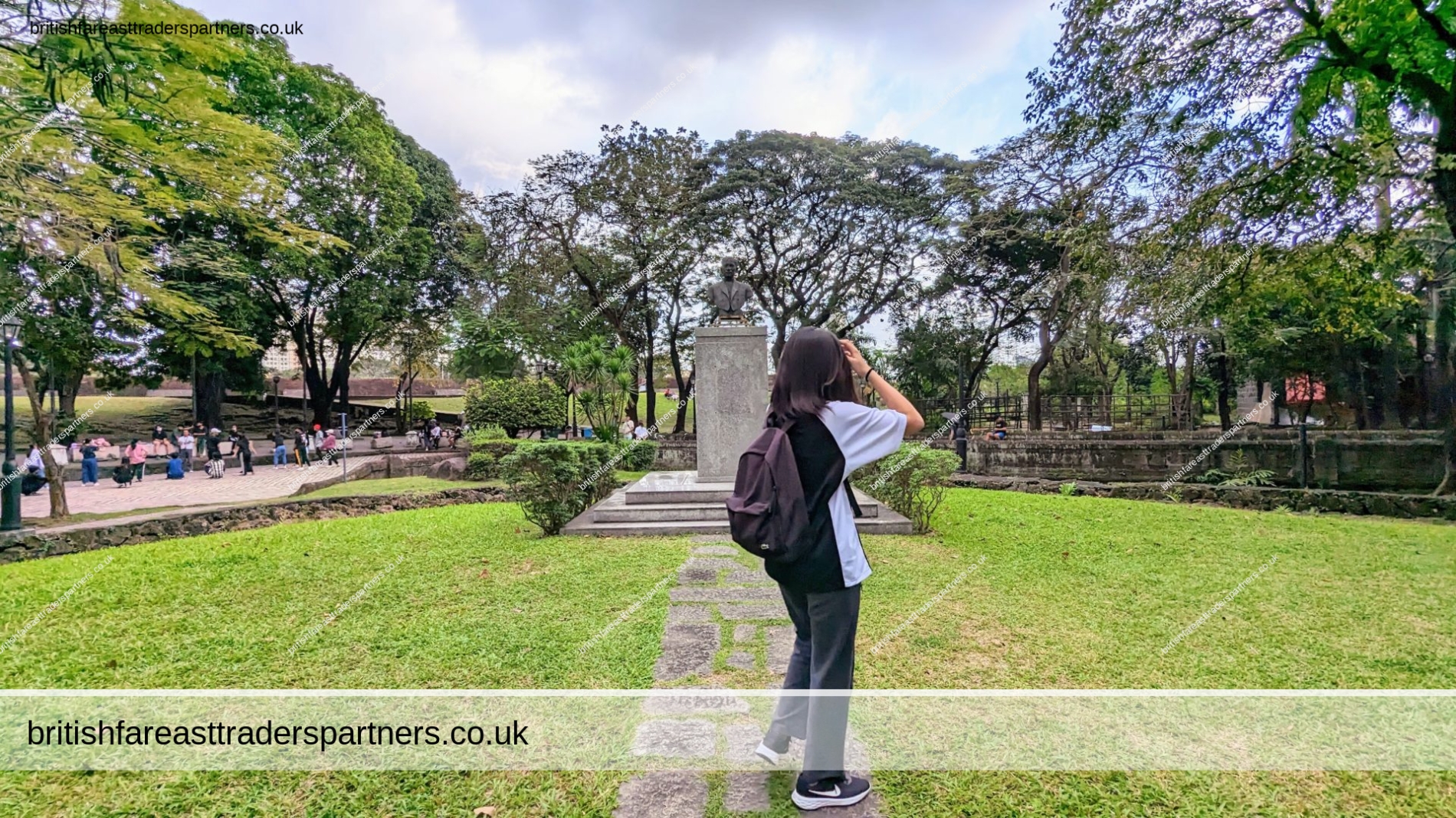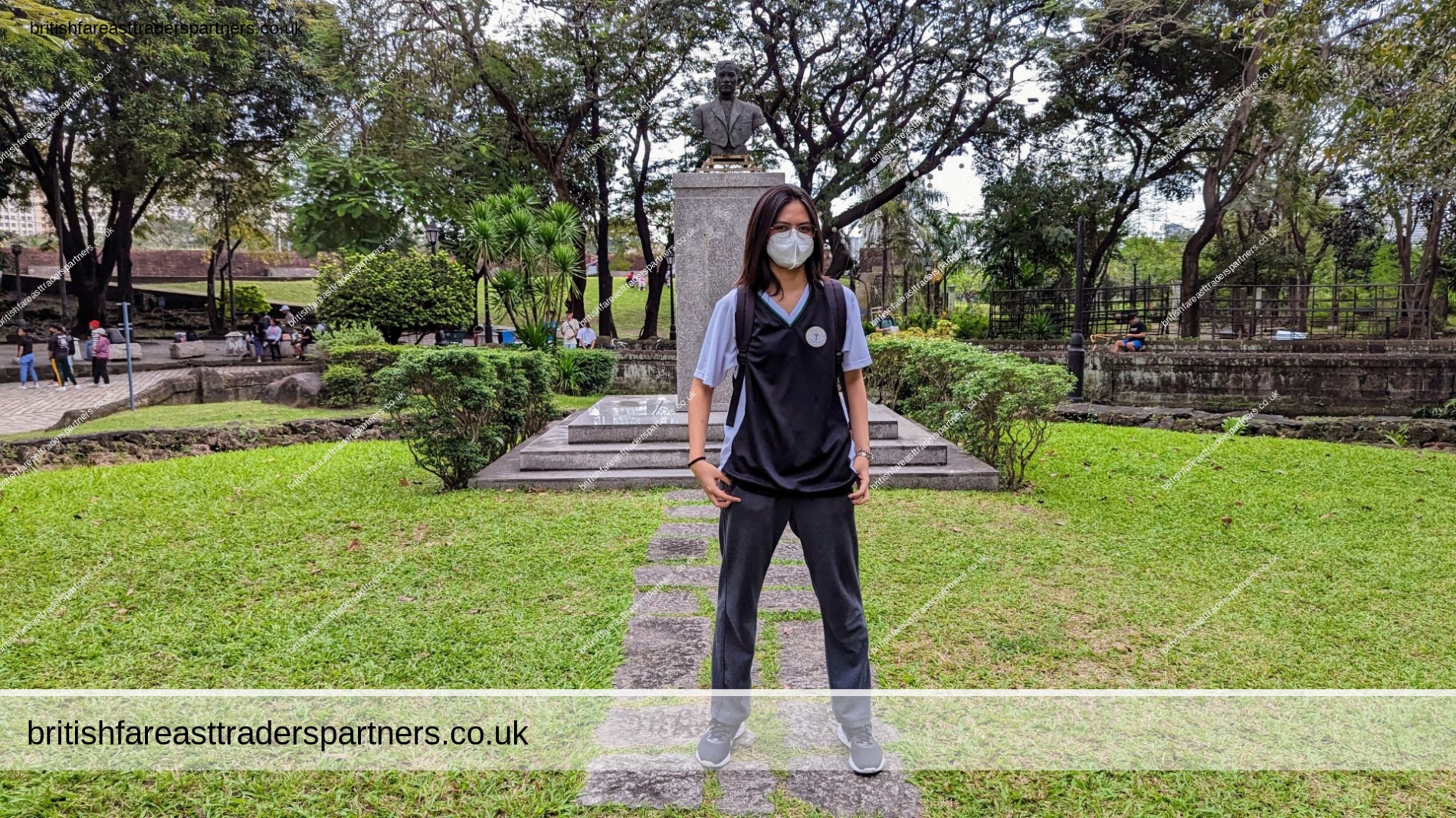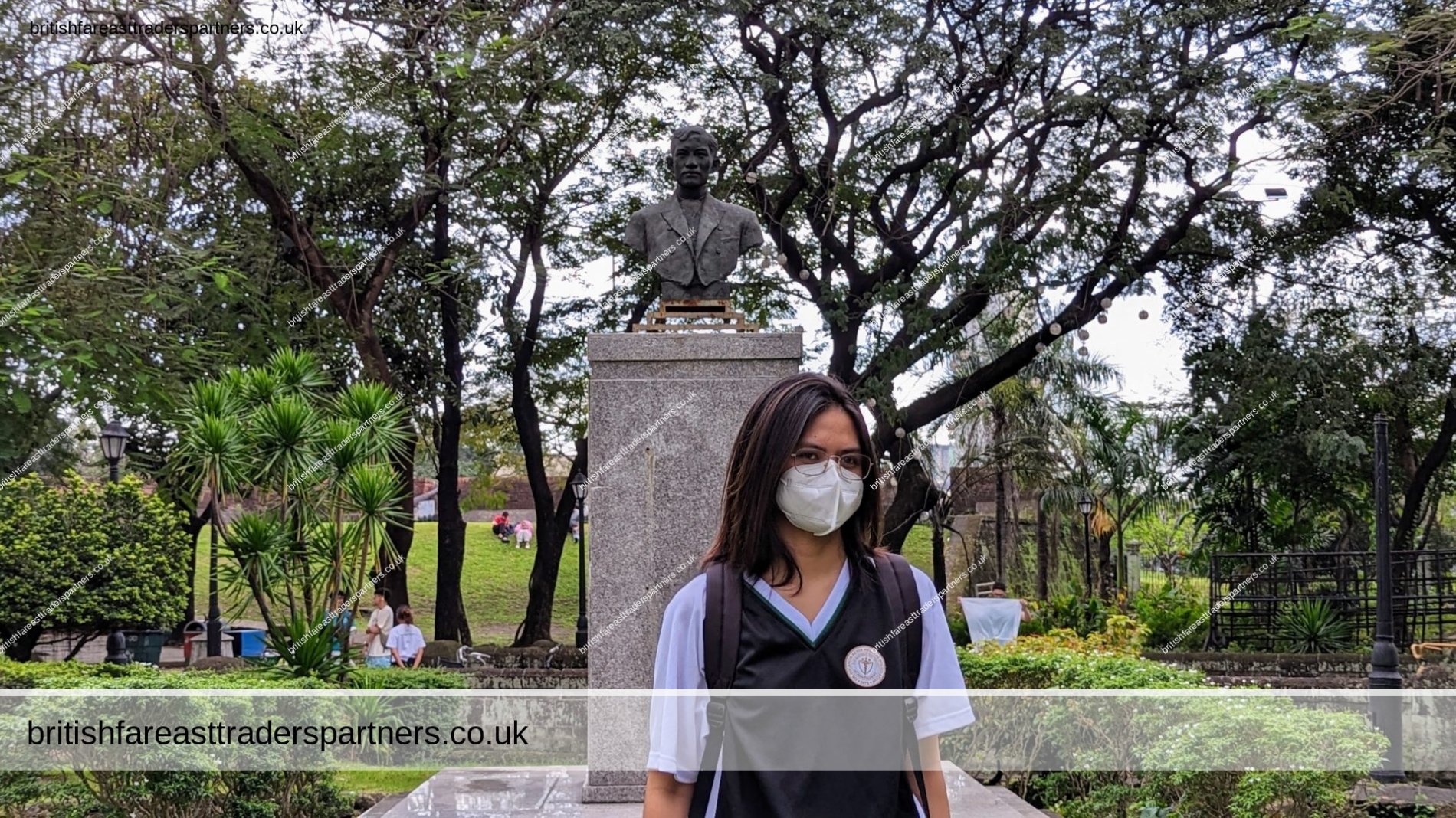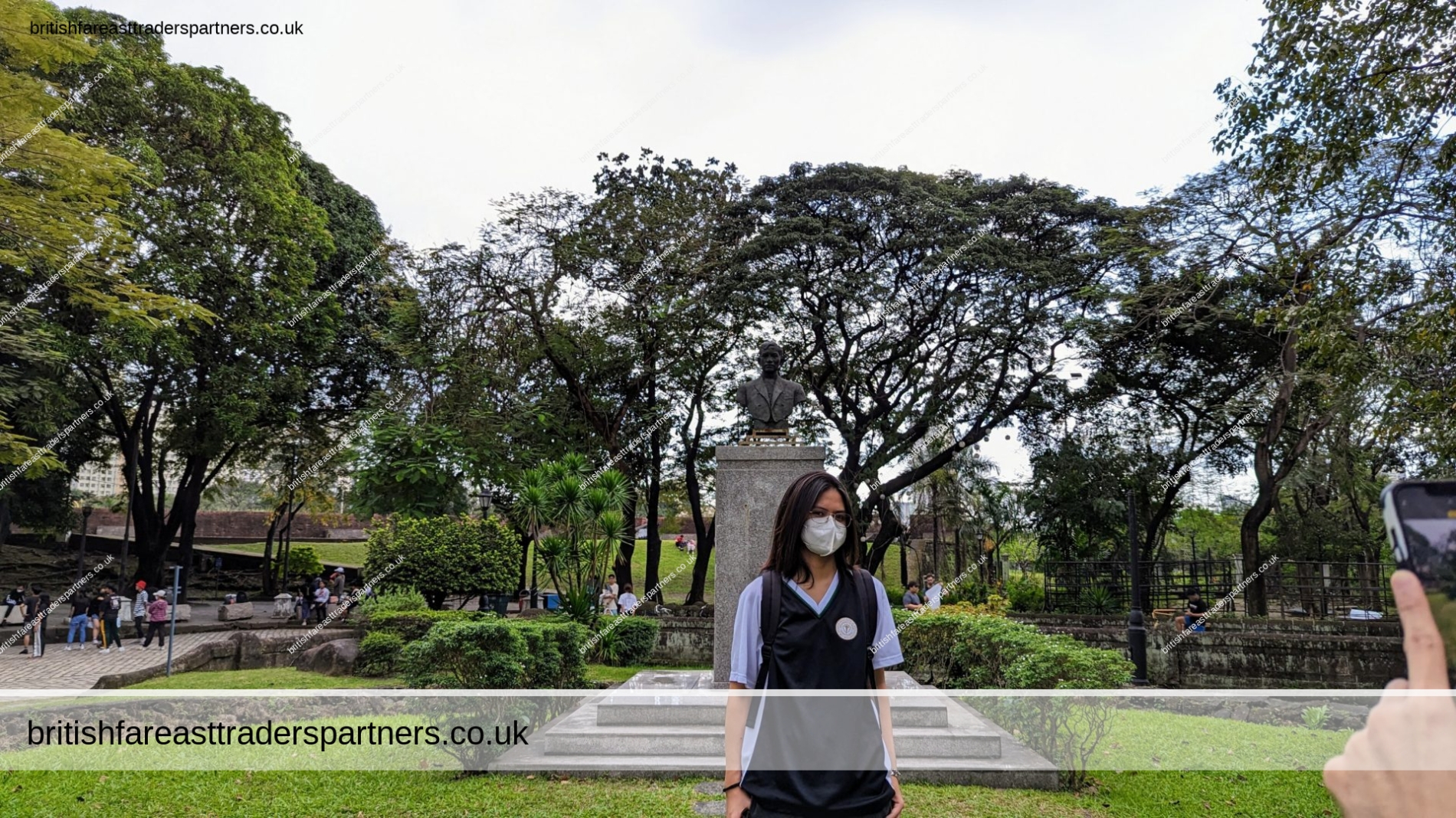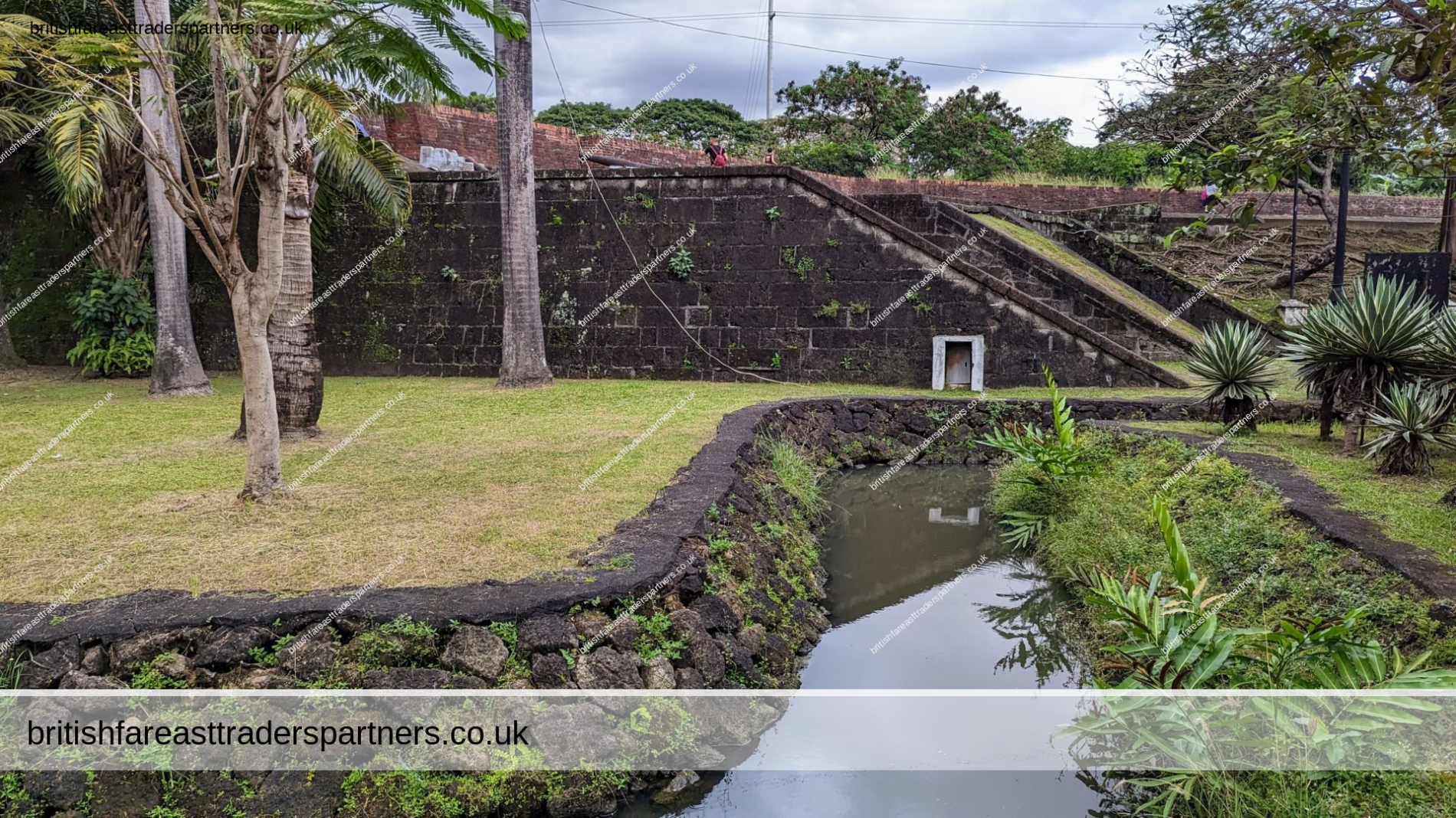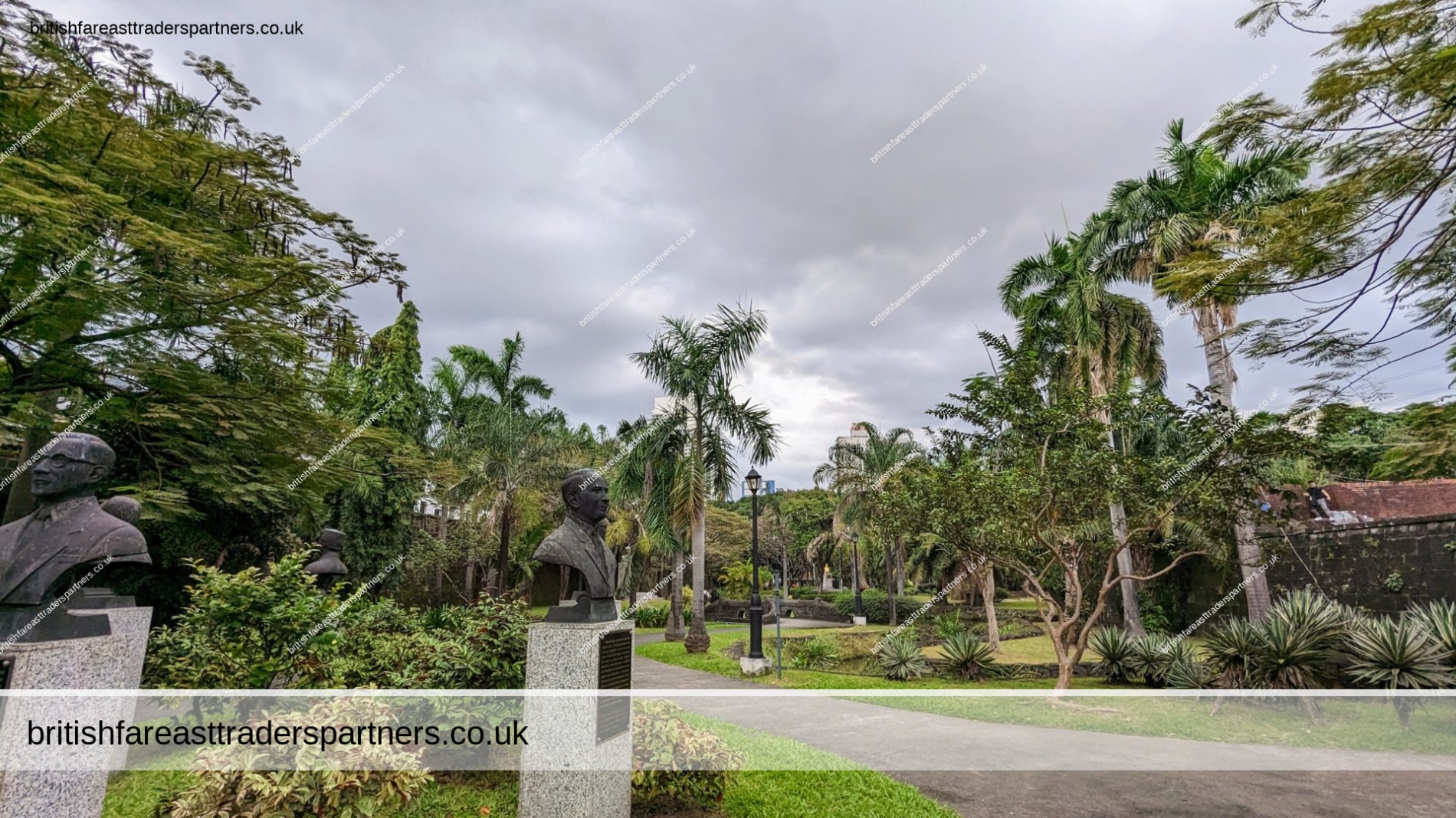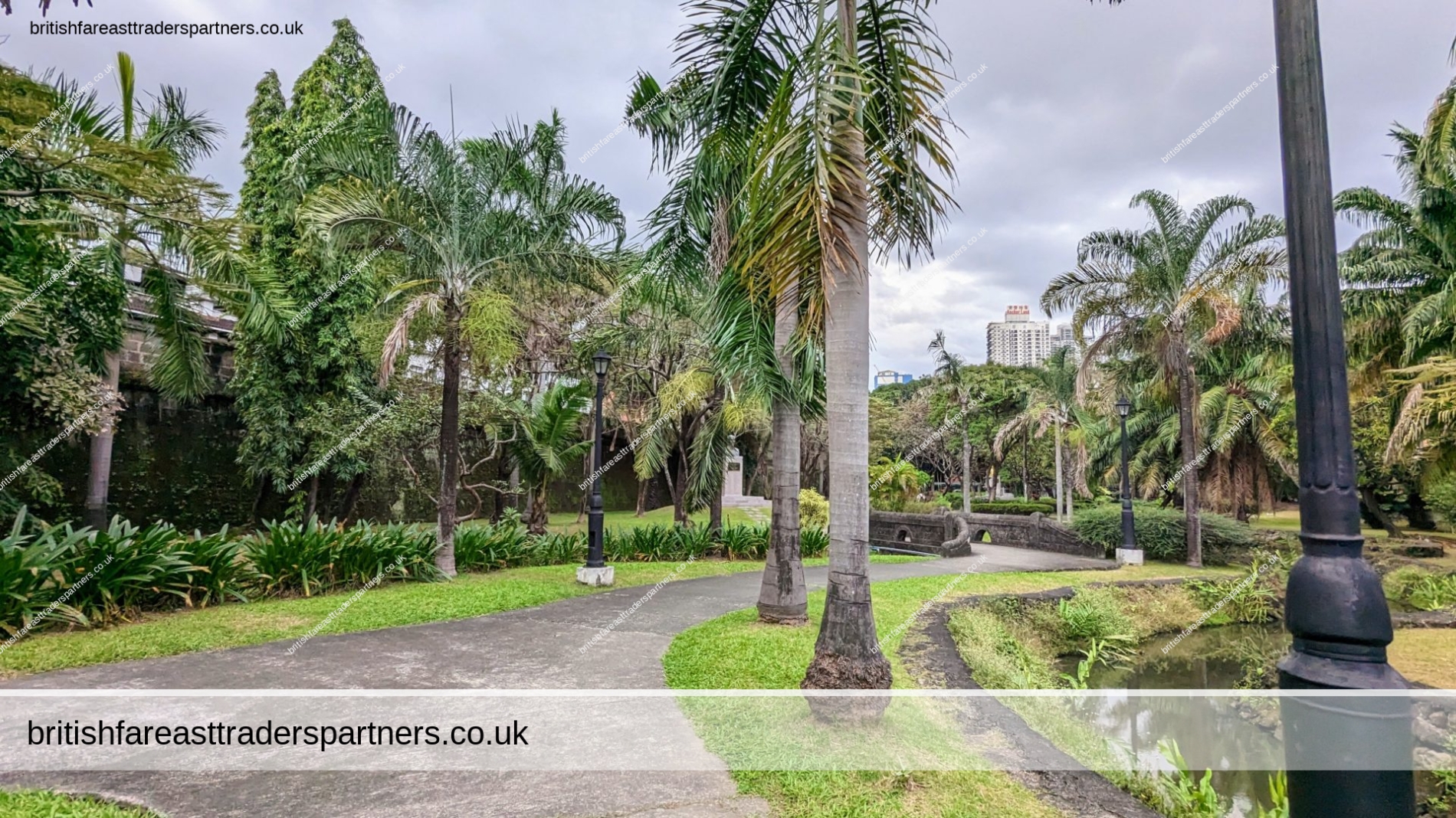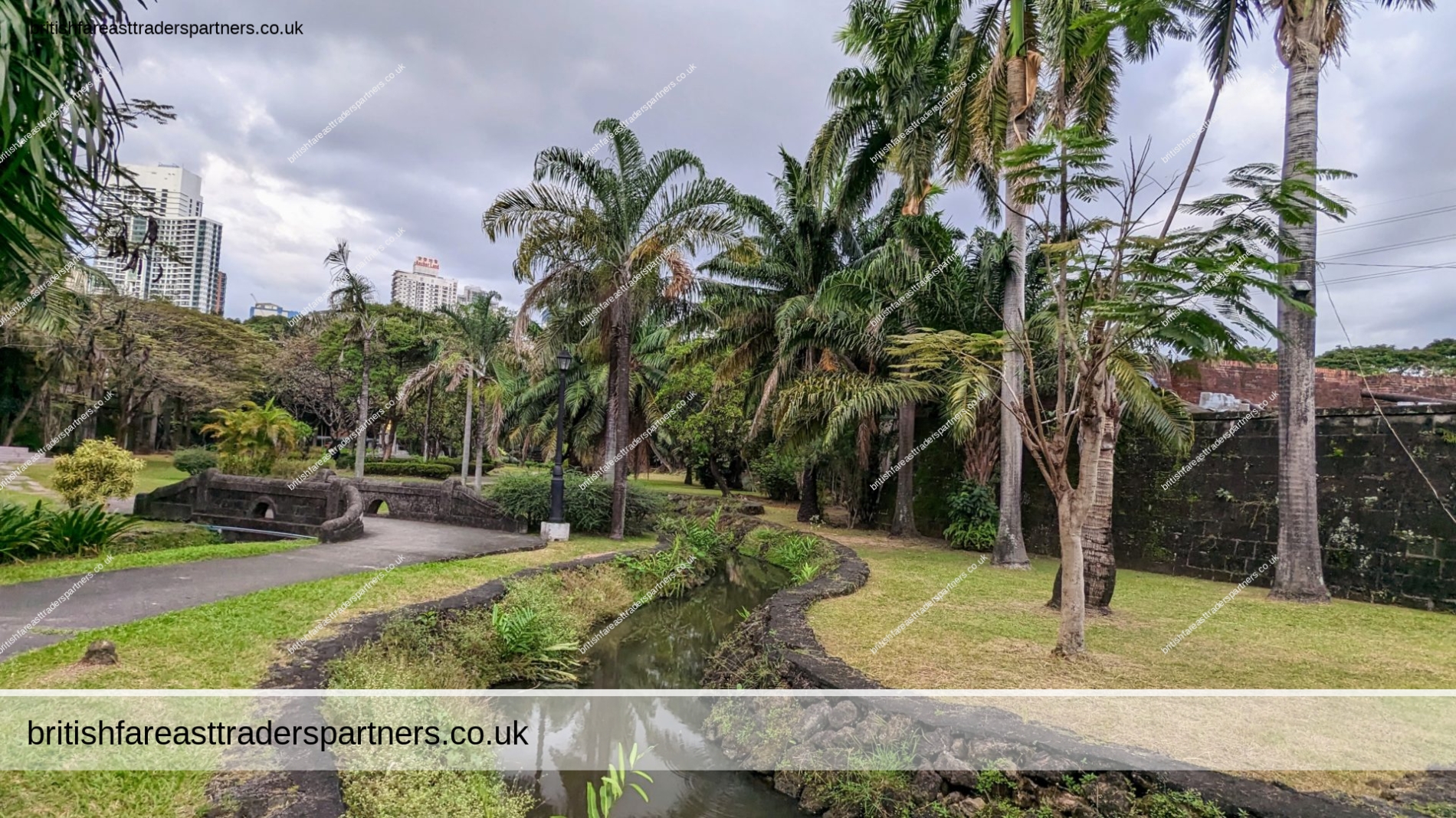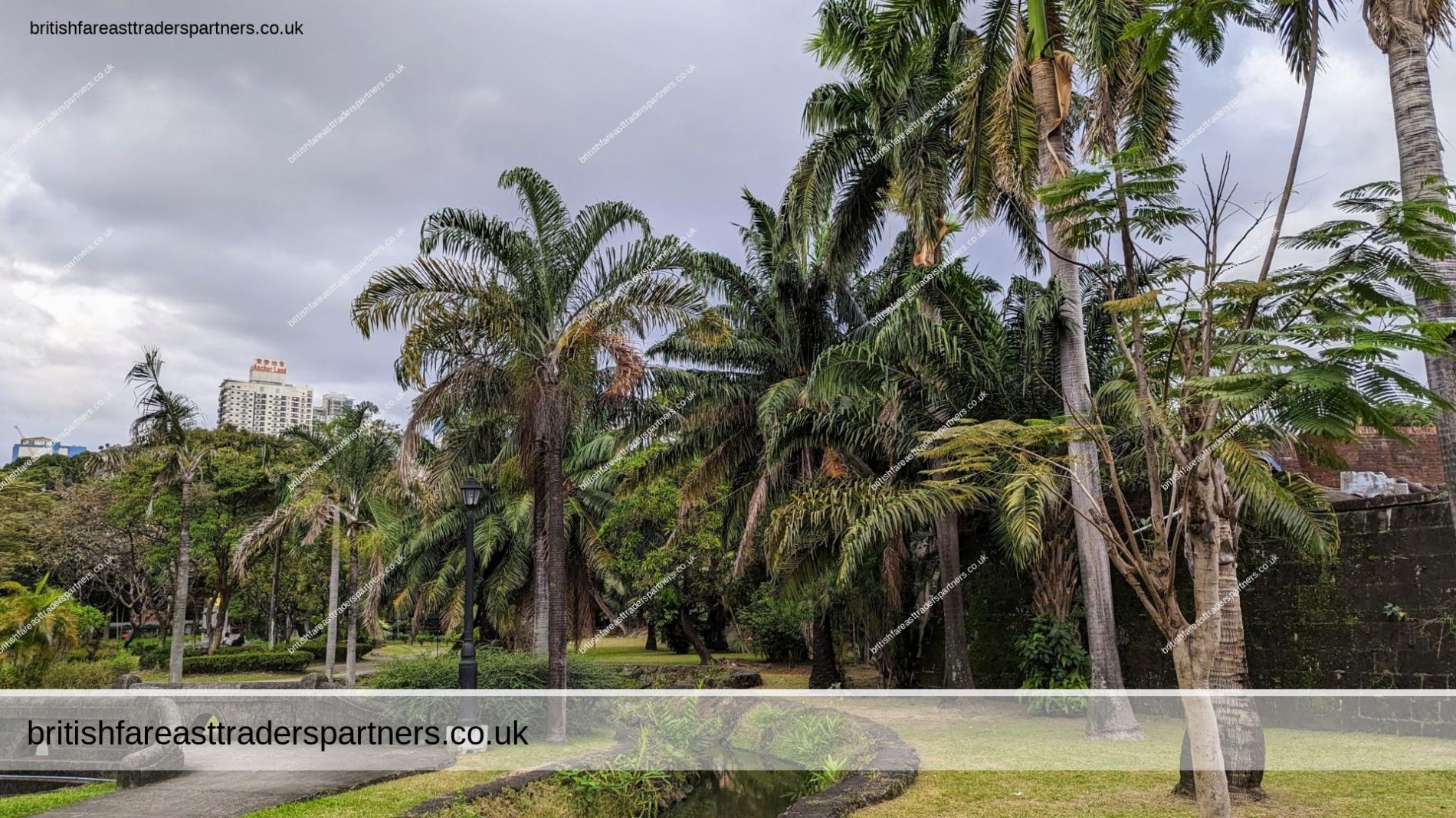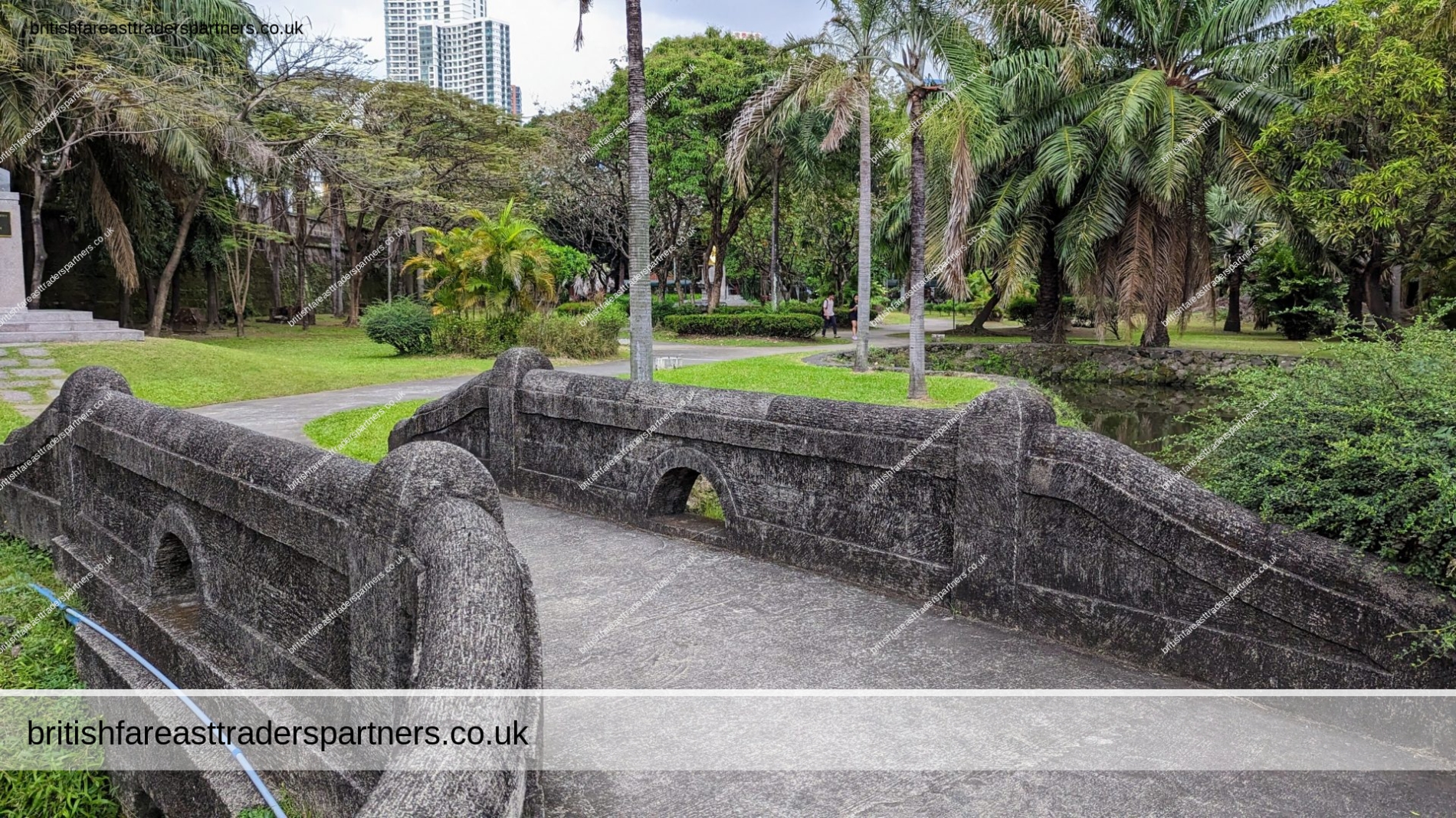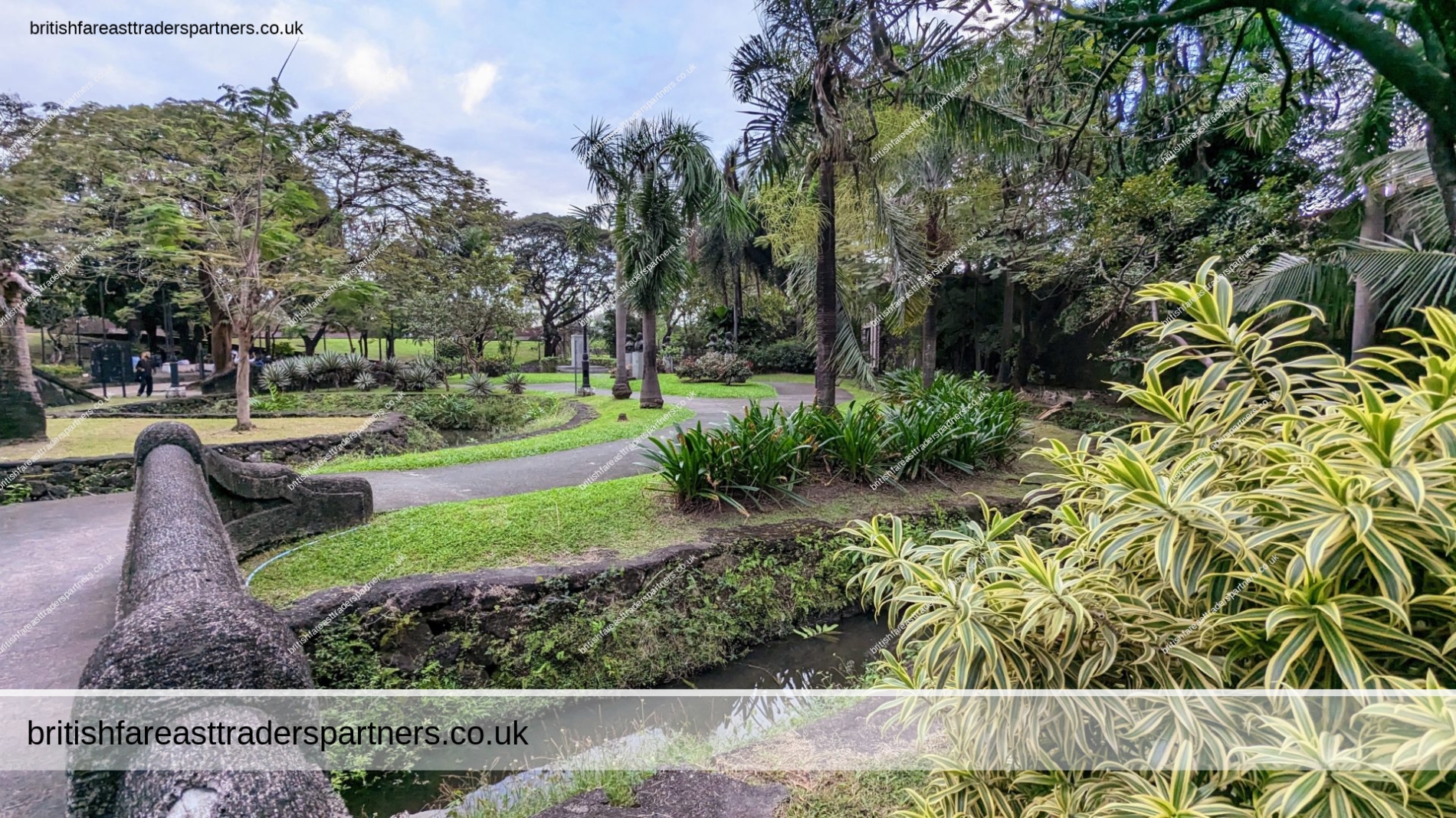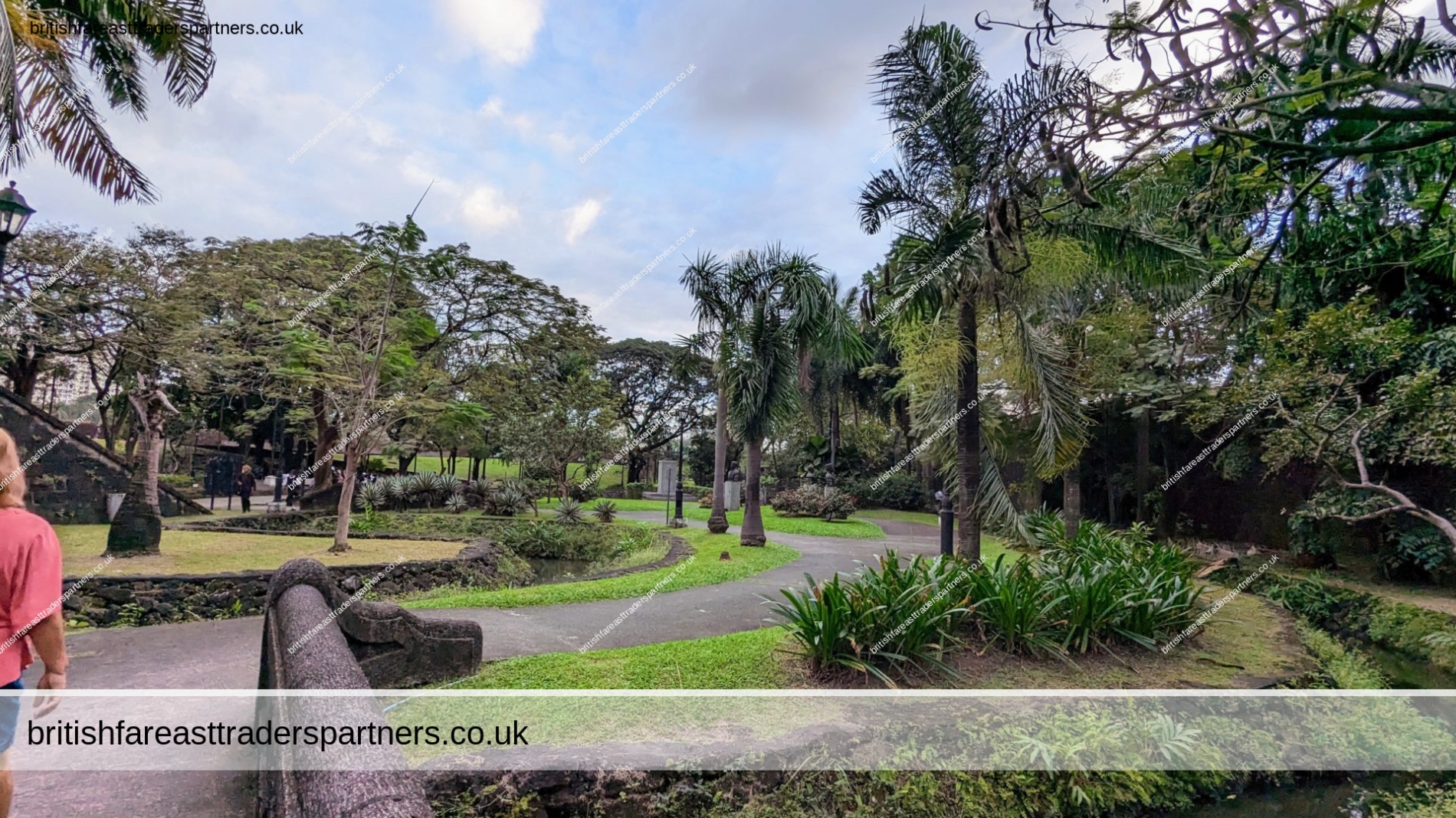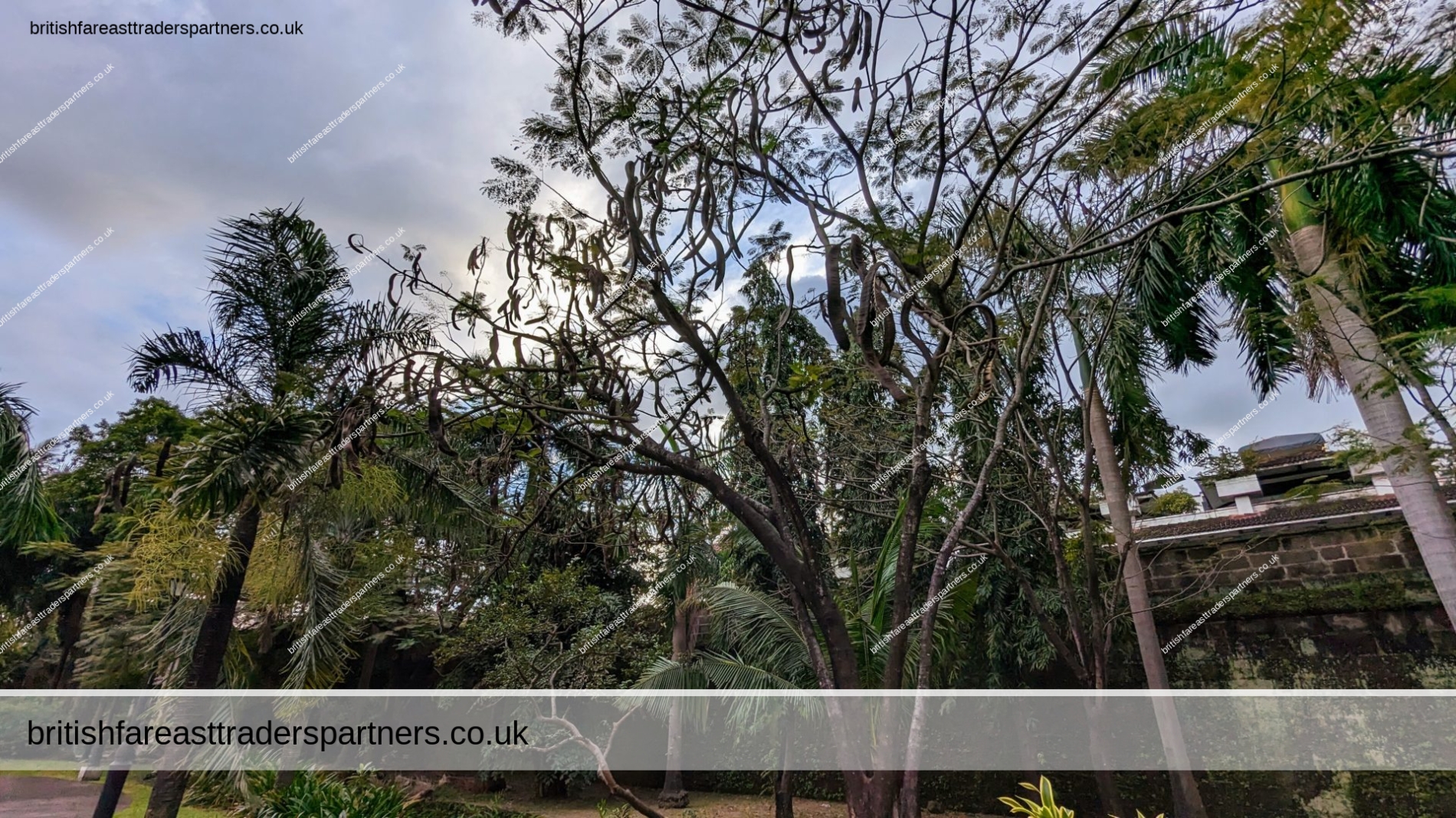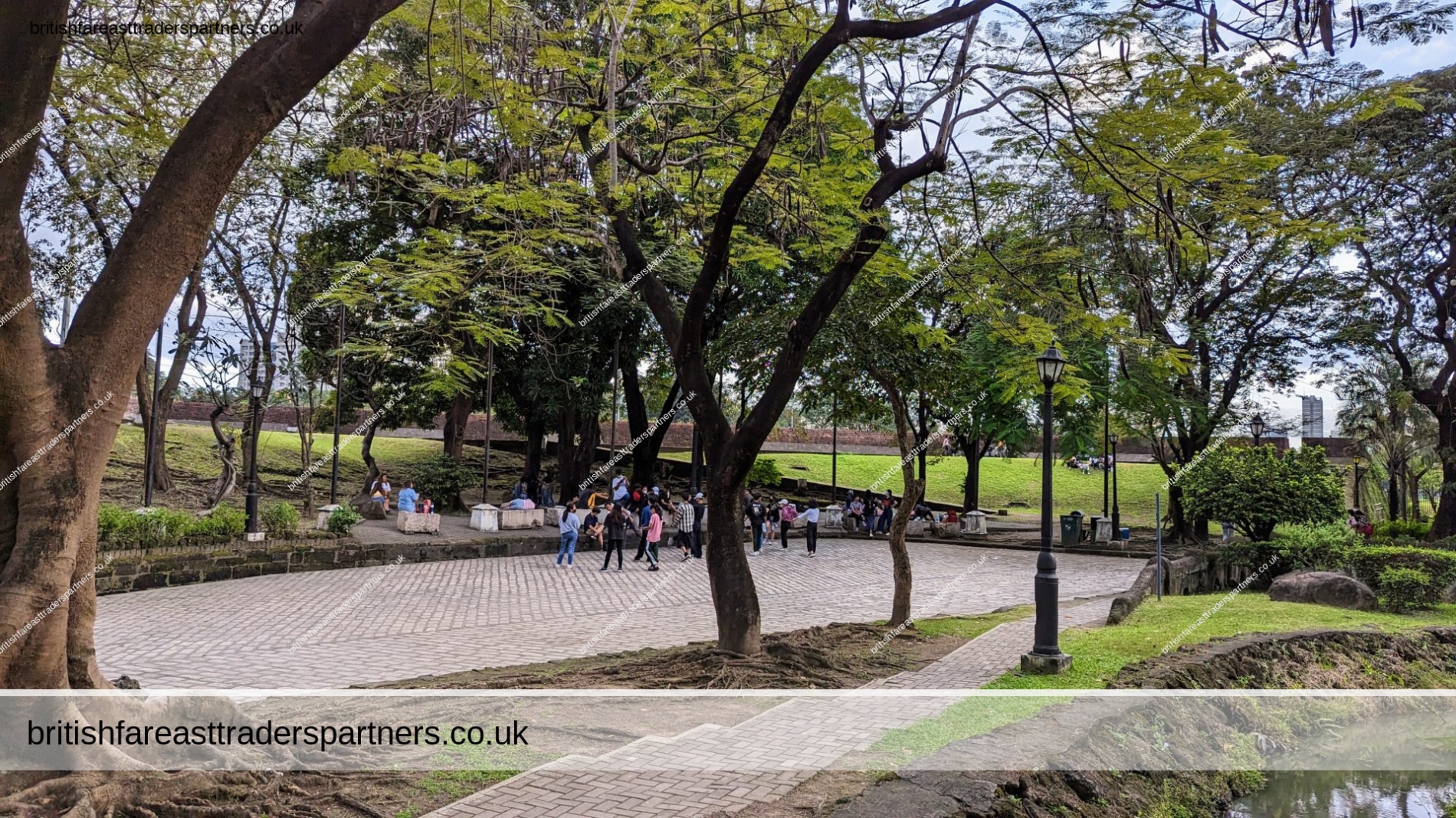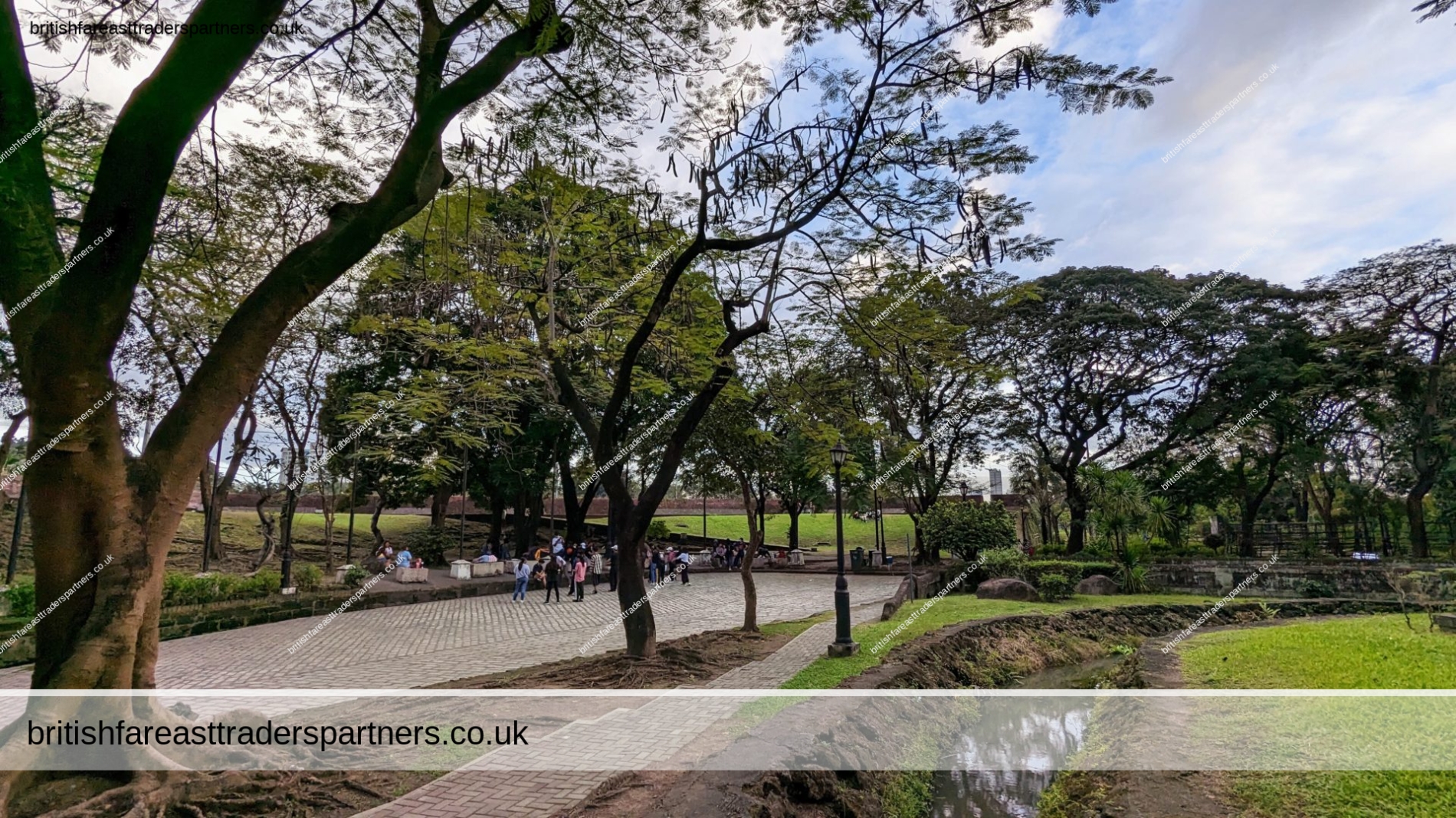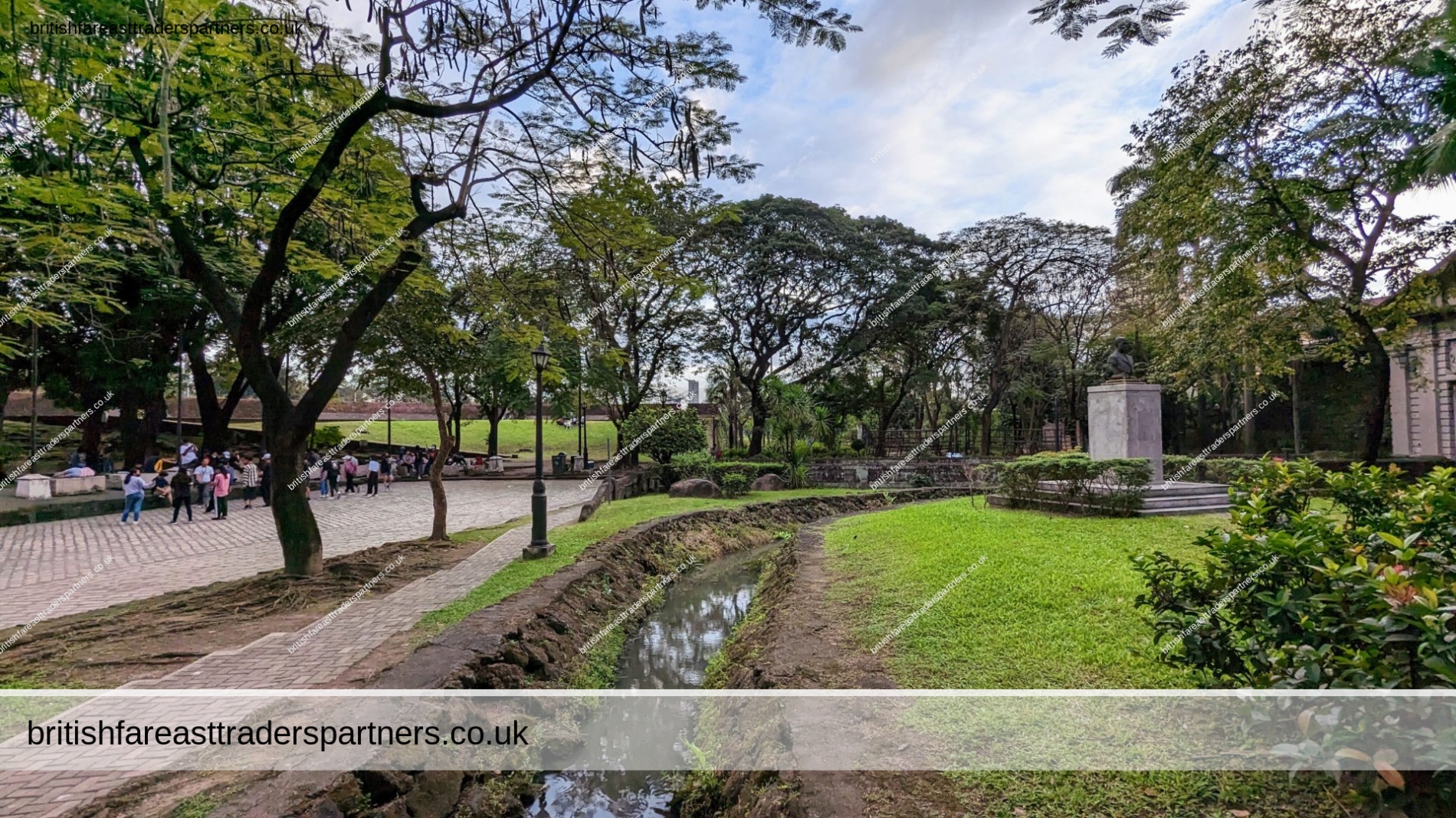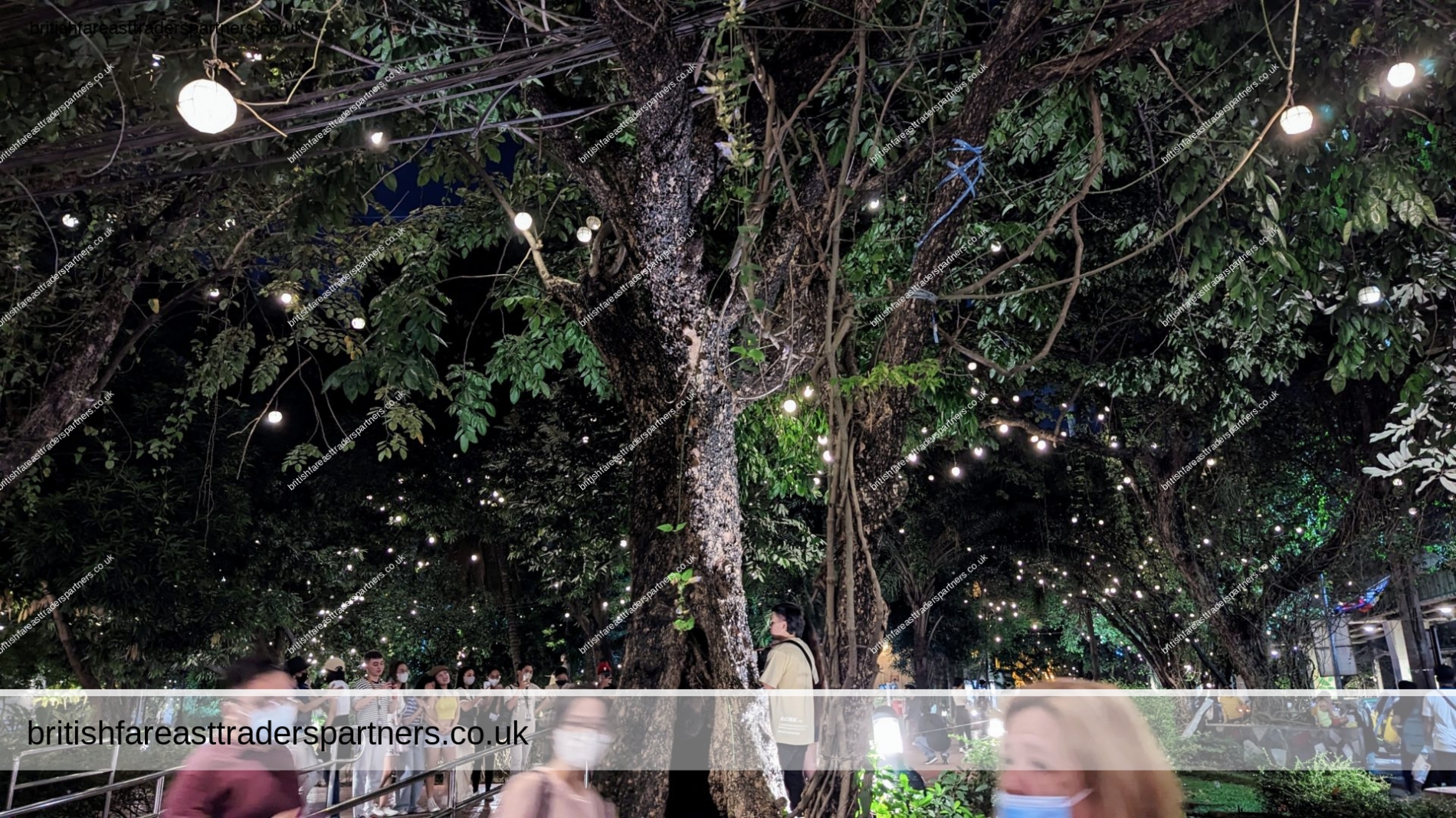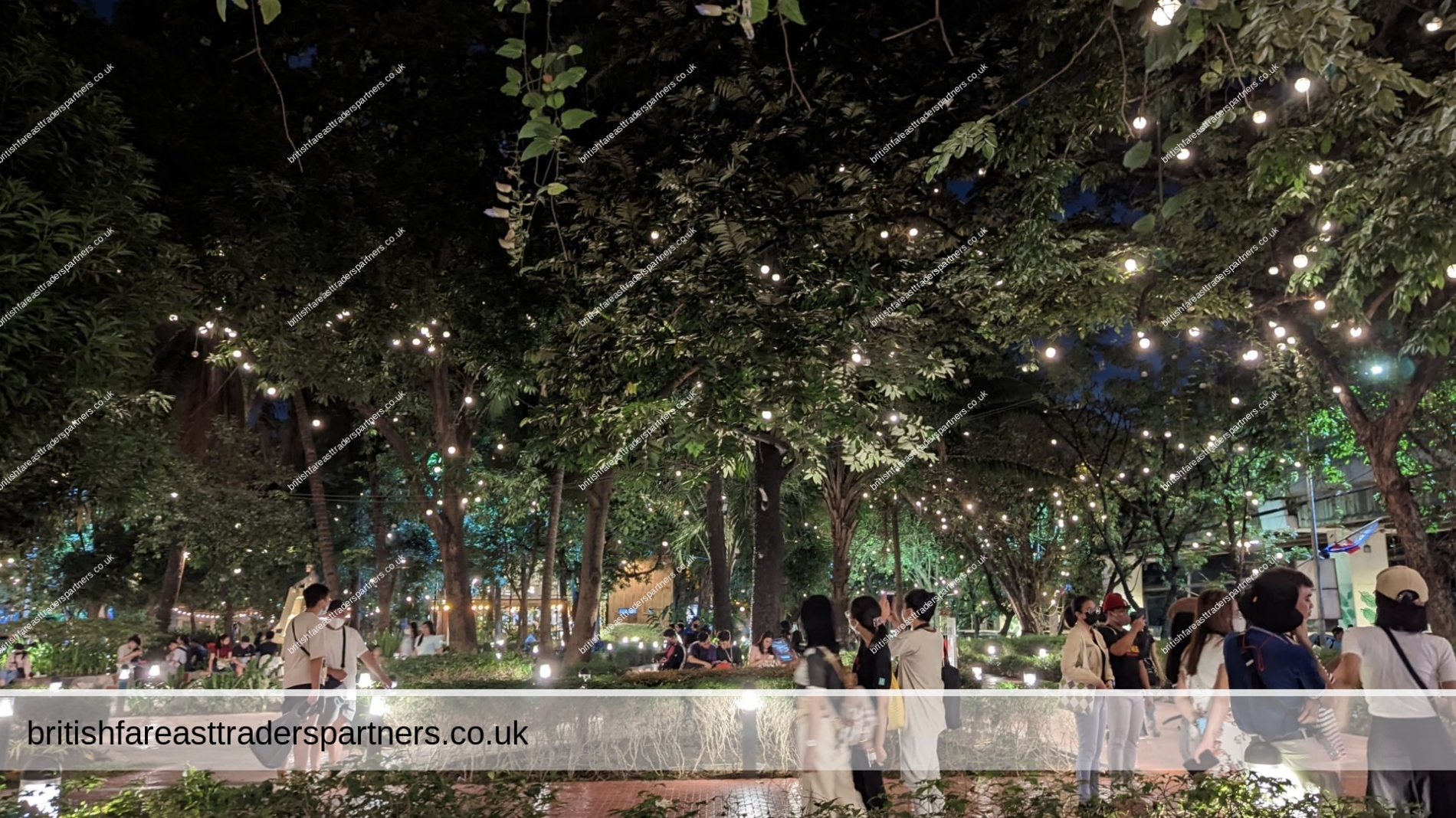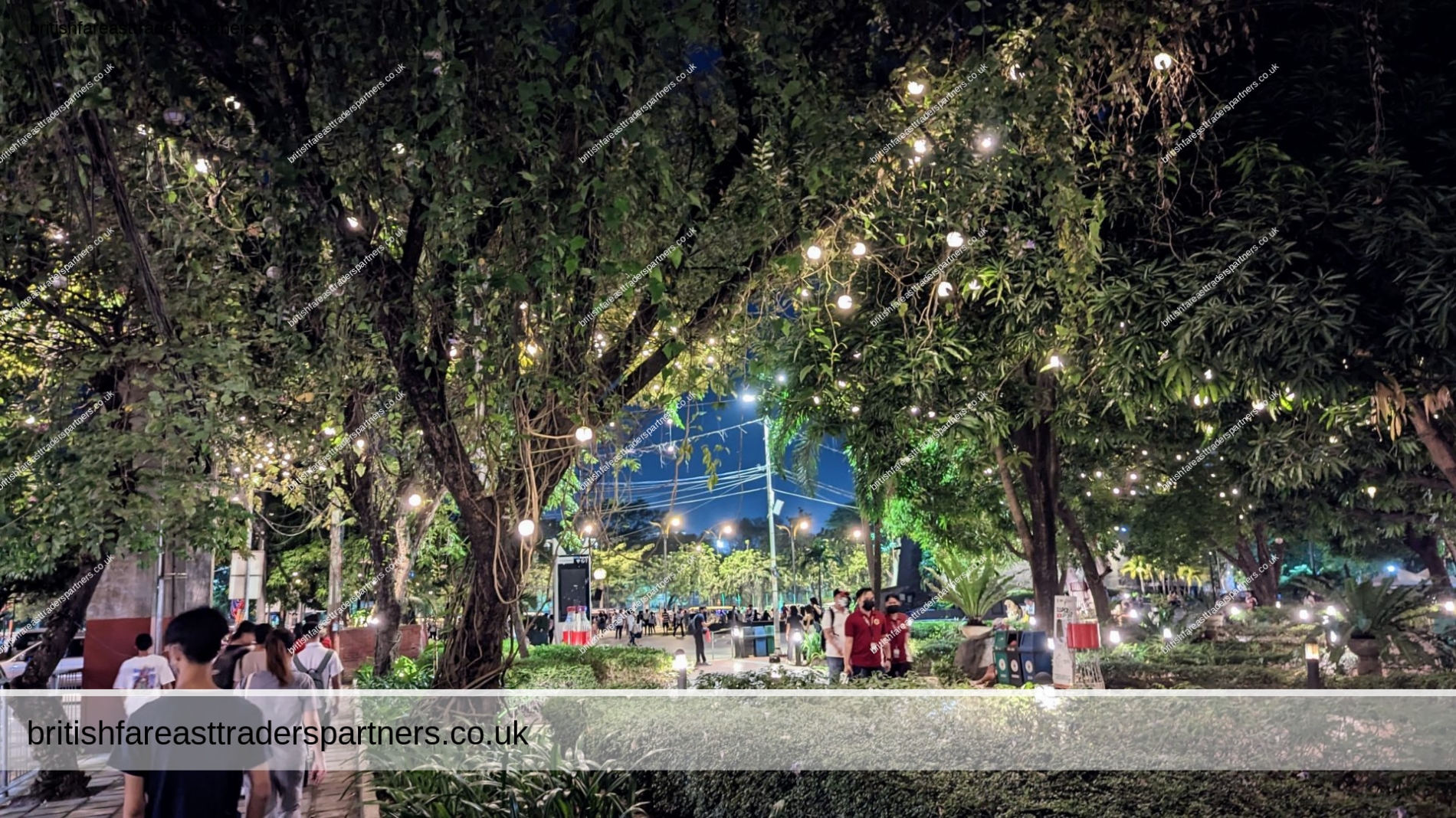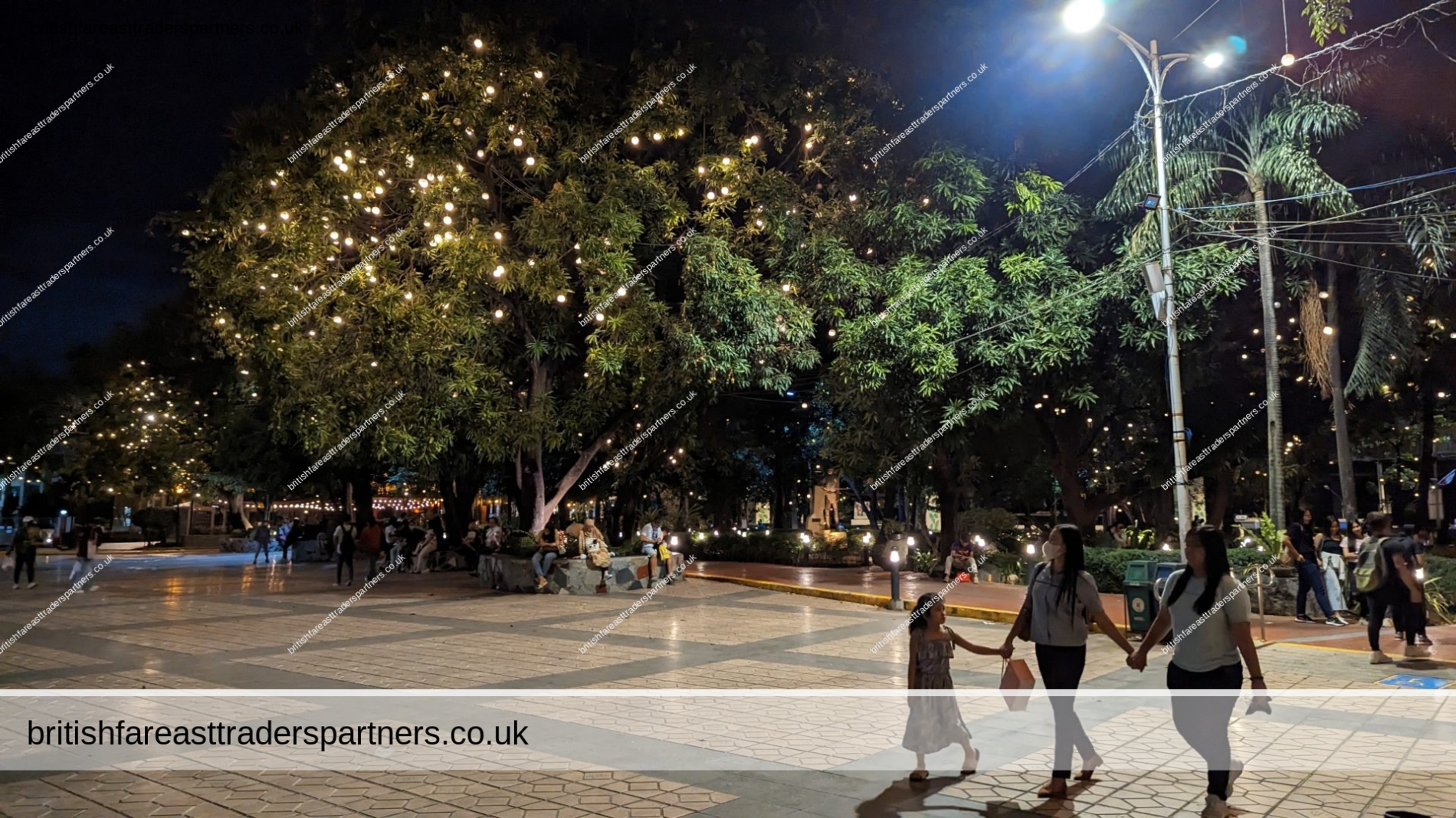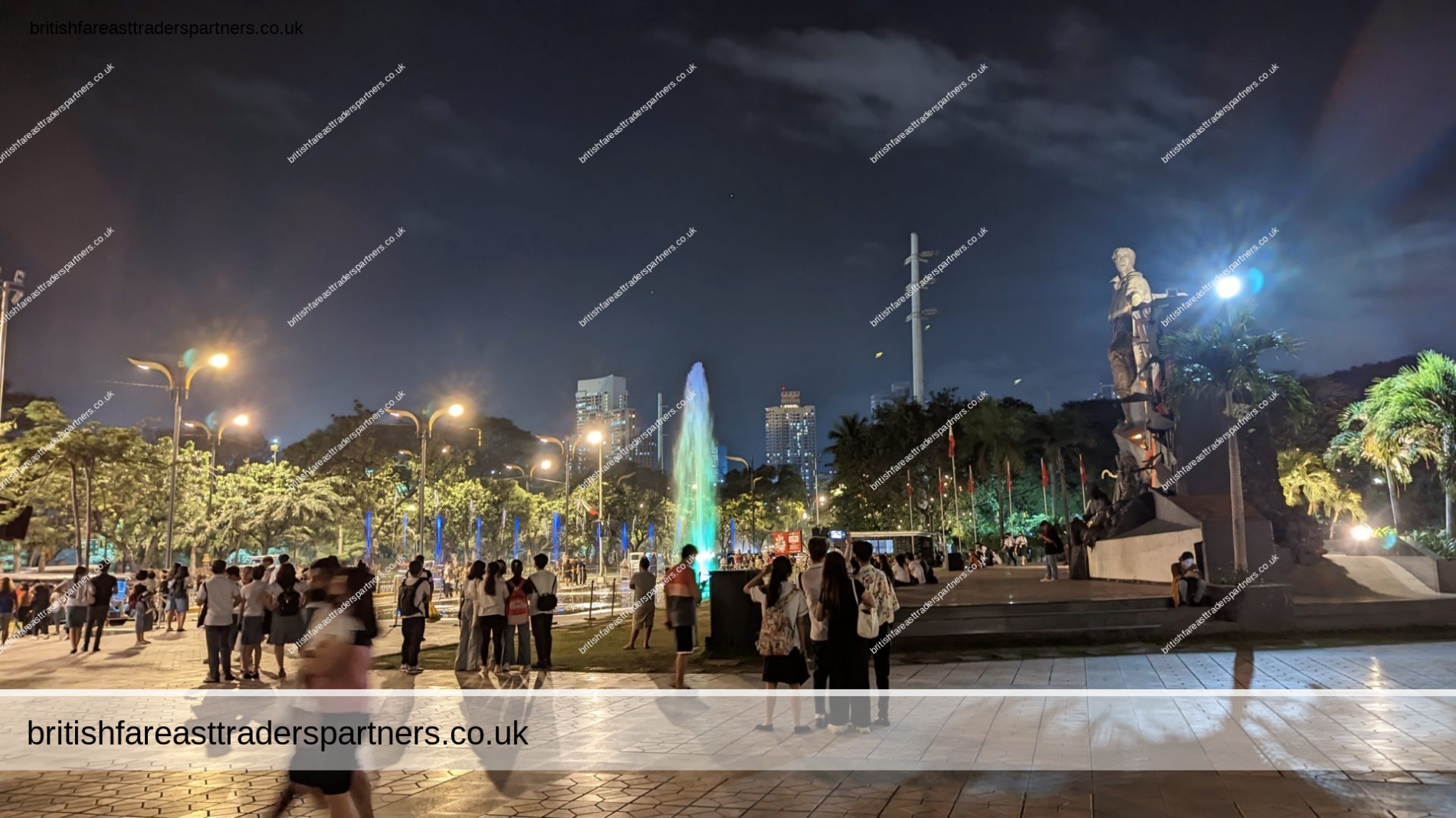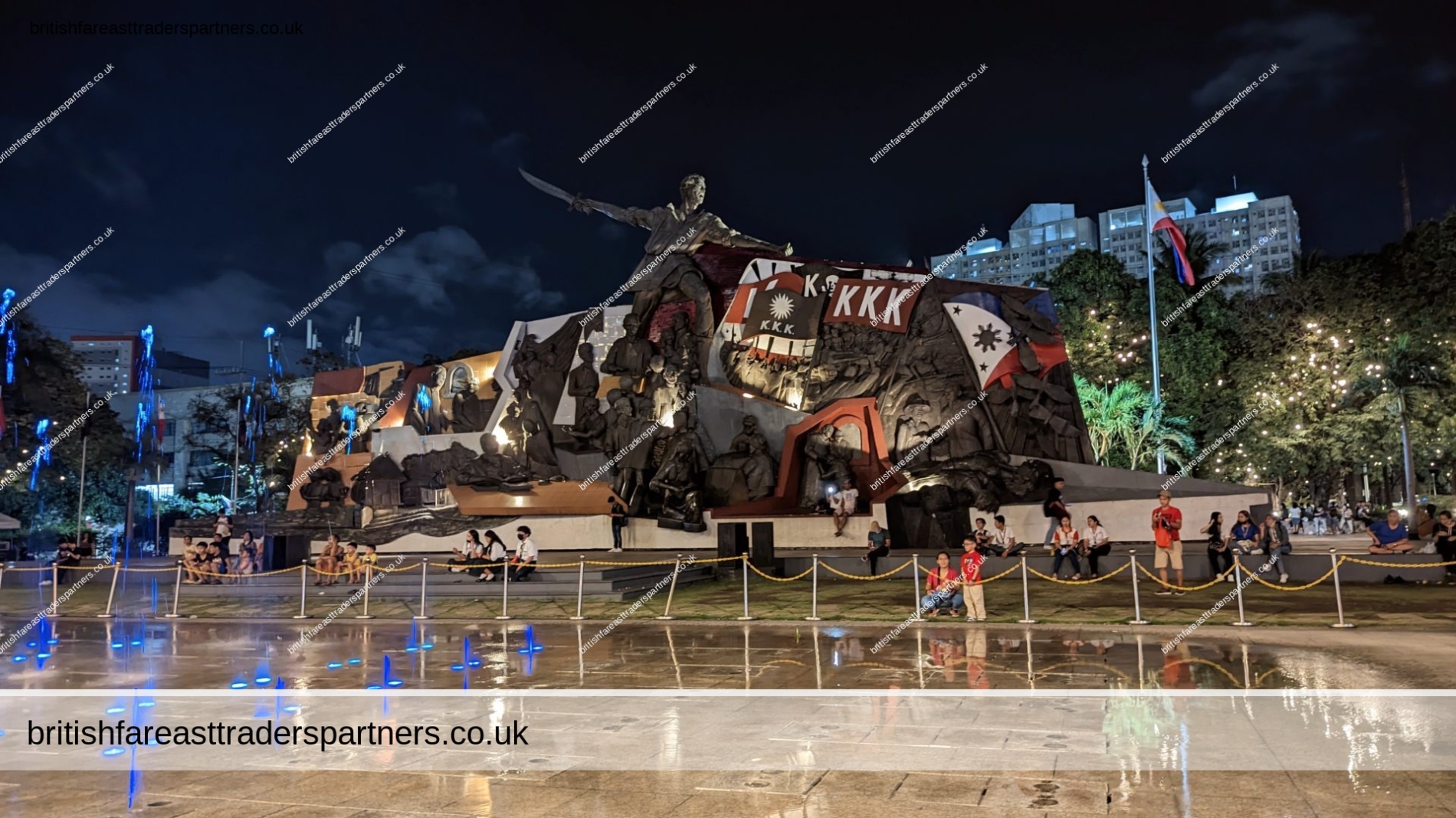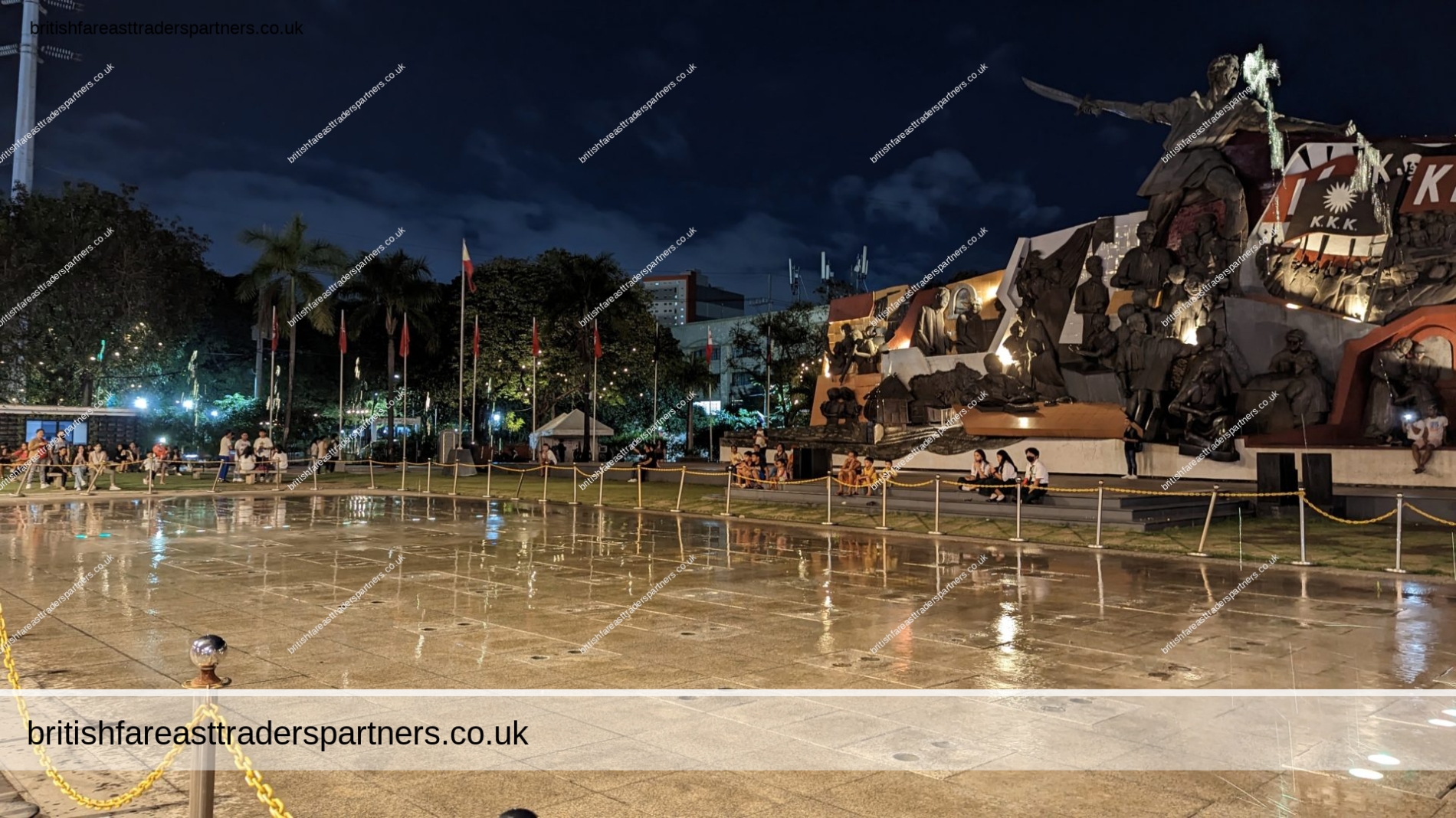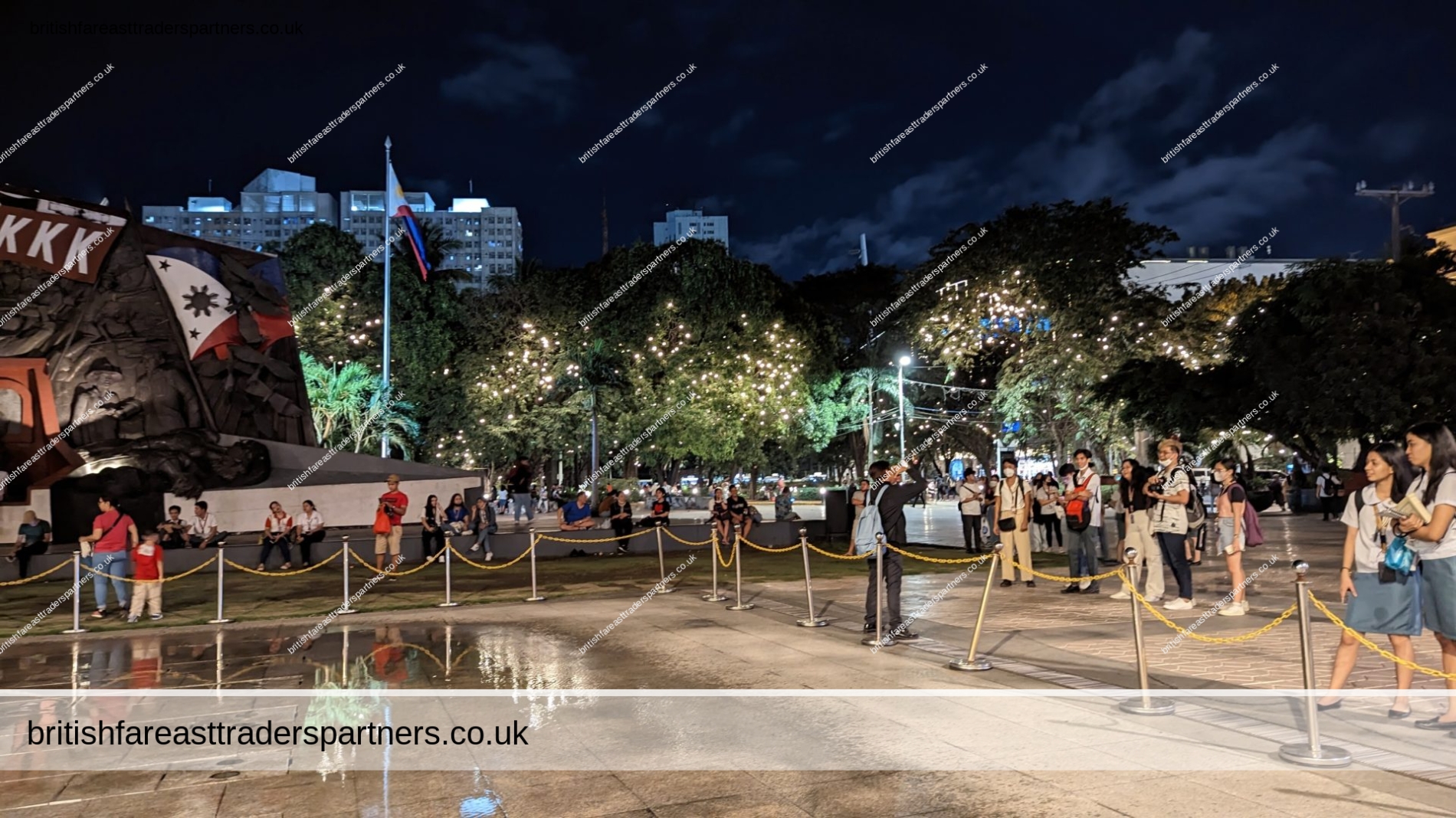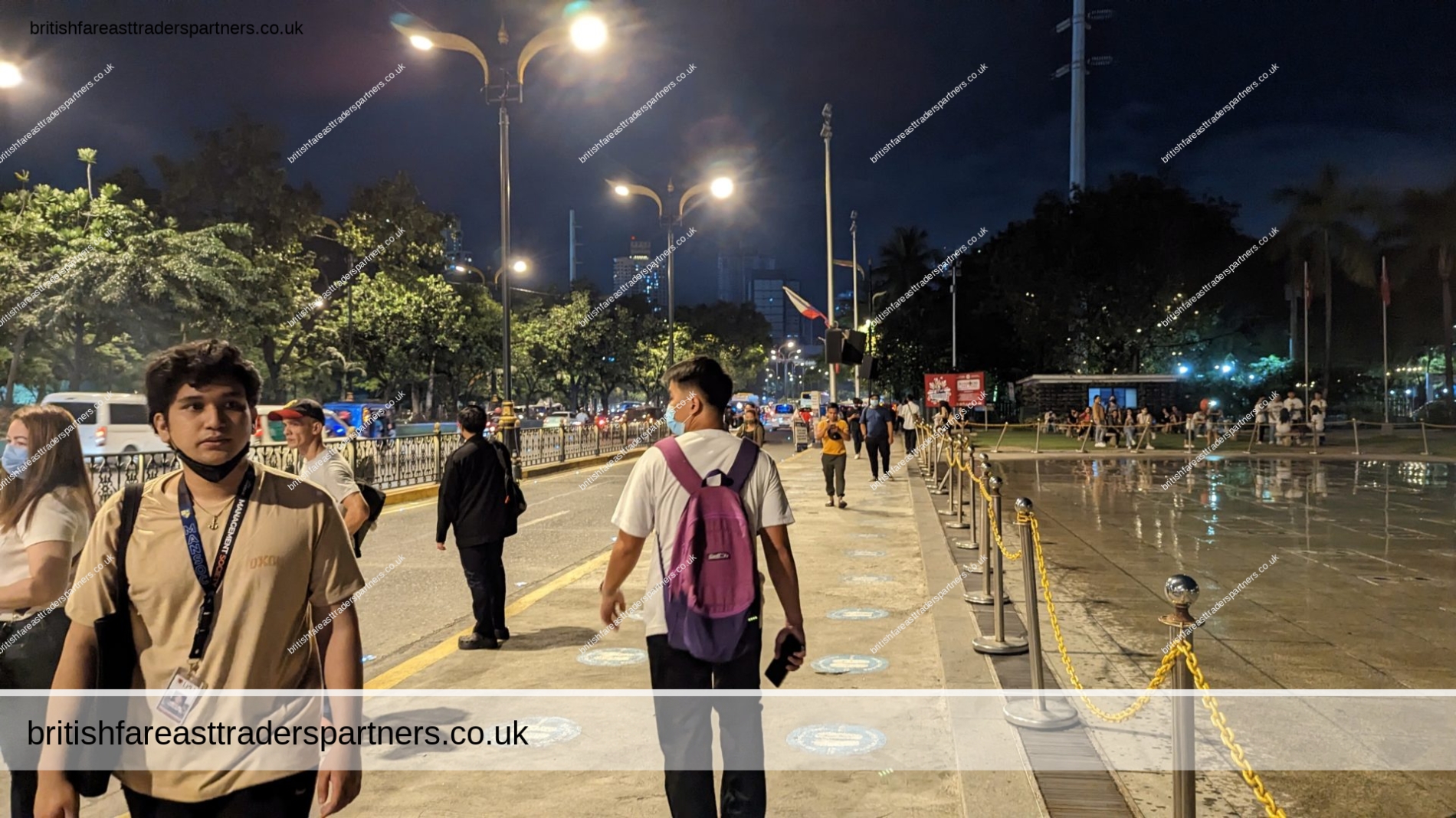Last Updated on: 30th November 2023, 05:25 pm
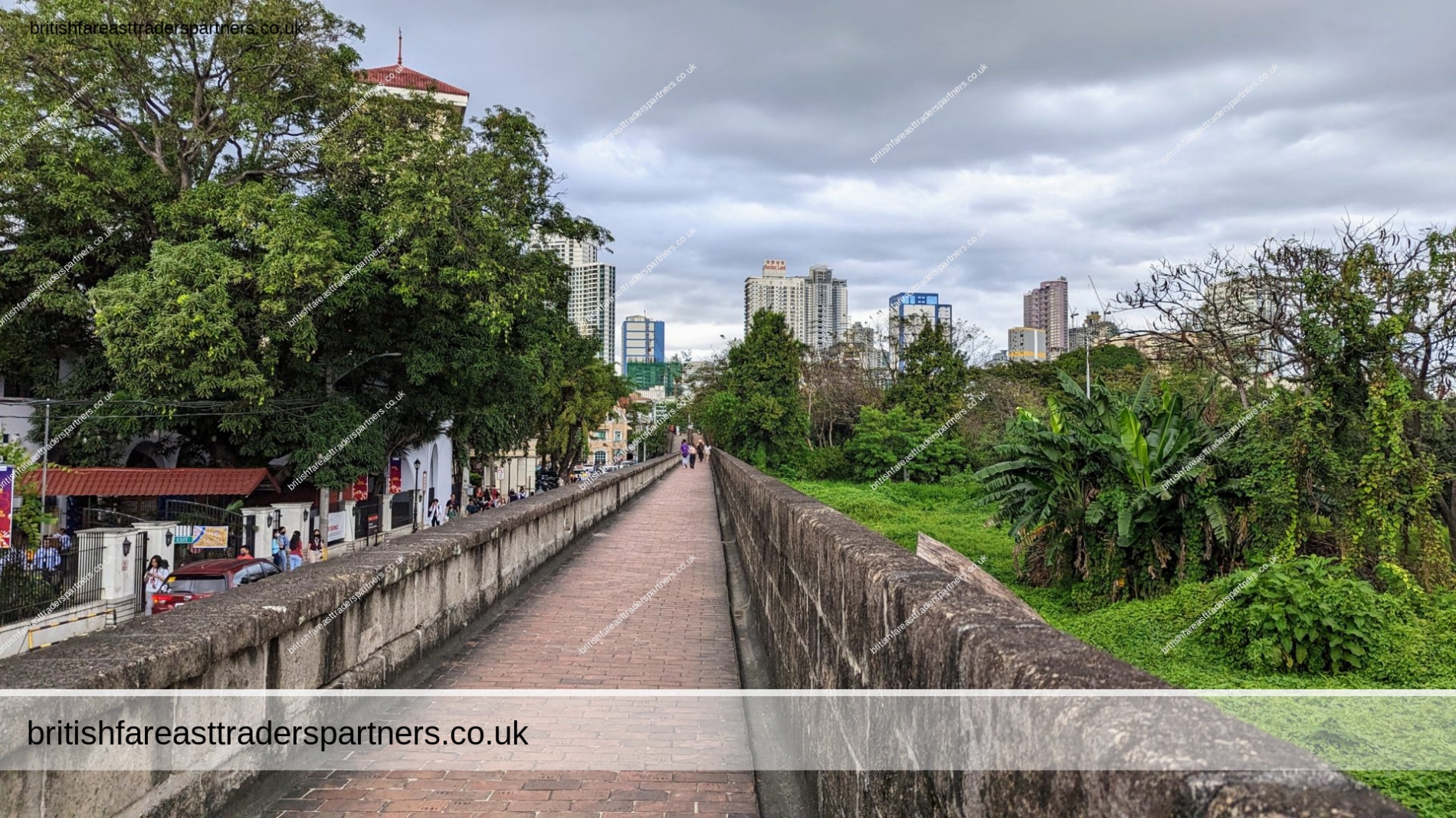
- britishfareasttraderspartners_admin
- ASIAN / ORIENTAL, CULTURE, ETHNOGRAPHIC, HERITAGE, HISTORY, INSPIRE ME, LIFESTYLE, NIGHTLIFE, PHILIPPINES, TRAVEL
- BONIFACIO AND THE KATIPUNAN REVOLUTION MONUMENT, COLONIAL, Heritage, HEROS PARK (MANILA), History, INTRAMUROS, MANILA (PHILIPPINES), Nightlife, Philippines, Spain / Spanish
Unveiling the Secrets of Intramuros—Manila’s Timeless Spanish Walled City
Embark on a journey through time as we unveil the enigmatic allure of Intramuros, the historic walled city at the heart of Manila. Nestled within massive stone fortifications and imbued with the indelible spirit of the Spanish colonial era, Intramuros stands as a testament to a bygone epoch, whispering tales of valoru, romance, and enduring legacy. Join us as we meander through cobblestone streets, delve into the secrets hidden behind weathered facades, and discover the timeless treasures of Manila’s most captivating district. Welcome to “Unveiling the Secrets of Intramuros—Manila’s Timeless Spanish Walled City”, where each corner tells a story, and every shadow holds the whispers of the past.
Top 20 Must-See and Do in Intramuros and Nearby Cities: A Soulful Odyssey
Intramuros, Manila
Fort Santiago: Step into a haunting labyrinth of history. Feel the weight of sacrifices made here as you explore dungeons that whisper tales of heroism and suffering.
San Agustin Church: Not just a church but a sanctuary of solace. Light a candle and make a wish; you’re enveloped in centuries of prayers and hopes.
Casa Manila: Walk through recreated colonial homes and feel the nostalgia. Ideal for those who yearn for a simpler, romanticised past.
Manila Cathedral: The cathedral resonates with celestial music and the intricate designs speak to those seeking beauty in spirituality.
Calesa Ride: Experience romance in every cobblestone. For the lovebirds, this is a chance to steal a kiss under the Manila sky.
Rizal Shrine: Connect with the Philippine hero José Rizal. For the intellectuals and activists, this is a pilgrimage to the altar of freedom.
Bahay Tsinoy: Unearth the Chinese roots in Filipino soil. A haven for those seeking to understand the diversity of Philippine culture.
Barbara’s Heritage Restaurant: Let the flavours and dances of the Philippines seep into your soul. For the cultural explorers and food enthusiasts.
The Dungeons: A grim walk into the shadows of war. For those who seek to understand the depths of human resilience.
Walls of Intramuros: Stand atop the walls at sunset and feel like a sentinel guarding timeless tales. Ideal for the dreamers and poets.
Pasay City
SM Mall of Asia: Embrace the kaleidoscope of modern Filipino life. For the shopaholics and those who find comfort in retail therapy.
Cultural Center of the Philippines: Immerse yourself in the arts. For the aesthetes and creatives, this is your stage.
Star City: Feel the adrenaline and relive childhood wonders. For the young at heart, this is your playground.
Upside Down Museum: Turn reality on its head and snap surreal memories. For the adventurers and Instagram influencers.
Seaside Dampa: Feast on seafood as you listen to the serenade of the ocean. For the culinary explorers and romantic wanderers.
Manila Ocean Park: Dive into an underwater dreamscape. Ideal for families and those who seek the thrill of discovering the unknown.
Le Pavillon Metropolitan Park: A hotspot for diverse events. For the social butterflies yearning for connection and entertainment.
Libertad Market: Mingle with locals and taste the raw, everyday life. For those who seek authenticity in travel.
Diosdado Macapagal Boulevard: Walk hand in hand under the city lights. For the starry-eyed and hopeful romantics.
Archdiocesan Shrine of Jesus Church: A modern sanctuary for modern souls. For those seeking a spiritual anchor in a fast-paced world.
From the whispered tales of Intramuros to the bustling energy of Pasay, each experience beckons different facets of your soul. Whether you’re a dreamer, a lover, a seeker, or a wanderer, this journey is your canvas. Paint it vividly.
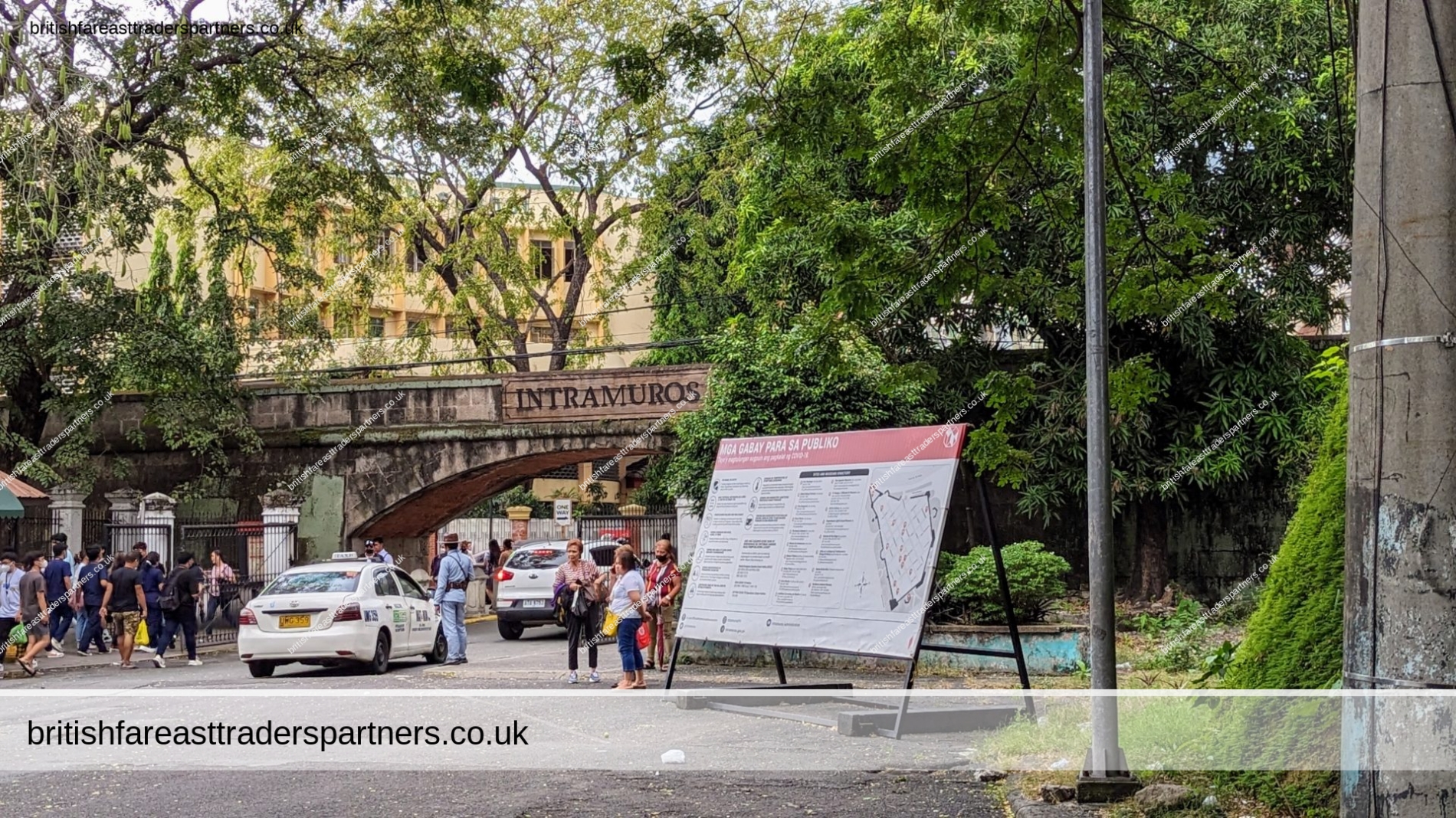
Baluarte de San Francisco de Dilao
The Baluarte de San Francisco de Dilao, captured in these images, is more than a mere historical structure; it is a silent chronicler of the passage of time, standing with quiet dignity amidst the relentless march of modernity. The bastion, with its centuries-old masonry, has been a silent witness to the ebb and flow of life in Manila, bearing marks that tell of battles fought, sovereignties changed, and cultures merged.
Through the lens, we see the juxtaposition of time—where the rigid lines and robust fortifications of the Baluarte contrast with the transient, fluid motions of daily life. There’s a profound subtlety in the way the ancient stones hold space for the casual meanderings of contemporary visitors, an unspoken dialogue between the bygone era of Spanish galleons and the present day’s urban bustle.
The verdant overgrowth adorning the ramparts whispers of nature’s reclaiming hand, while the weathered texture of the walls speaks to the fortitude of human craftsmanship enduring the tropical climes. Each fissure in the stone is a repository of untold narratives, each crevice a refuge for memories of a city that has evolved under the watchful gaze of this bastion.
In the background, the cityscape stretches into the horizon, its skyscrapers reaching for the skies—a testament to Manila’s aspirations and achievements. Yet, in the foreground, the Baluarte remains steadfast, a symbol of the city’s rooted identity and historical depth. It stands as a testament to the Filipino spirit—resilient, proud, and ever-enduring.
The Baluarte de San Francisco de Dilao thus serves as a bridge across centuries, connecting the epochs with an enduring thread. It invites the refined observer to look beyond the surface, to sense the pulse of history beneath their feet, and to appreciate the seamless weave of the past into the fabric of the present. It is a place of reflection, a sanctuary within the city where the layers of time converge in silent eloquence.
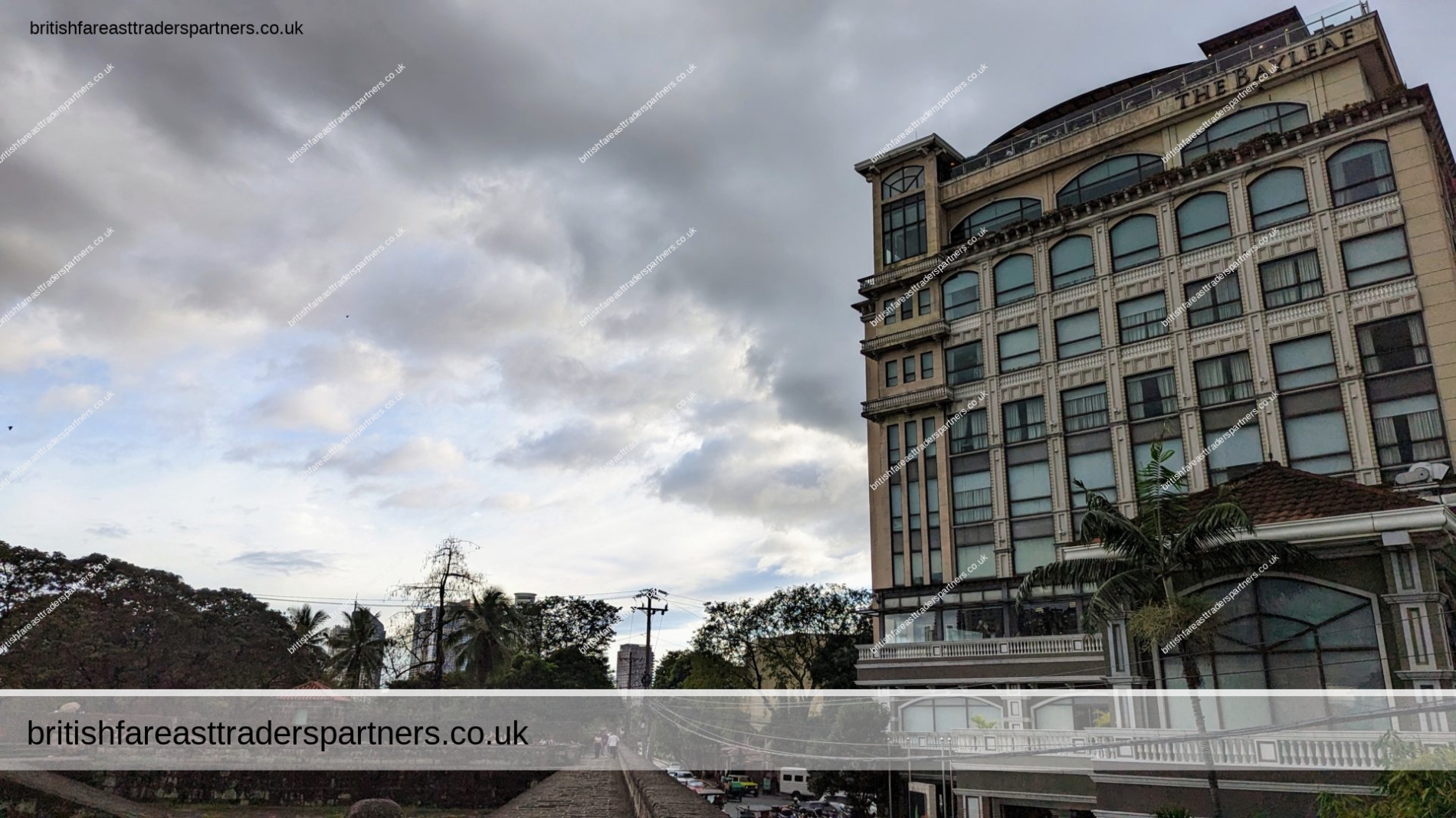
465 Muralla St, Intramuros, Manila, 1002 Metro Manila
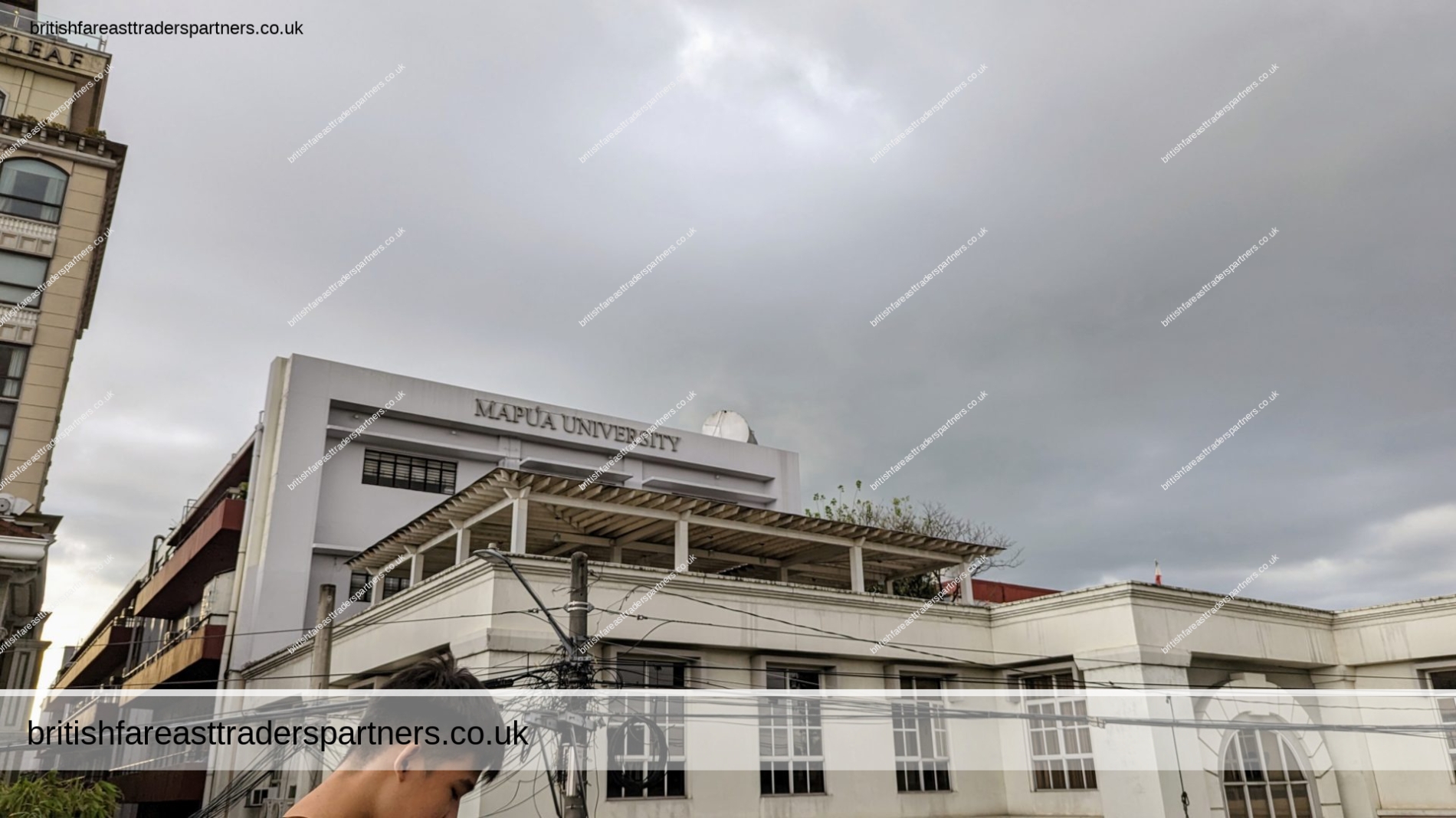
MURALLA ST., INTRAMUROS, MANILA, 1002 METRO MANILA
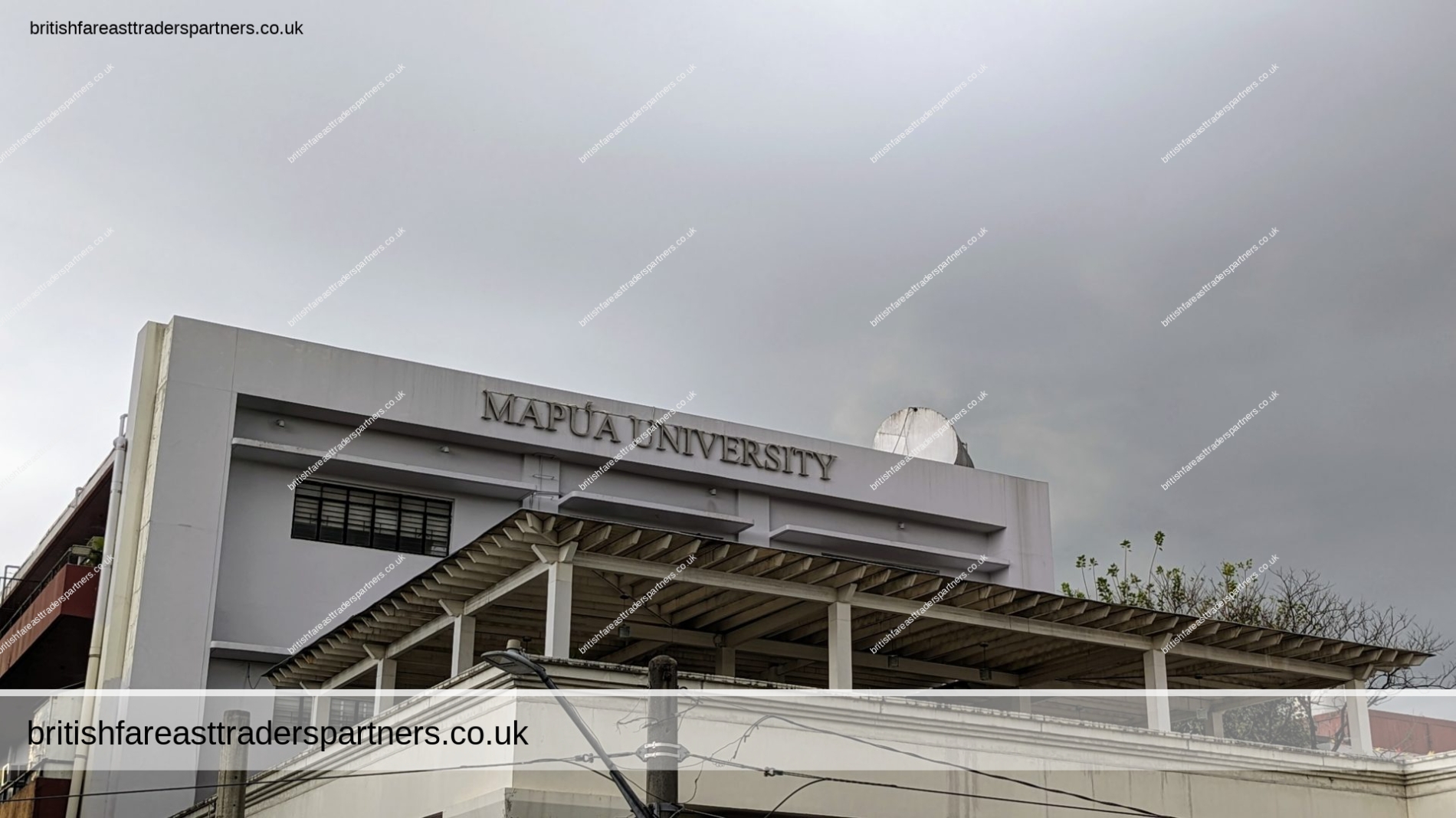

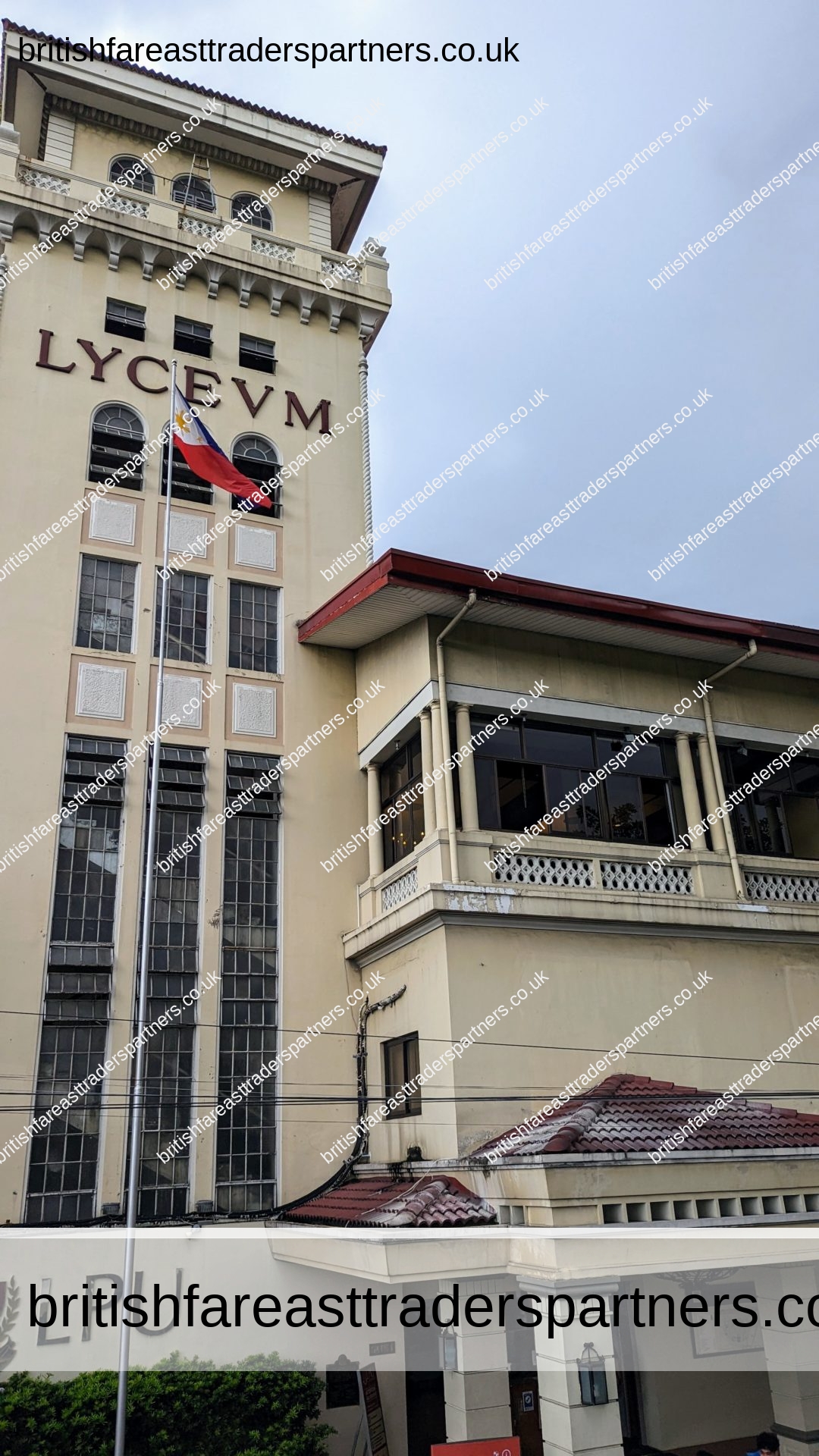
Muralla St., Intramuros, Manila, 1002 Metro Manila
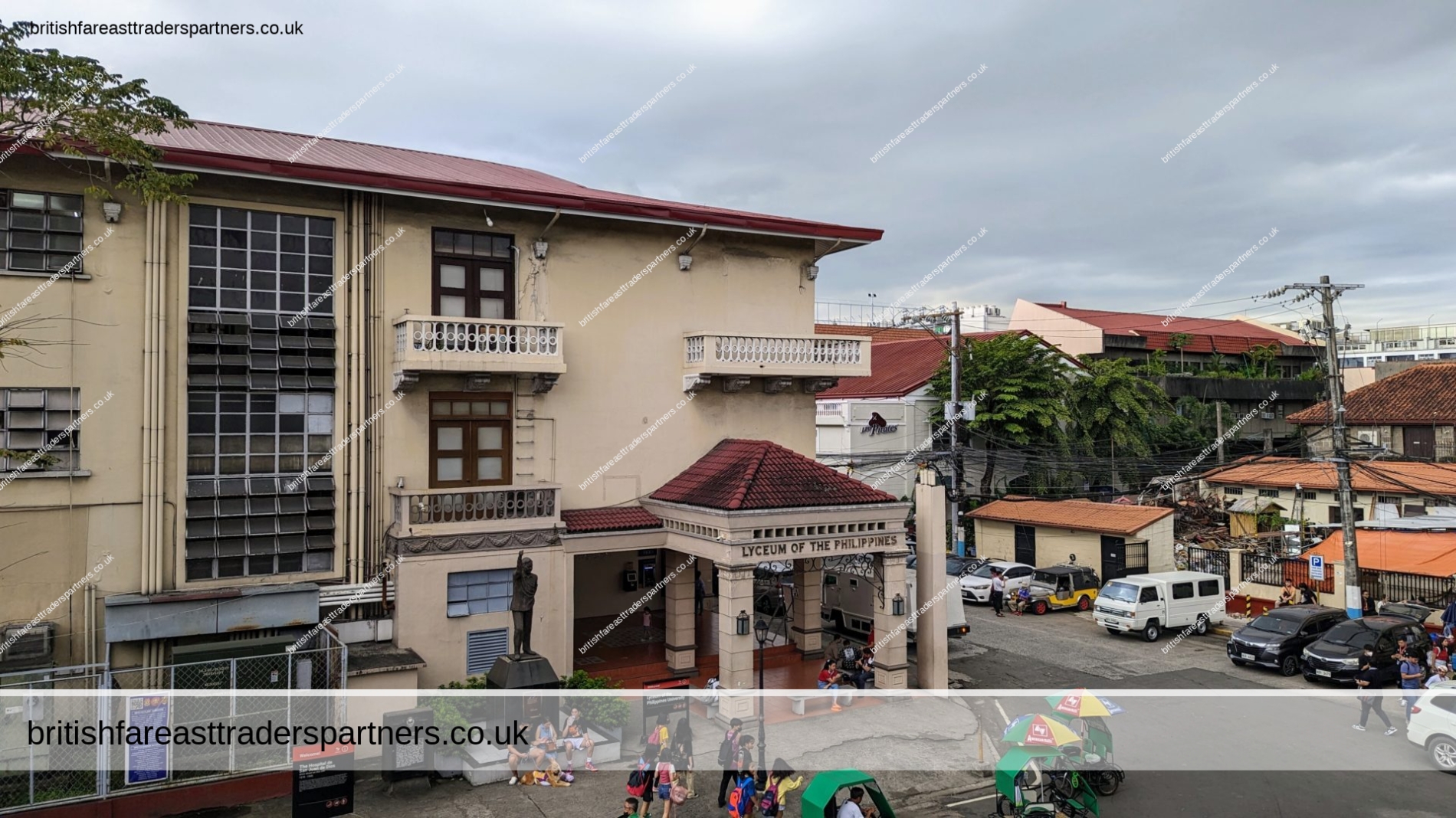
ASEAN Gardens
The ASEAN Gardens within the storied walls of Intramuros in Manila is a lush sanctuary that celebrates both the beauty of nature and the spirit of unity among Southeast Asian nations. This tranquil space is a living monument to the collaboration and shared cultural heritage of the ASEAN member countries.
Encircled by the historic bulwarks of Intramuros, the gardens offer a verdant escape from the urban bustle. It’s here that visitors can amble along shaded pathways, flanked by a diverse array of tropical flora. The foliage not only provides a cool respite but also represents the ecological wealth of the Southeast Asian region.
Amidst the greenery stand busts of significant figures, serving as sentinels to the enduring connections between these nations. They are silent yet potent reminders of the collective narratives and aspirations, fostering a sense of regional kinship.
As you wander through the ASEAN Gardens, you are invited to contemplate the fusion of past and present, of individuality and unity. The juxtaposition of historical ramparts and modern greenery represents the dynamic continuum of the ASEAN identity—rooted in rich tradition while reaching towards a collaborative future.
The gardens also serve as an emblem of peace and cooperation, a natural tableau where the lines drawn by history and politics are softened by the shared language of nature and beauty. Each plant, statue, and stone tells a story of togetherness, reminding us that amidst diversity, there is harmony to be found—a serene testament to Intramuros’s legacy as a bastion not only of history but of hope and unity as well.
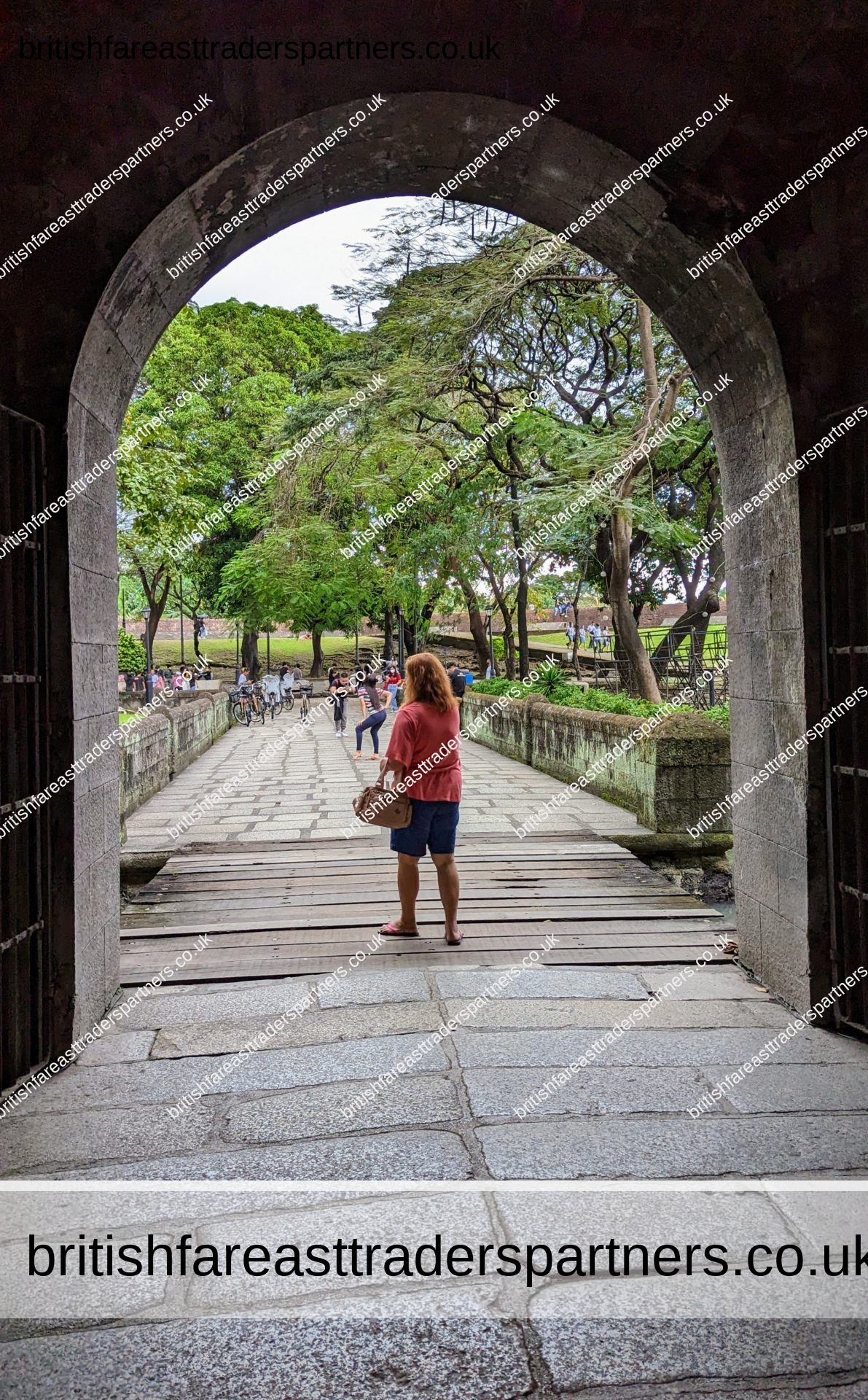
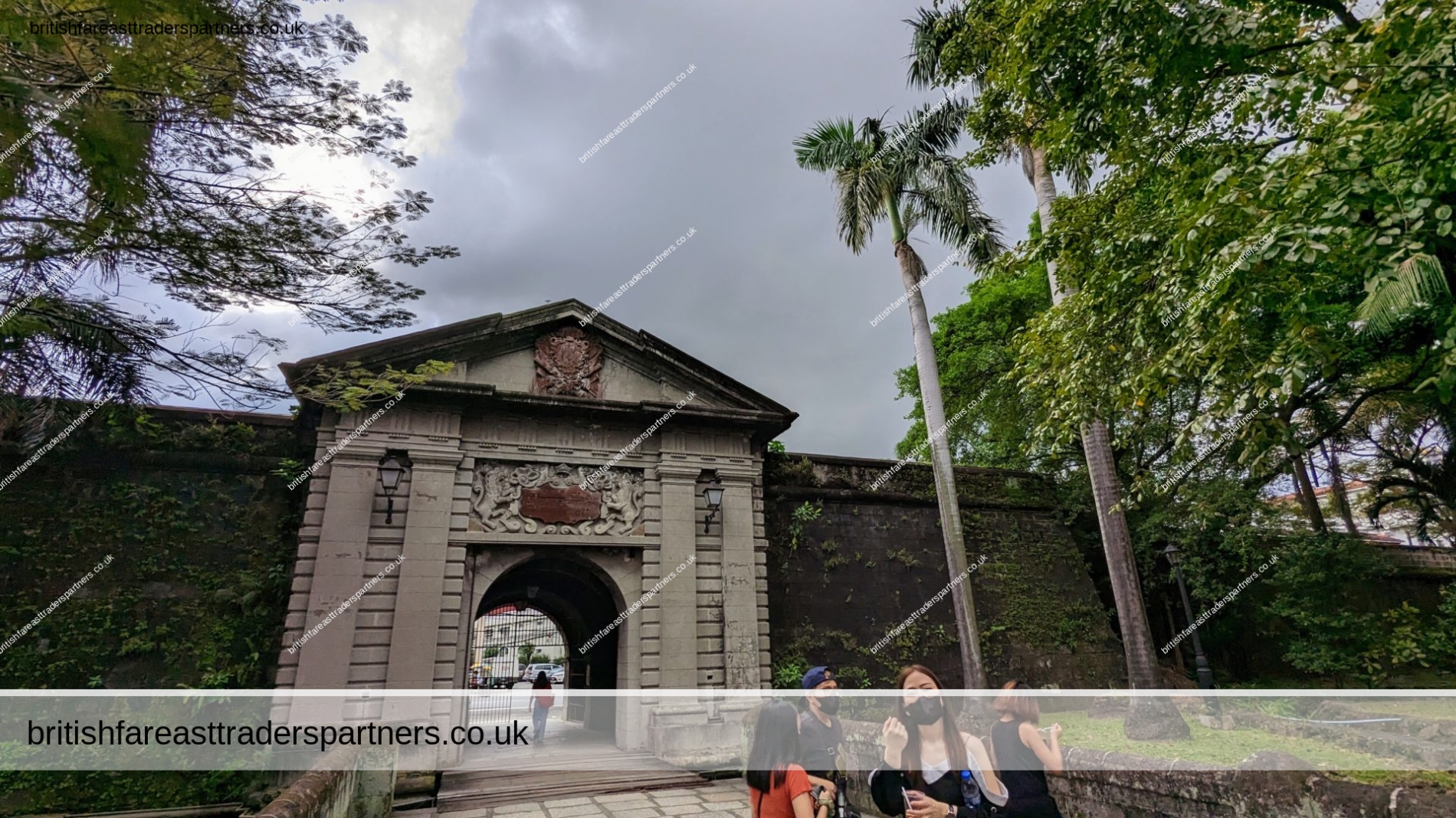
The Bonifacio Shrine or Heroes Park
Although not exactly inside the walls of Intramuros, The Bonifacio Shrine, also revered as the Kartilya ng Katipunan or Heroes Park, stands as a poignant tribute in Ermita, Manila, Philippines. It is a park and plaza that serves as a commemorative space honouring Andres Bonifacio and the valourous Katipunan—the secret movement that ignited the flames of the revolution against Spanish colonial rule.
This sacred ground is more than a mere collection of statues and green spaces; it is a canvas that narrates the tale of the Philippines’ quest for independence. The shrine is a place where the memories of those who dared to dream of freedom are etched into the very fabric of the nation’s consciousness.
In these images, we see the shrine not just as a historical landmark but as a vibrant community gathering place. Illuminated by the city lights, it becomes an urban oasis, where history’s resonance is felt amidst the contemporary buzz of Manila life. By day, it is a sanctuary of peace and a reminder of the country’s revolutionary spirit, and by night, it transforms into a beacon of Filipino resilience, its monuments glowing against the night sky.
The Bonifacio Shrine is a living testament to the enduring struggle for liberty, a site where the past informs the present and inspires a shared vision for the future. It is a place where one can pause and reflect on the sacrifices made for national sovereignty, and a reminder that the spirit of the Katipunan remains alive in the hearts of Filipinos.
As our journey through the hallowed grounds of Intramuros comes to a close, we carry with us the profound echoes of history and the vibrant pulse of the present that resound within Manila’s great walls. From the verdant tranquility of the ASEAN Gardens to the solemn reverence of the Bonifacio Shrine, each corner of Intramuros we’ve traversed speaks volumes of a past rich with narratives and a future brimming with promise.
We’ve wandered beneath the shade of lush trees, stood before the grandeur of monuments that honour the nation’s heroes, and strolled along paths that bridge the gap between epochs. Our exploration of Intramuros has been a testament to the enduring spirit of Manila—a city that has witnessed the tides of change and yet remains steadfast, its stories etched into the very stones of its foundations.
As we bid farewell to the Spanish walled city, let the memory of its time-worn bastions and the whispers of its age-old tales inspire us to delve deeper into the annals of history, to uncover more secrets, and to keep alive the lessons learned within these walls. Until we return, may the legacy of Intramuros continue to flourish, and may its secrets continue to inspire awe and wonder in the hearts of all who walk its storied streets.
Related posts:
- Explore Africa: Your Guide to Tourism & Smart Investment Opportunities Unveil Africa's allure: a treasure trove for tourists & savvy...
- NEW NORDIC BALI WATERWORLD: BALI, INDONESIA BUILDING A LIFESTYLE IN BALI Om Swastiastu! Or peace and...
- “Relax and Recharge: Unwinding in Tagaytay City, Philippines, After the Holidays” The holiday season can be a stressful time for many...
- “Escape the City and Invest in Serenity with Tagaytay Clifton Resort Suites: Your Ultimate Condotel Investment and Vacation Home” Are you looking for the perfect place to escape the...
- “Casa Herminia: A Serene Haven in the Heart of Baler’s Barangay Pantabangan, AURORA PROVINCE” Baler, the capital of Aurora Province in the Philippines, is...
- JOIN US ON A BEAUTIFUL SUMMER DAY IN LONDON (ENGLAND, U.K) AS WE TAKE IN THE WONDERFUL SIGHTS ALONG THE THAMES RIVER ABOARD CITY CRUISES BY HORNBLOWER JOIN US ON A BEAUTIFUL SUMMER DAY IN LONDON (ENGLAND,...
- AWAKEN YOUR INNER ZEN IN FOREST LODGE, CAMP JOHN HAY, BAGUIO CITY, PHILIPPINES CAMP JOHN HAY, BAGUIO CITY, PHILIPPINES Camp John Hay is a...
- DAYS OUT IN ENGLAND: PICTURESQUE BOXHILL, SURREY, ENGLAND ...
- Discovering Talugtug’s Three Dams: Nature & Charm in Nueva Ecija Unveil Talugtug's serene dams and Nueva Ecija's hidden charm in...
- Melt Your Stress Away and Find Peace at the Dariok Hills in Balintocatoc, SANTIAGO CITY Looking for a peaceful escape from the hustle and bustle...

